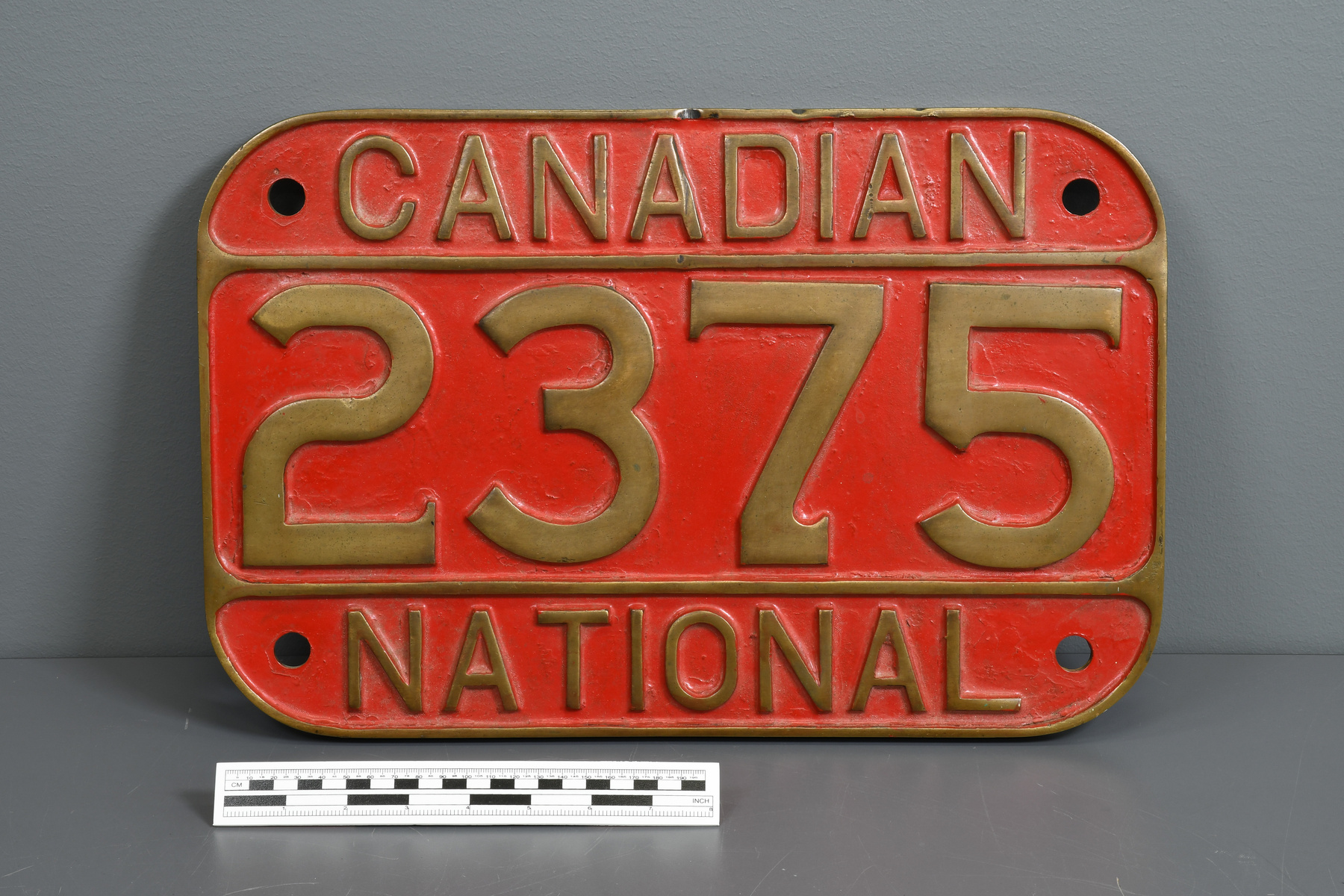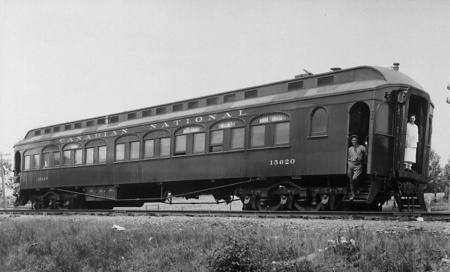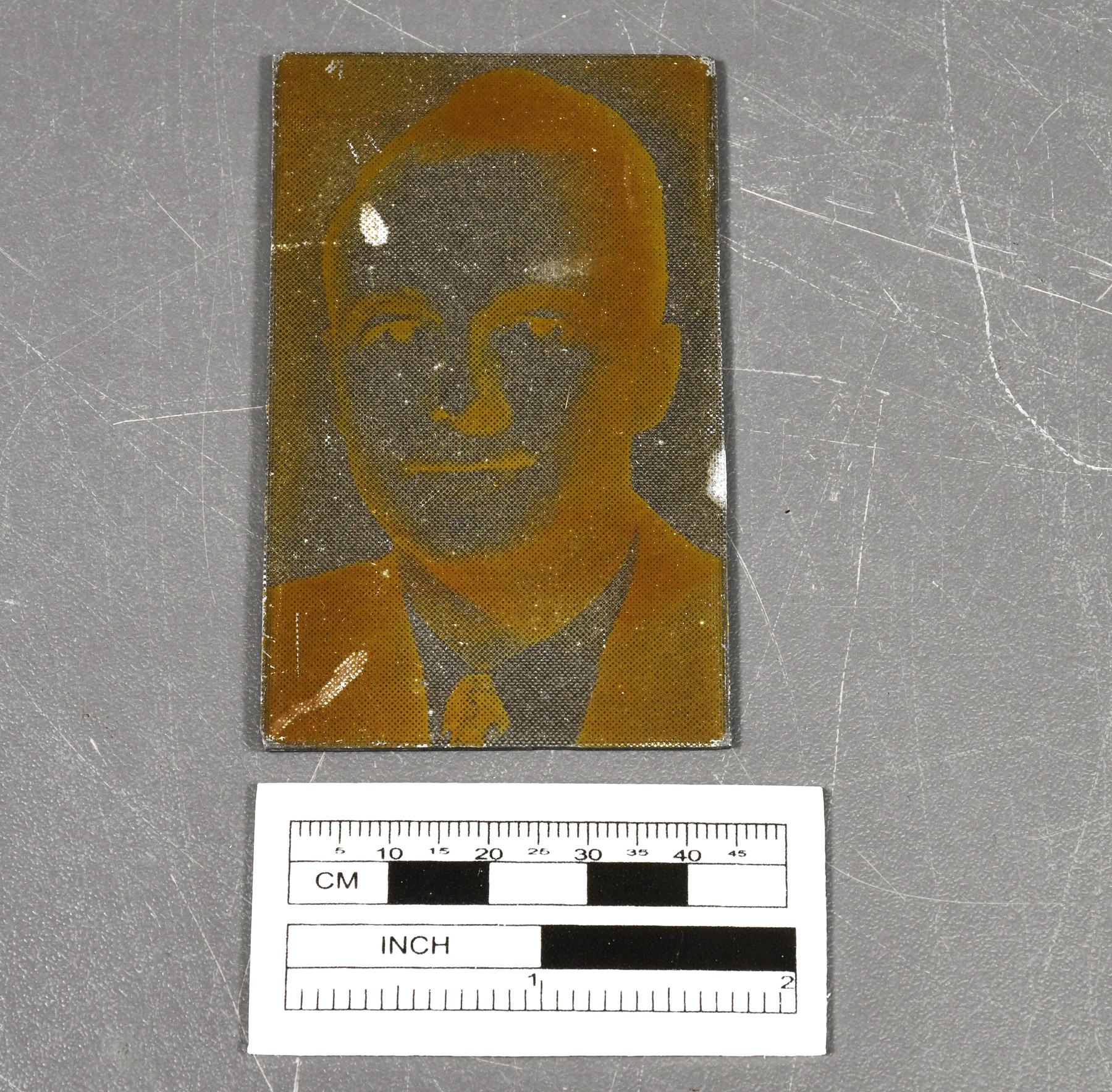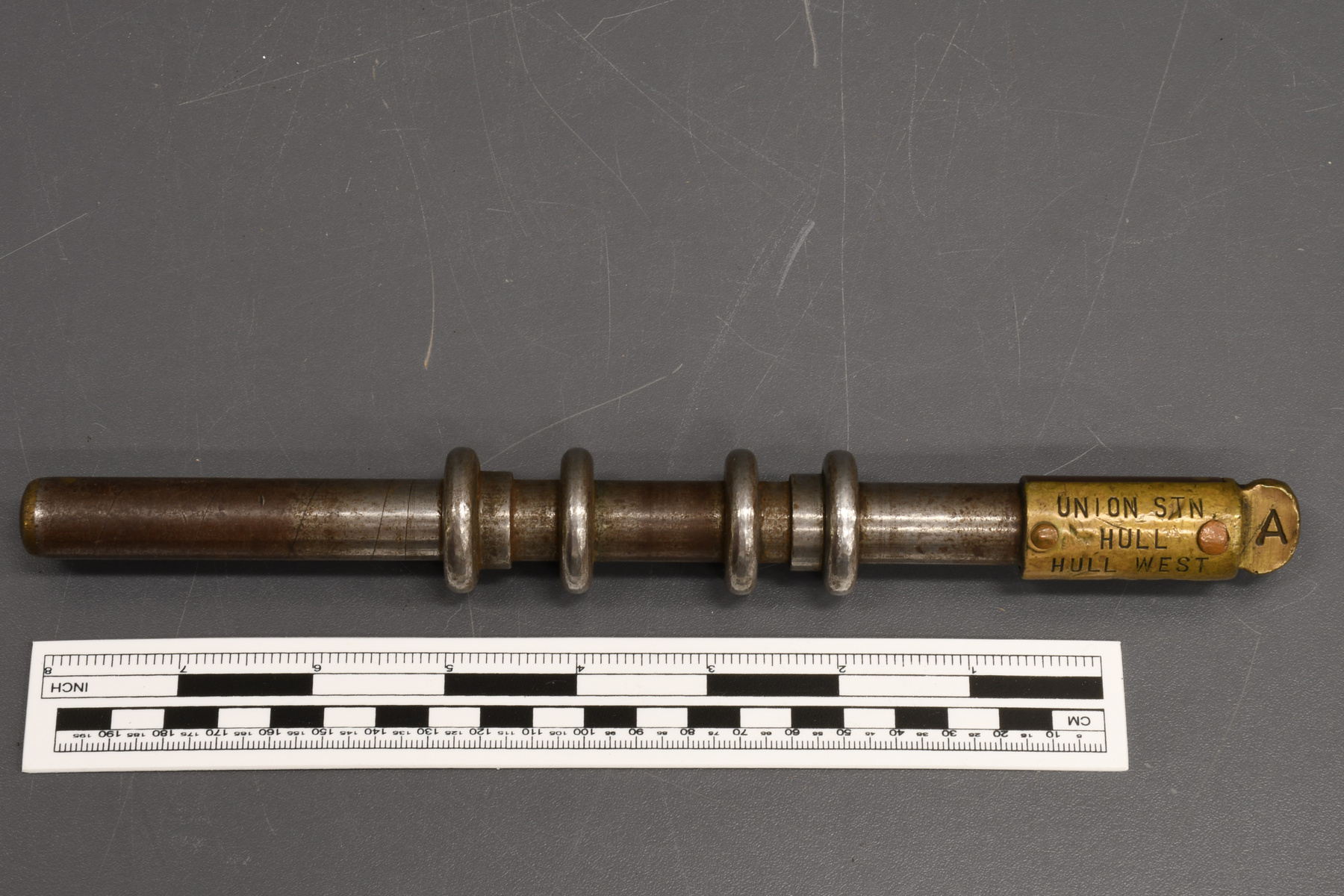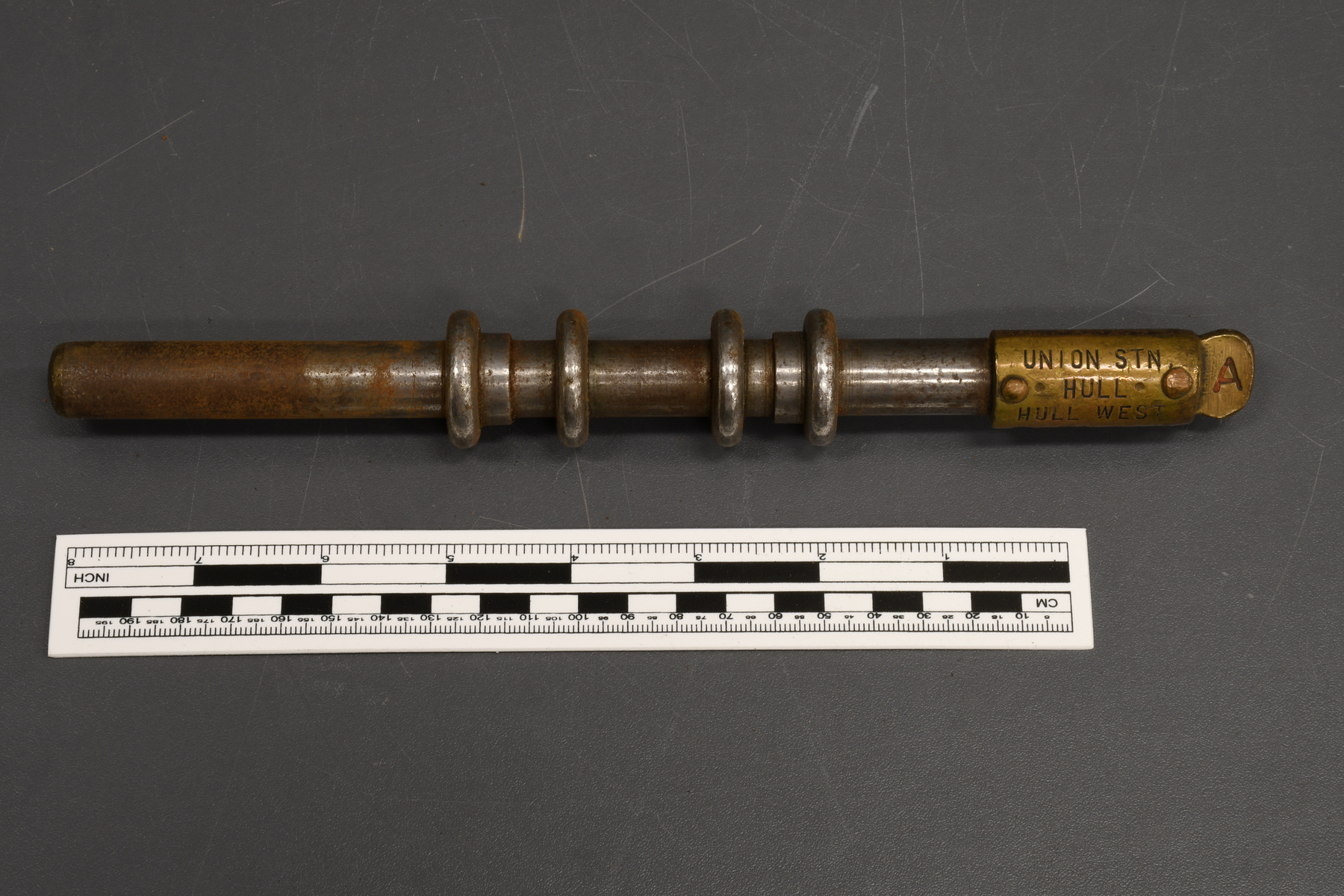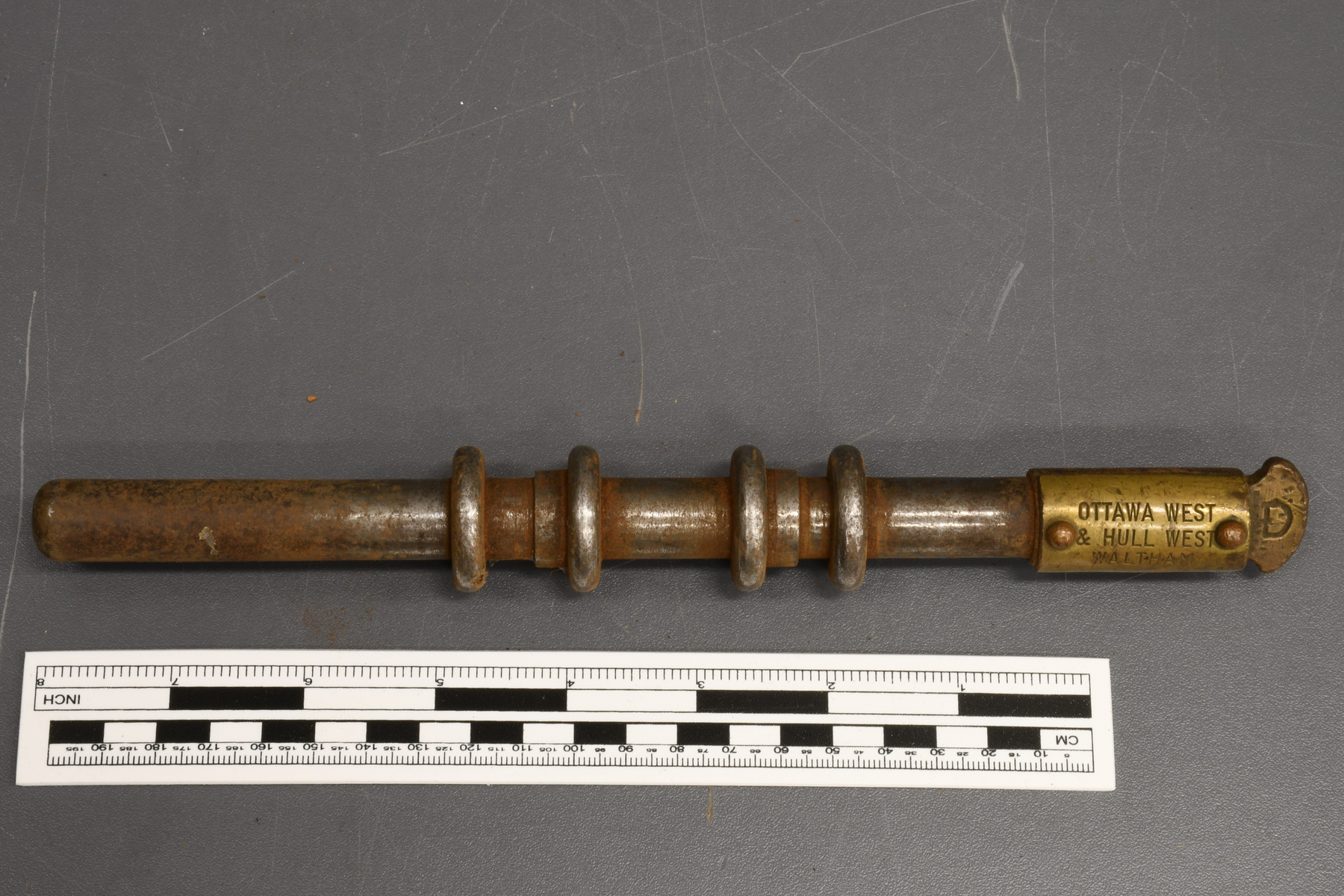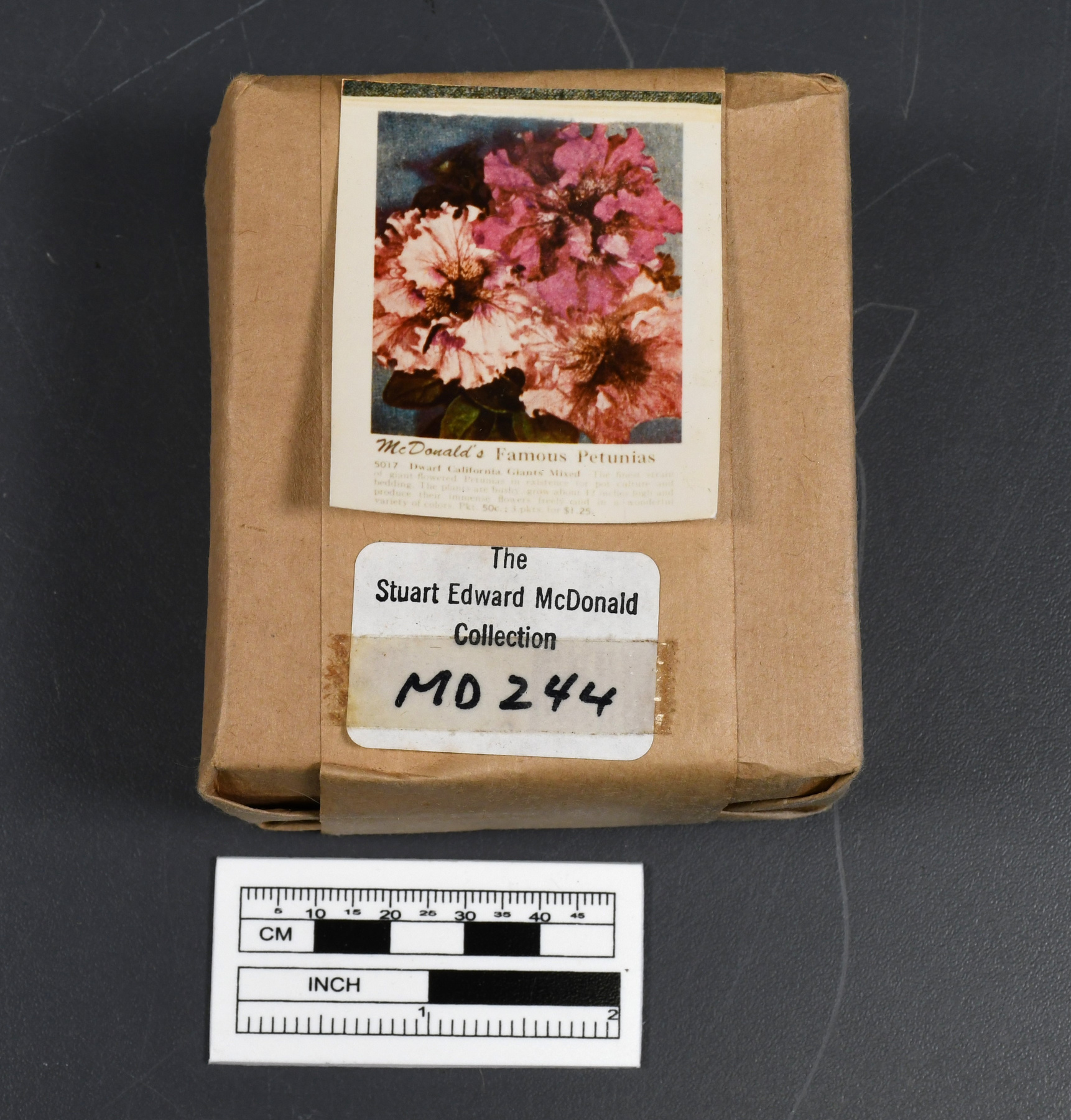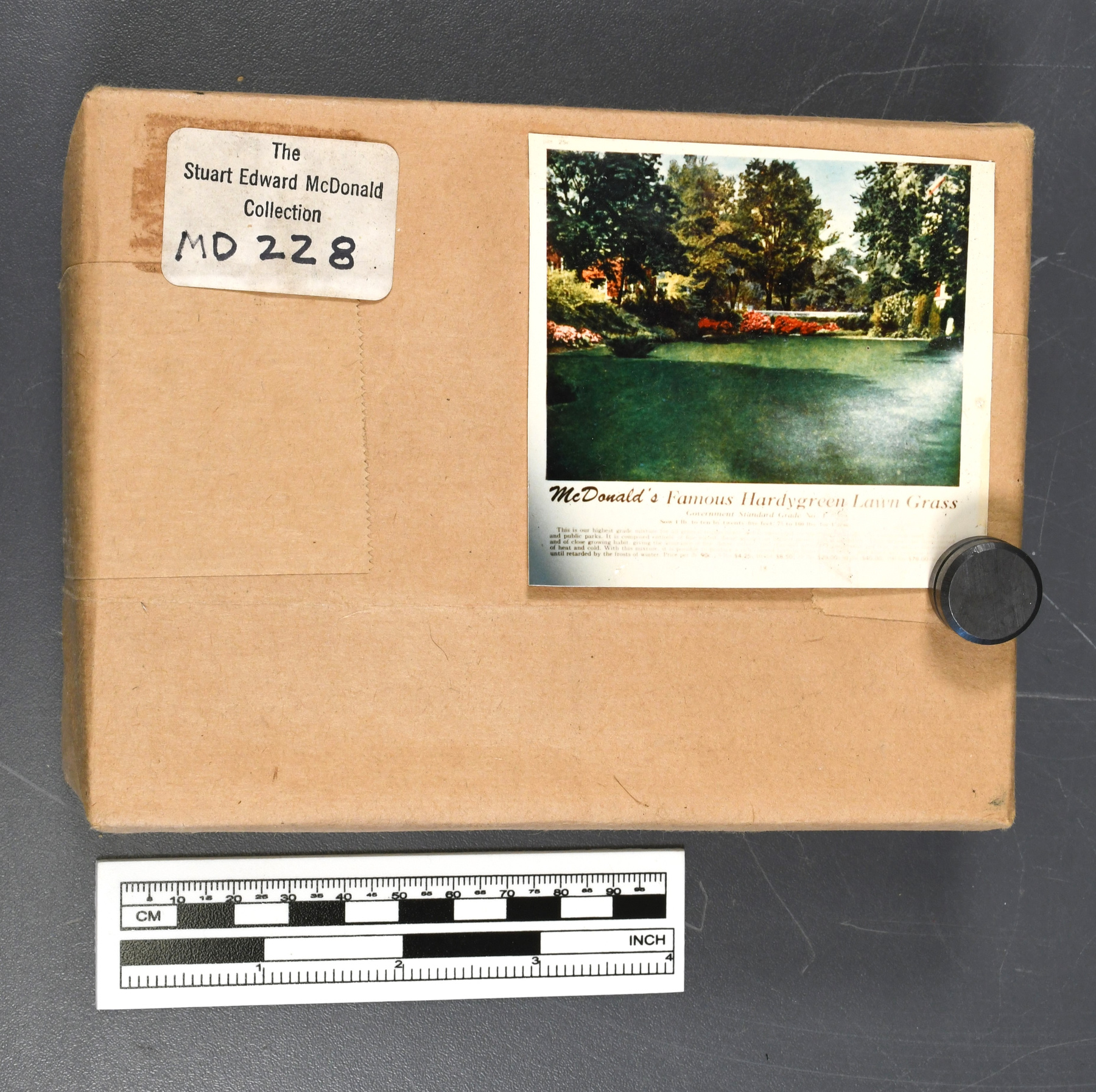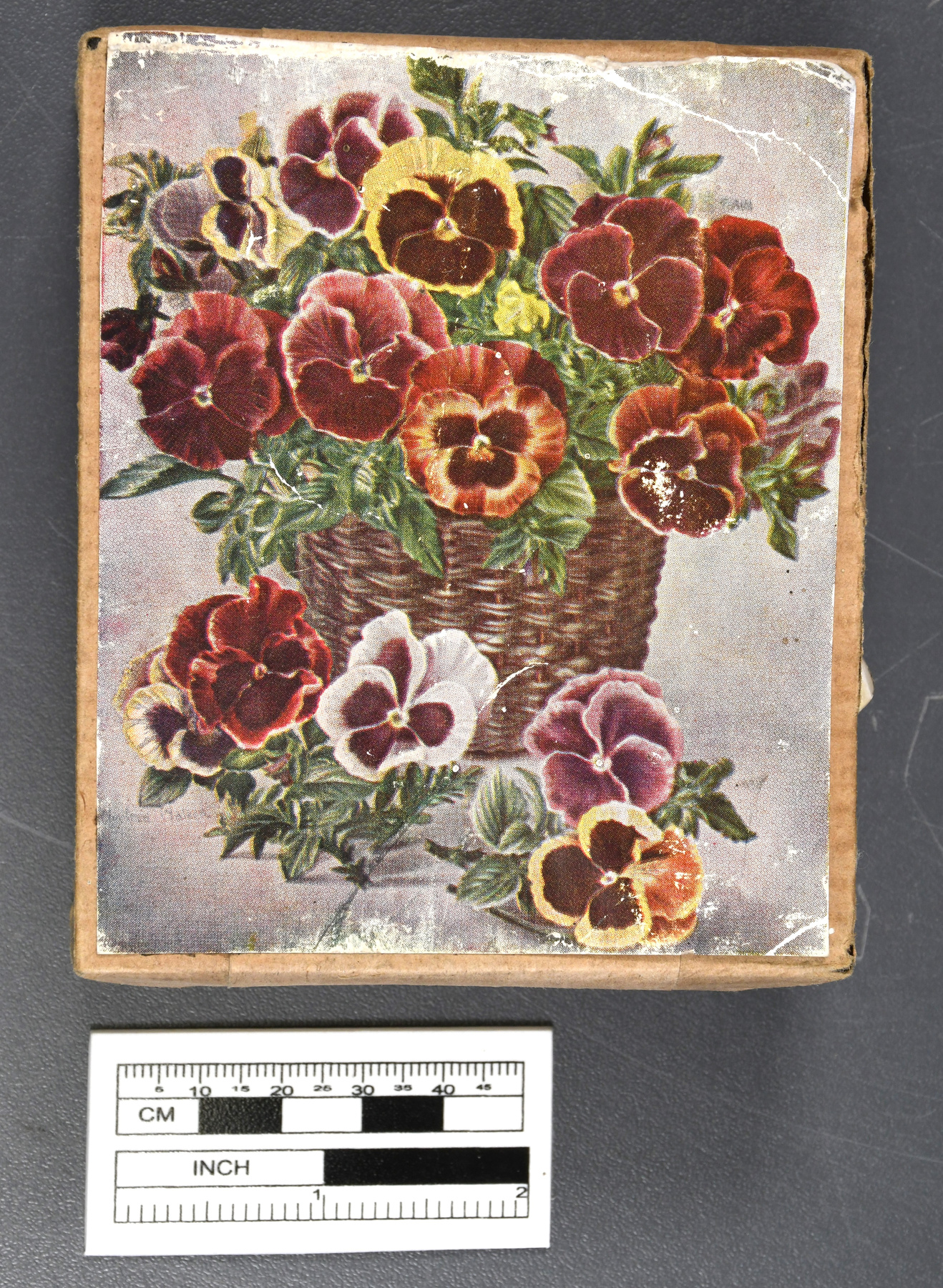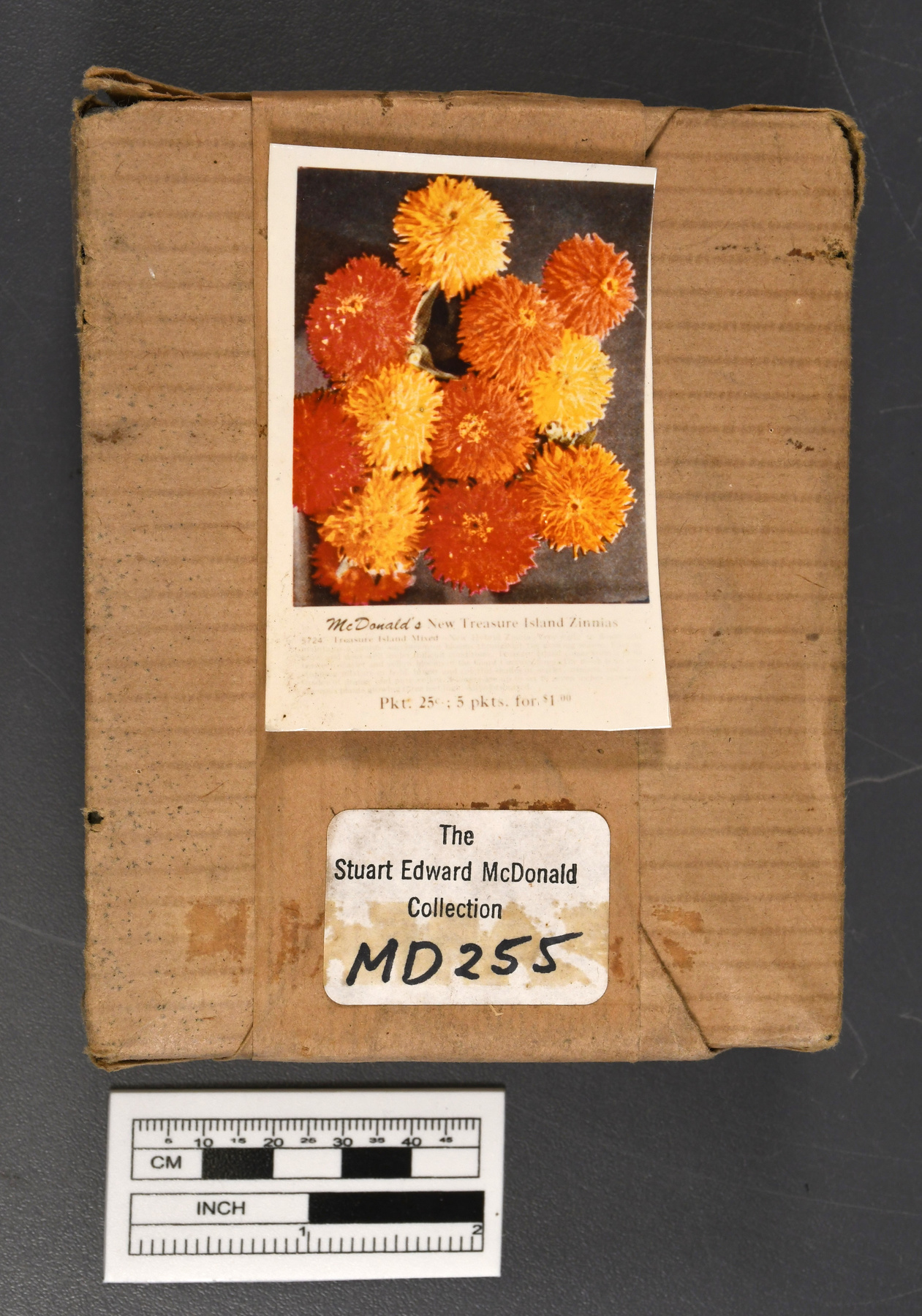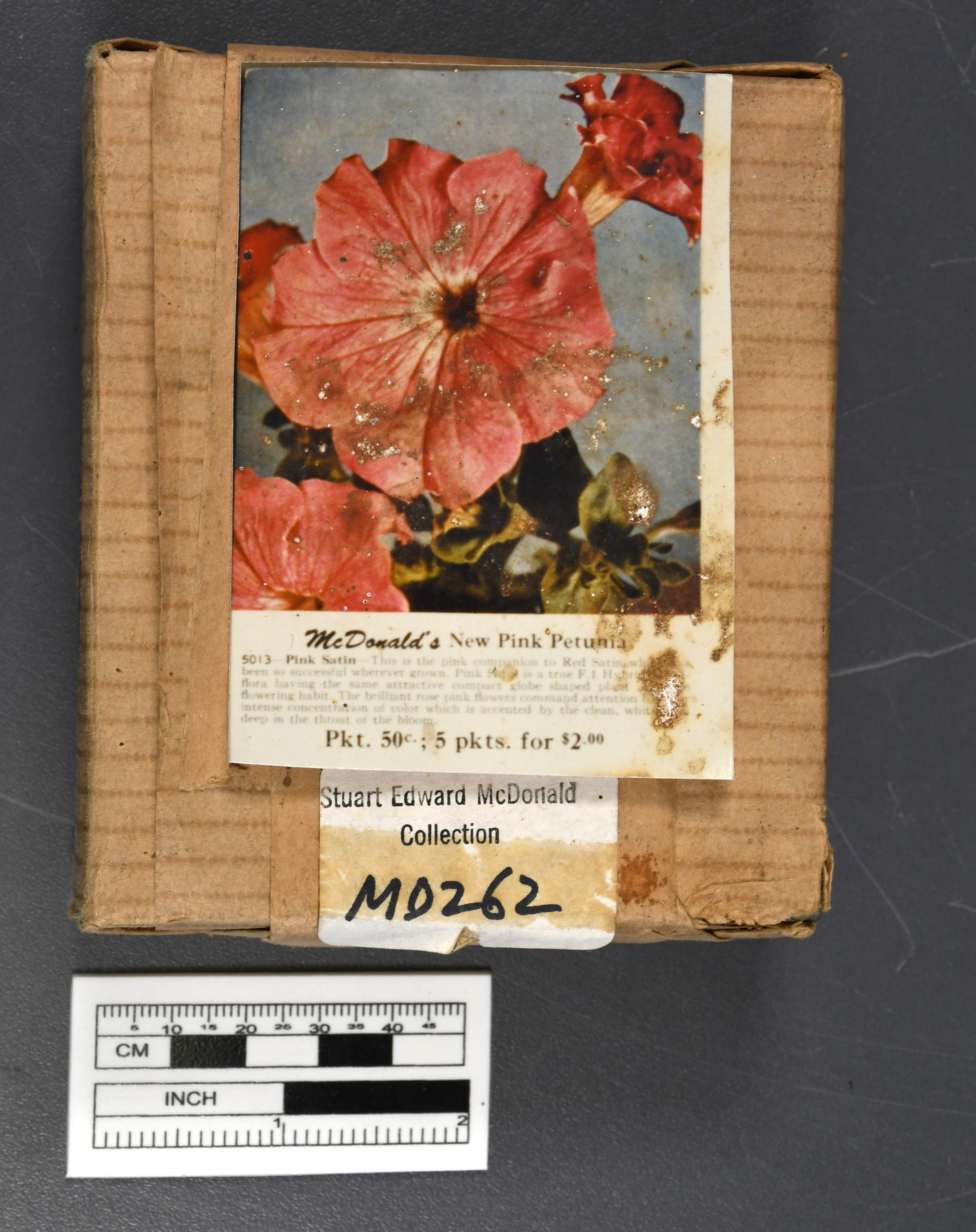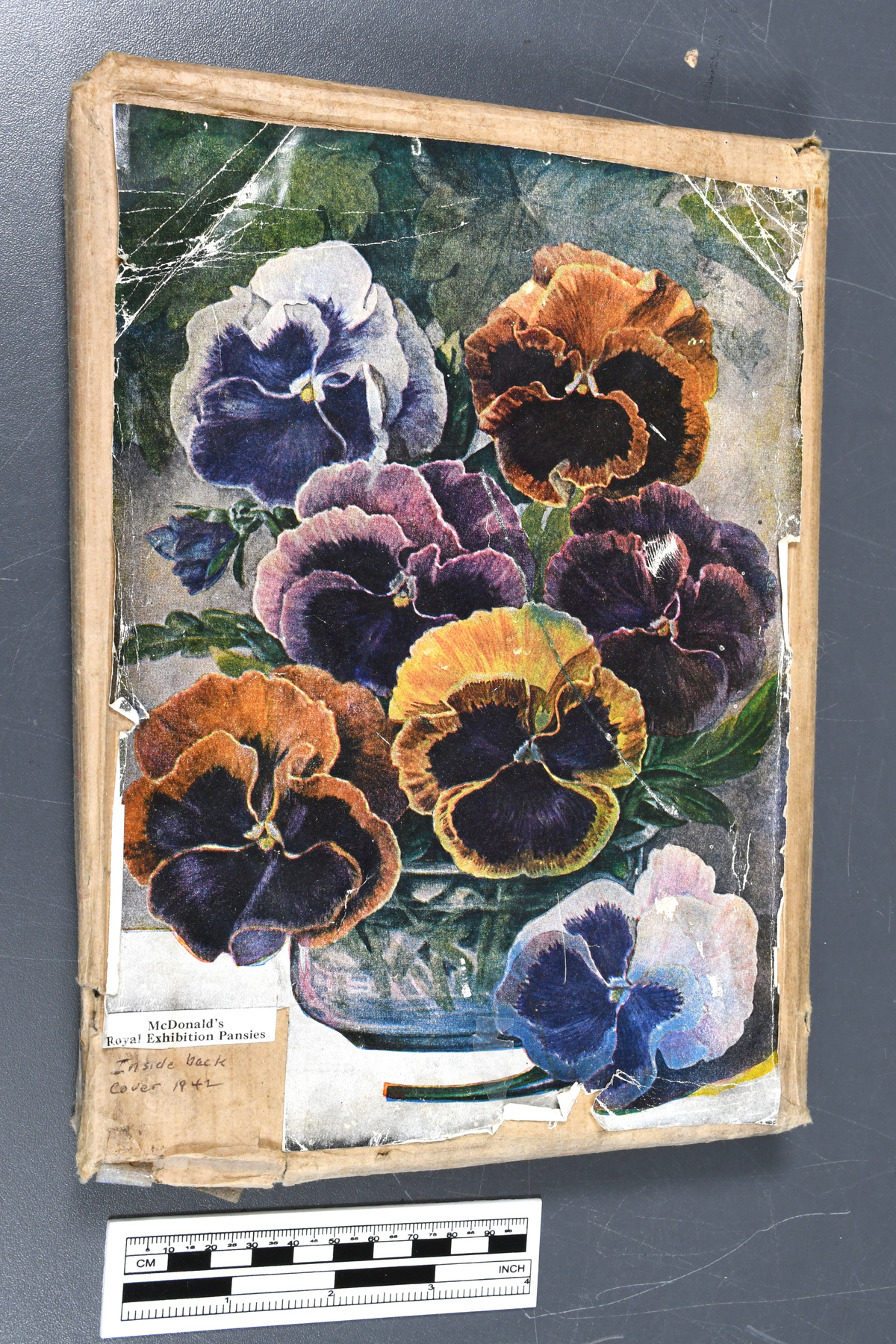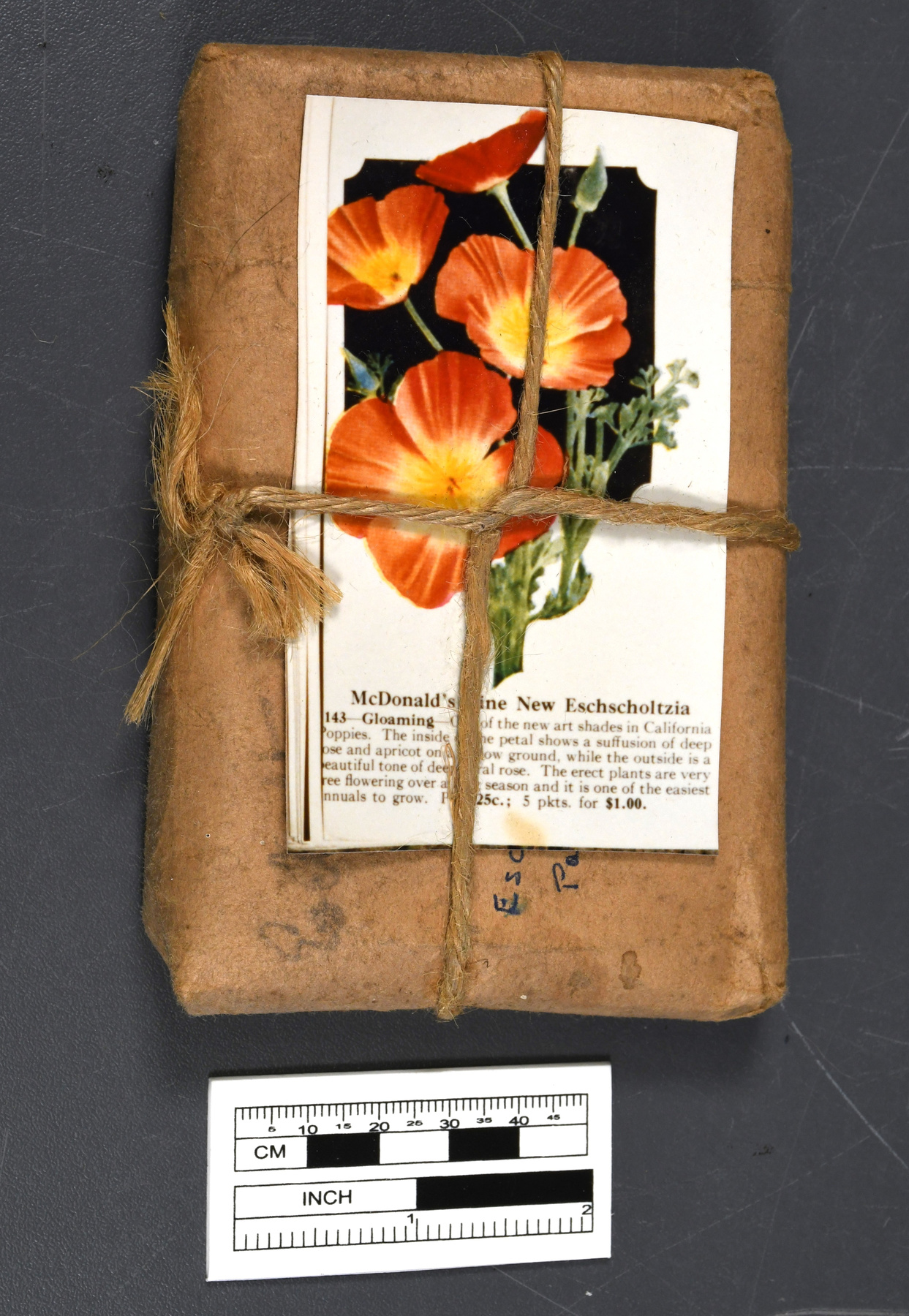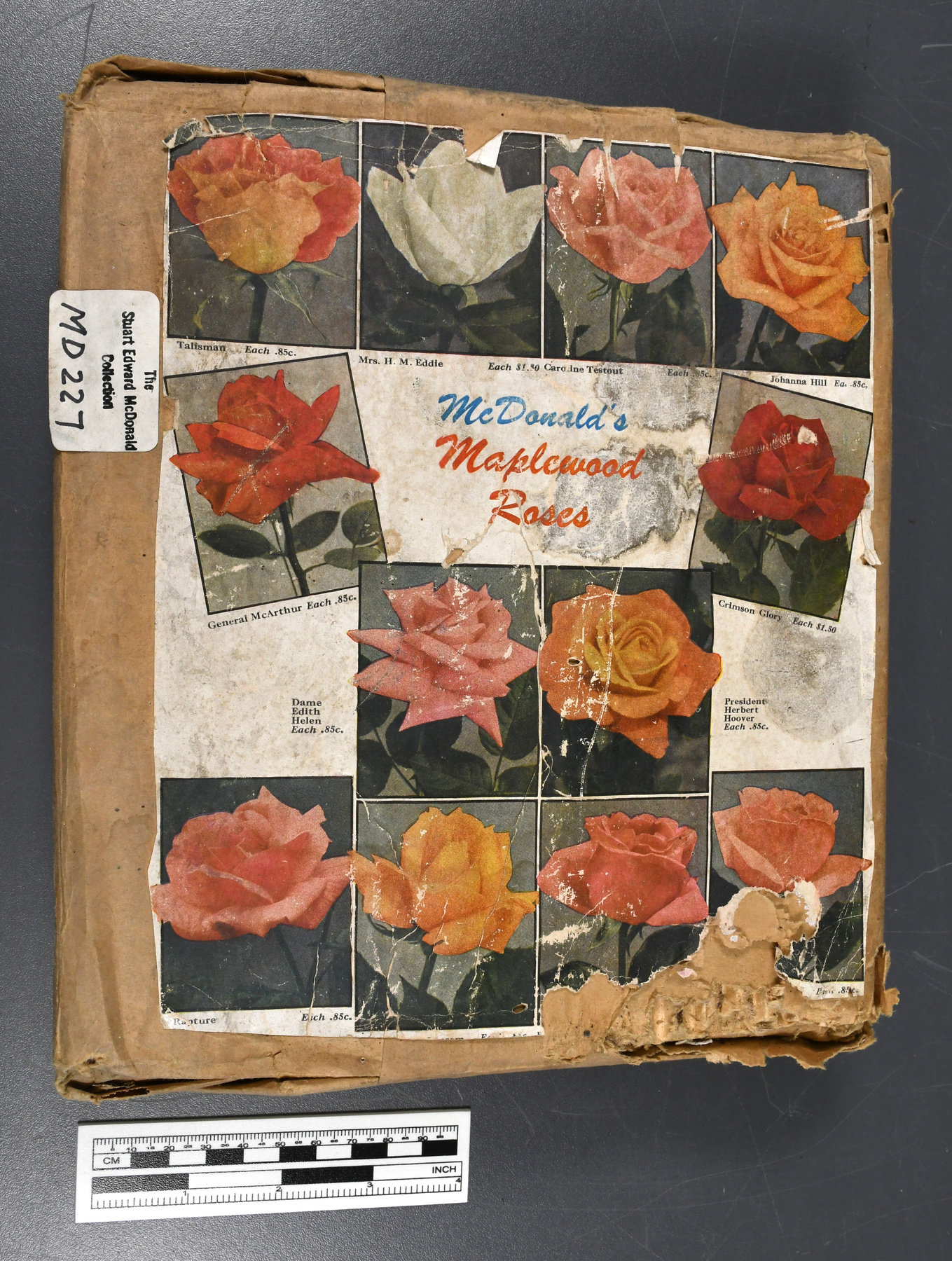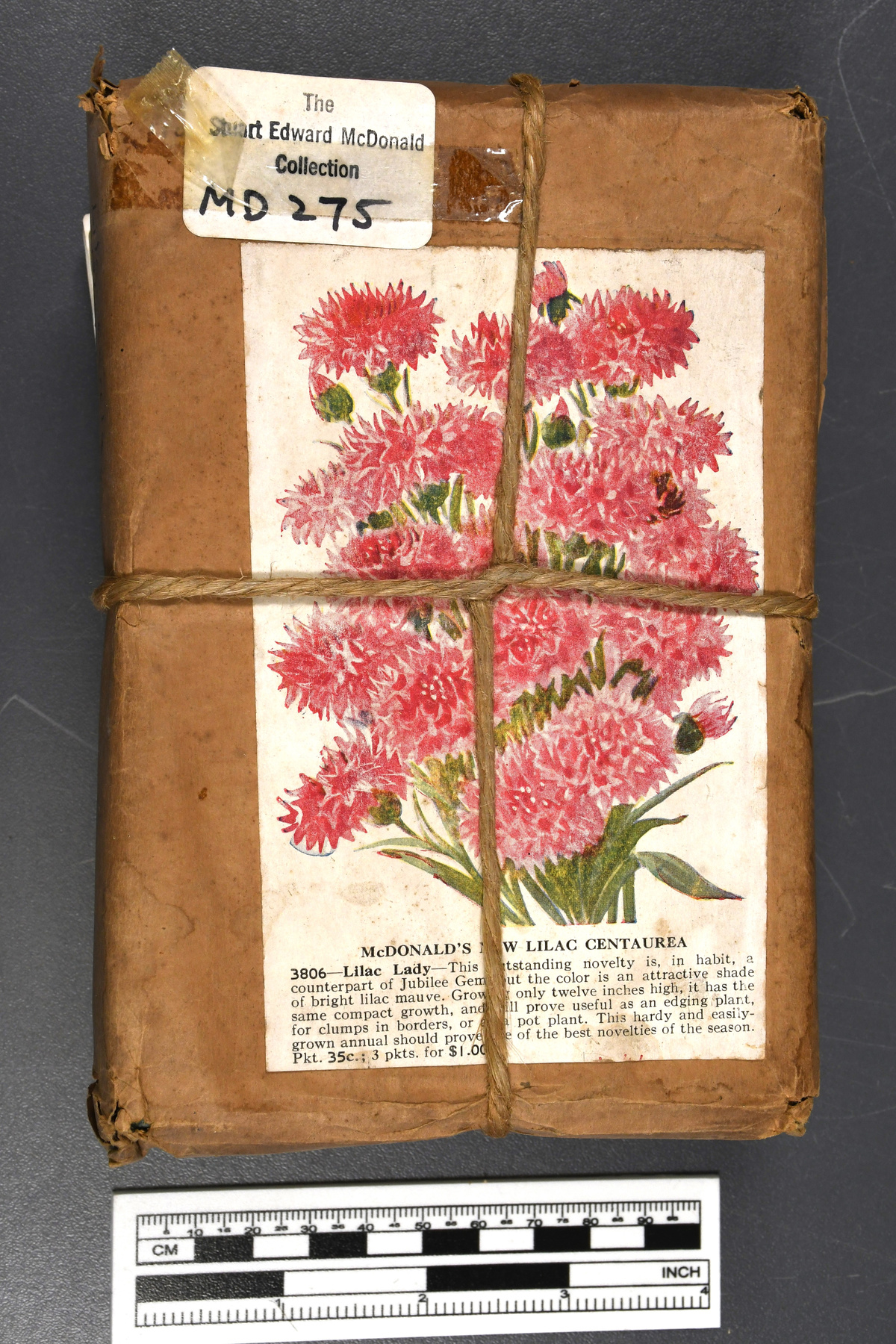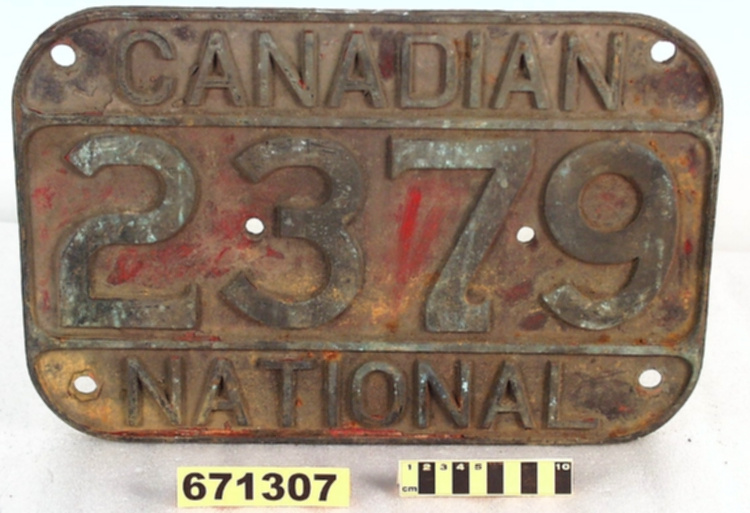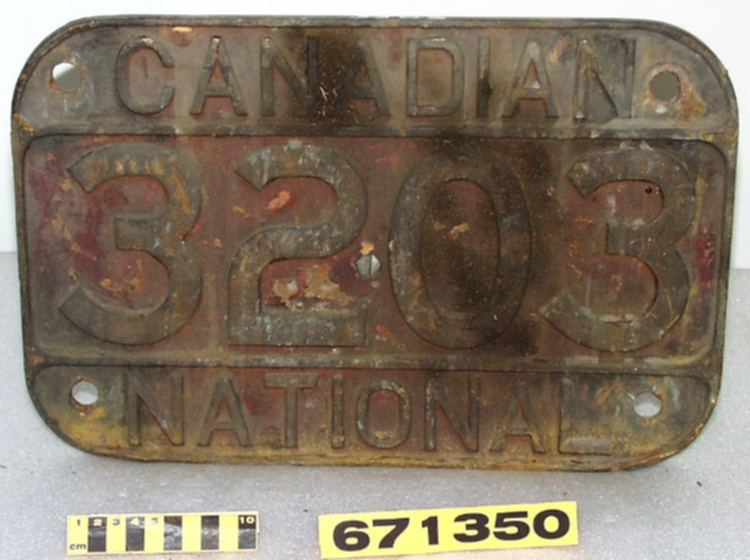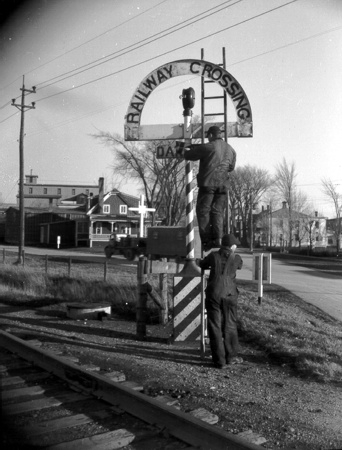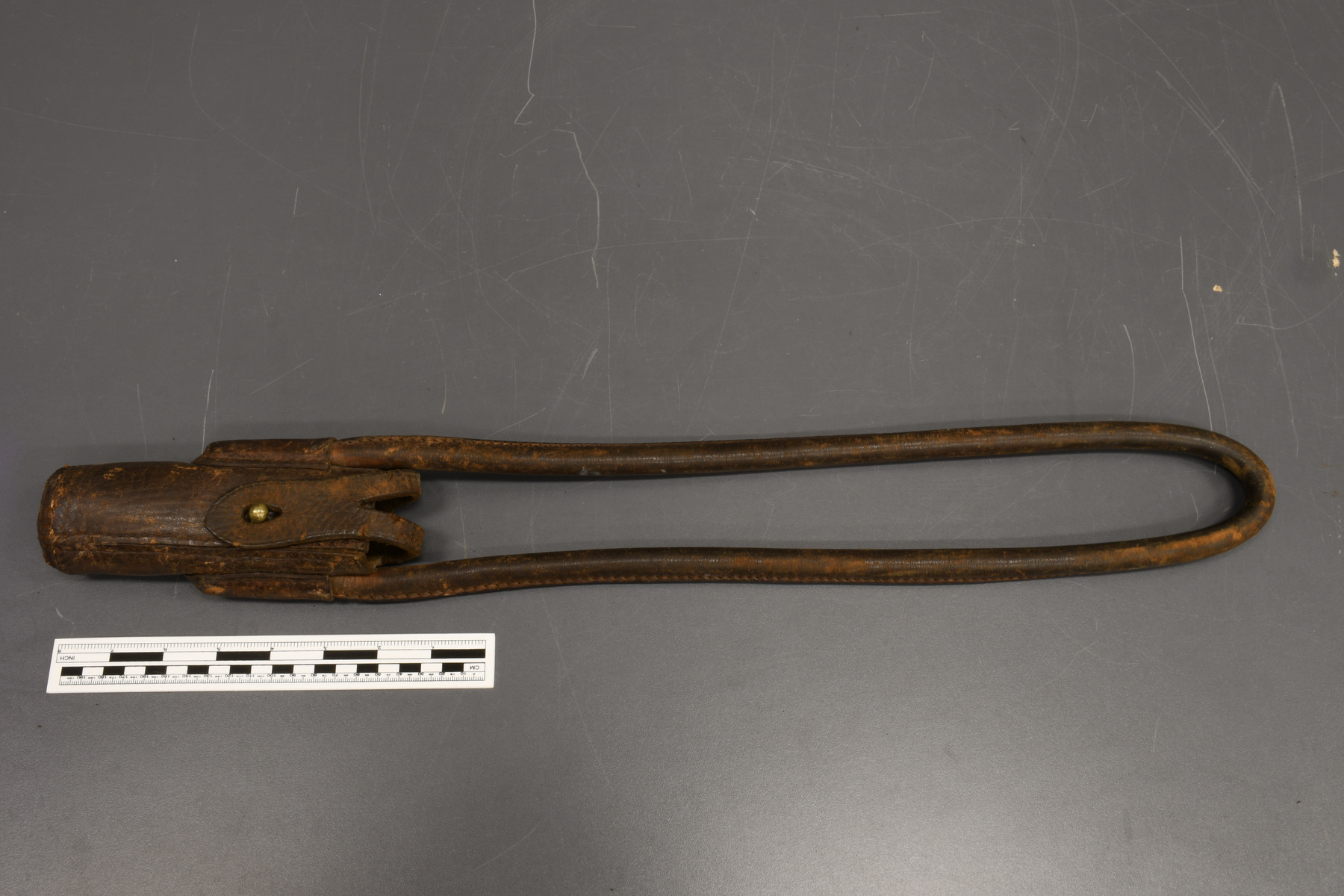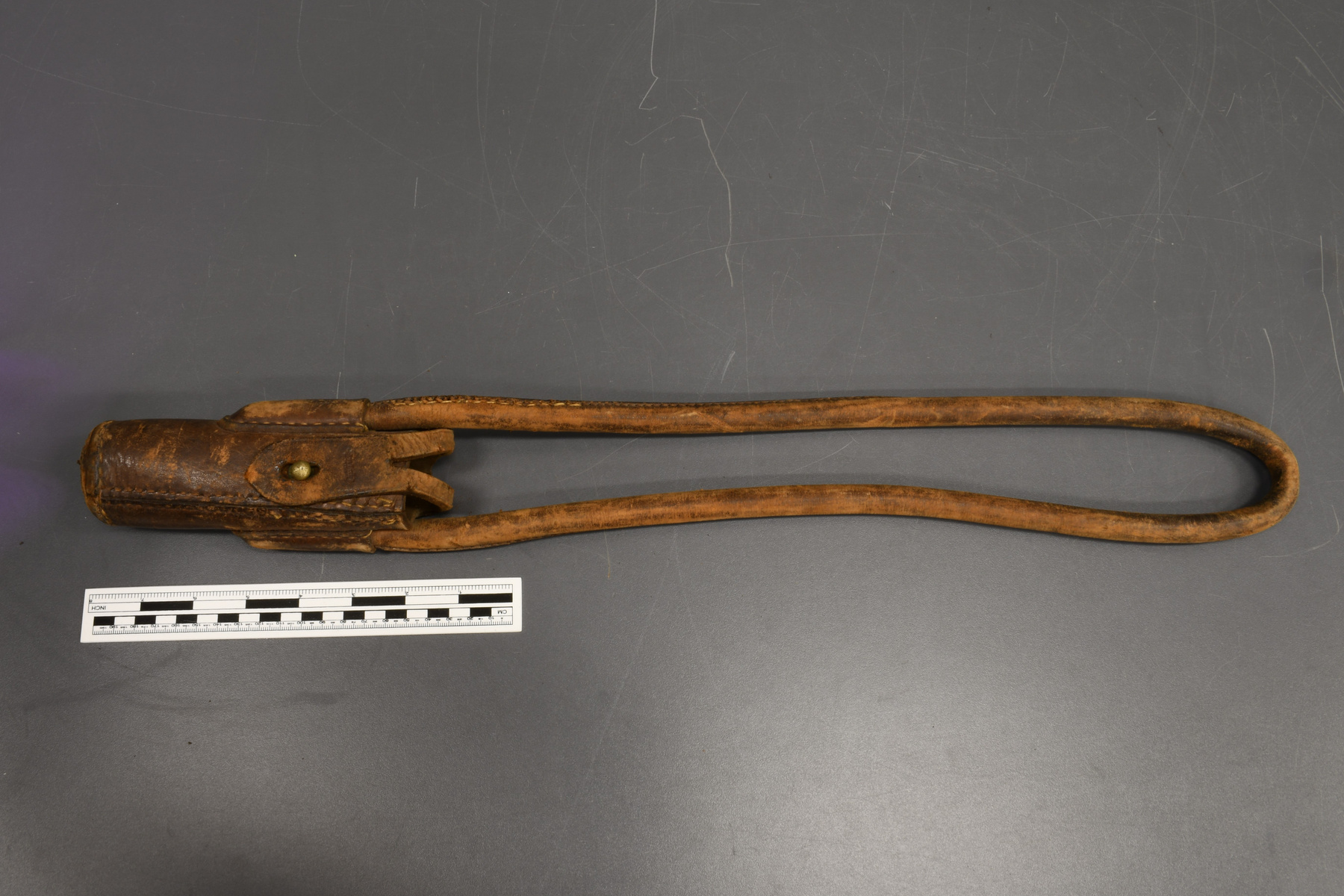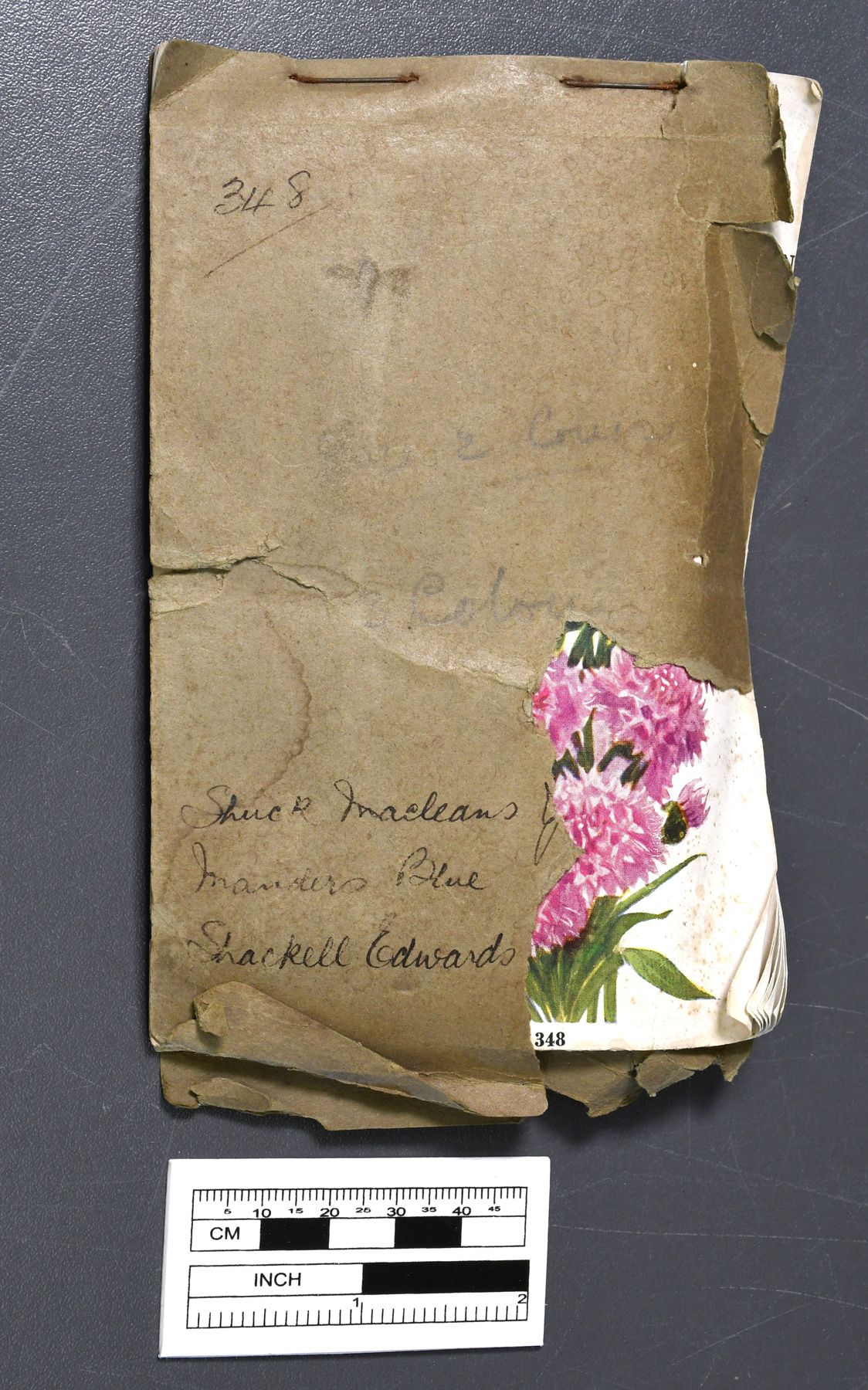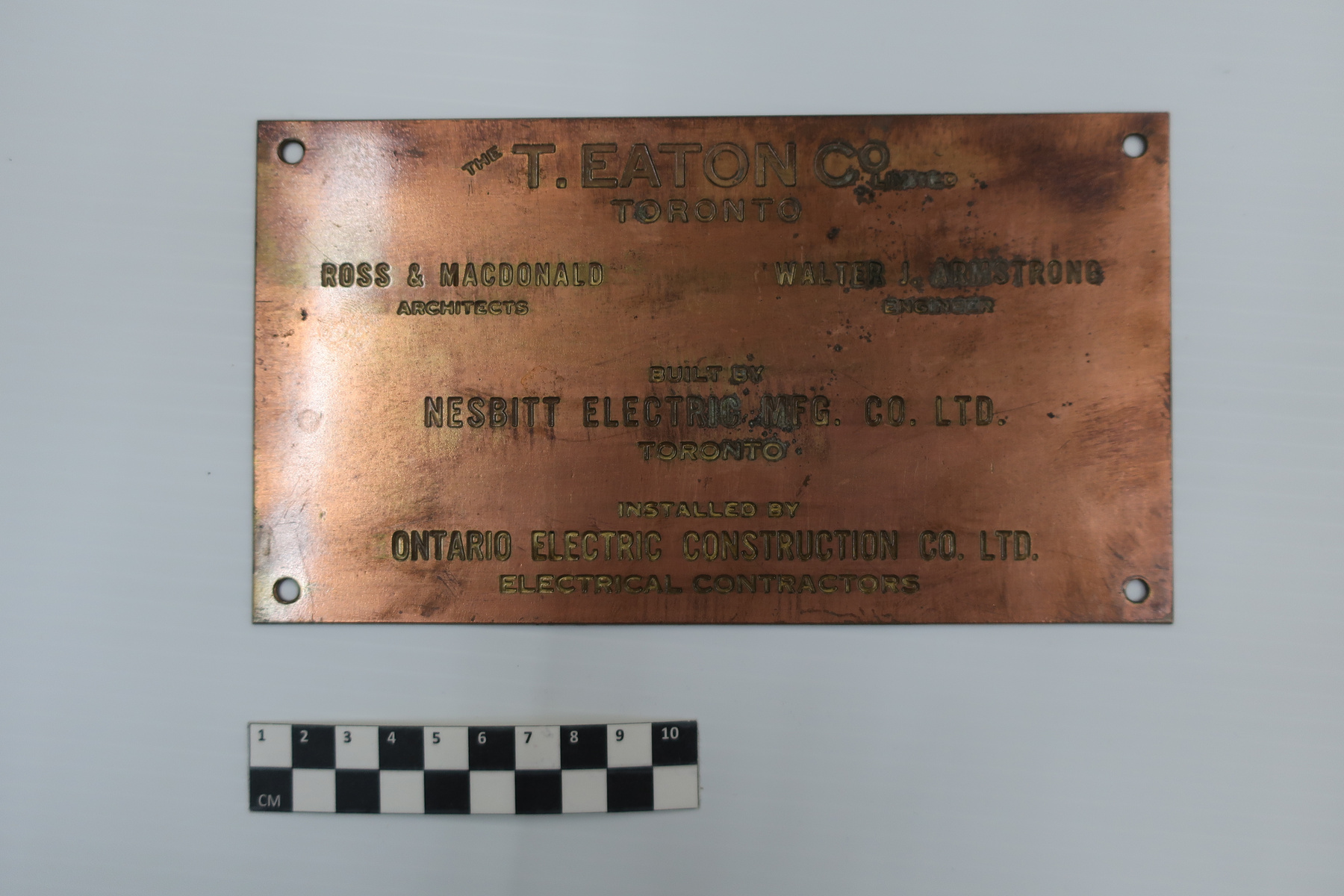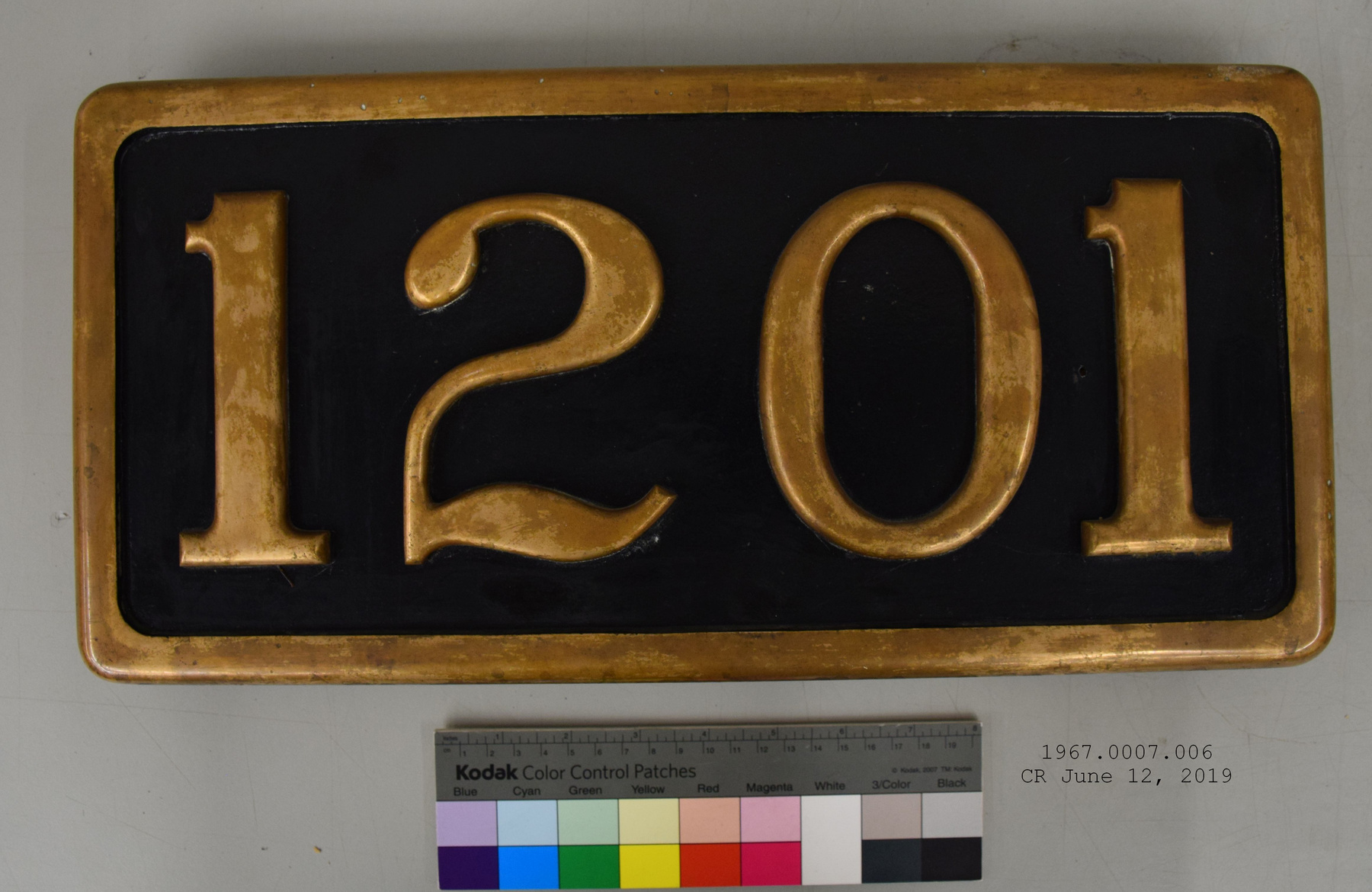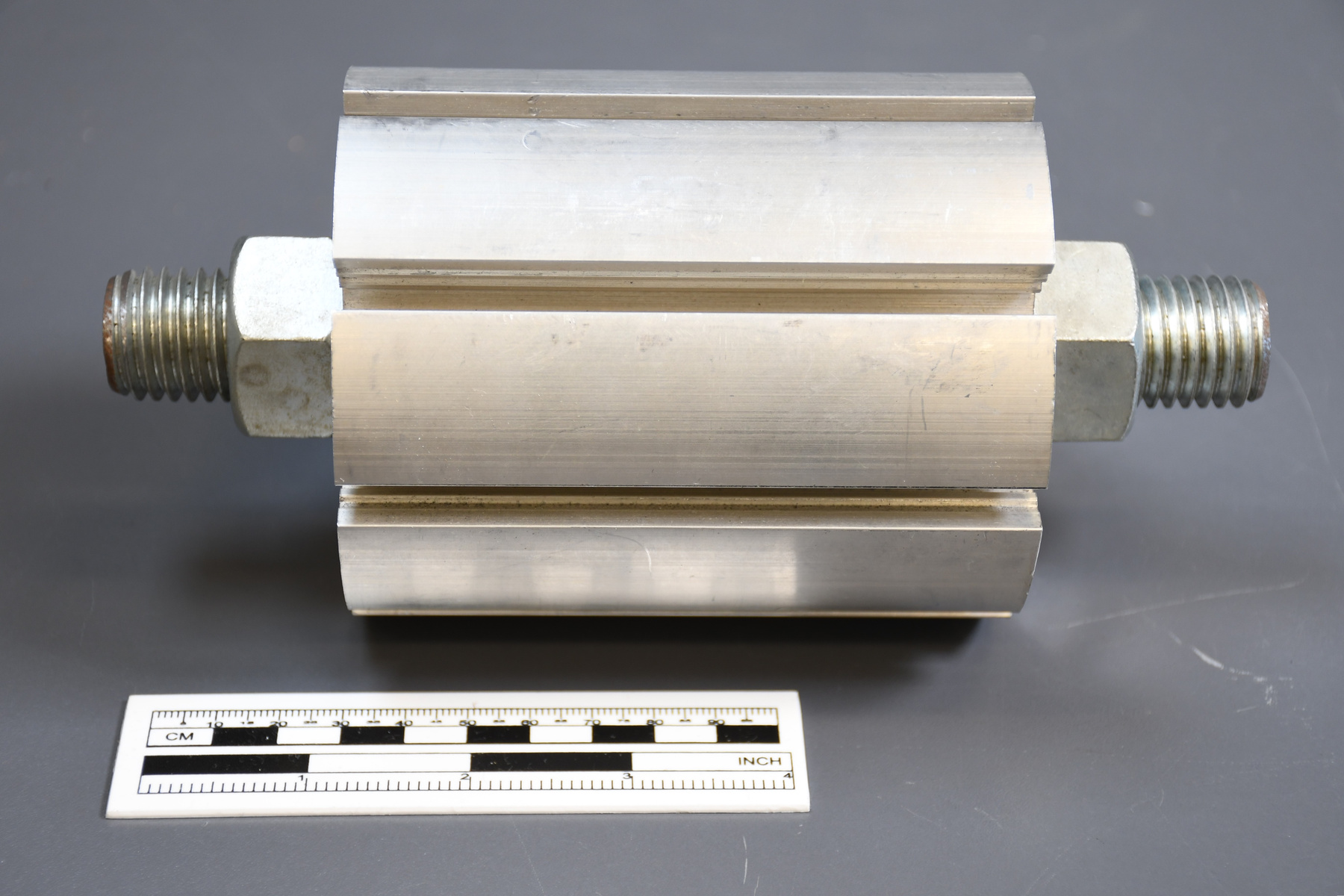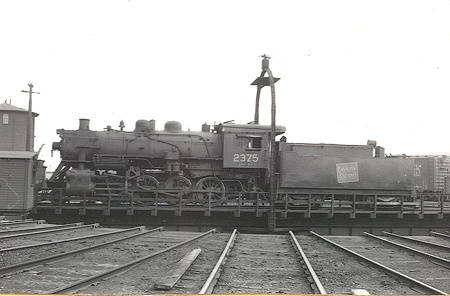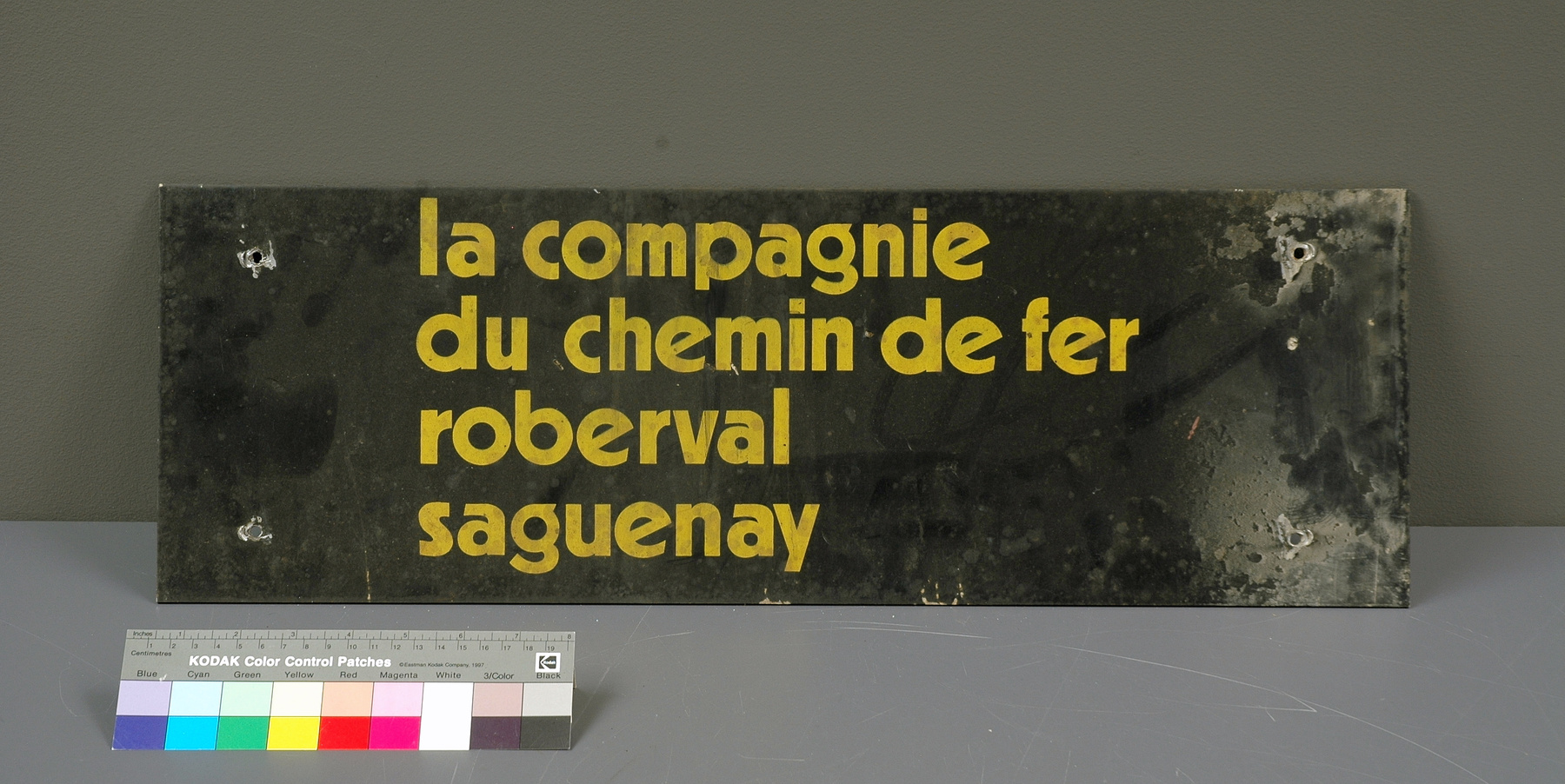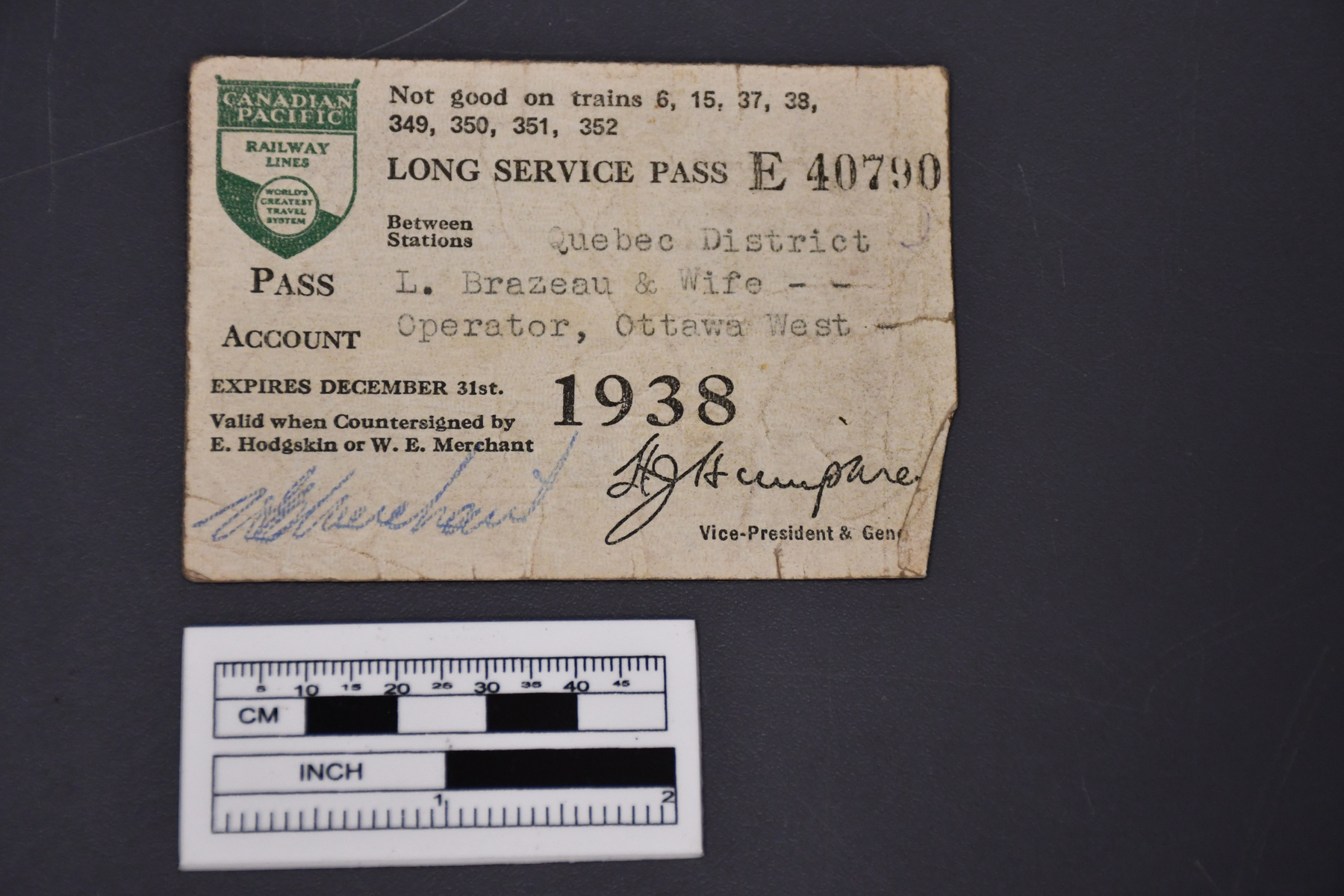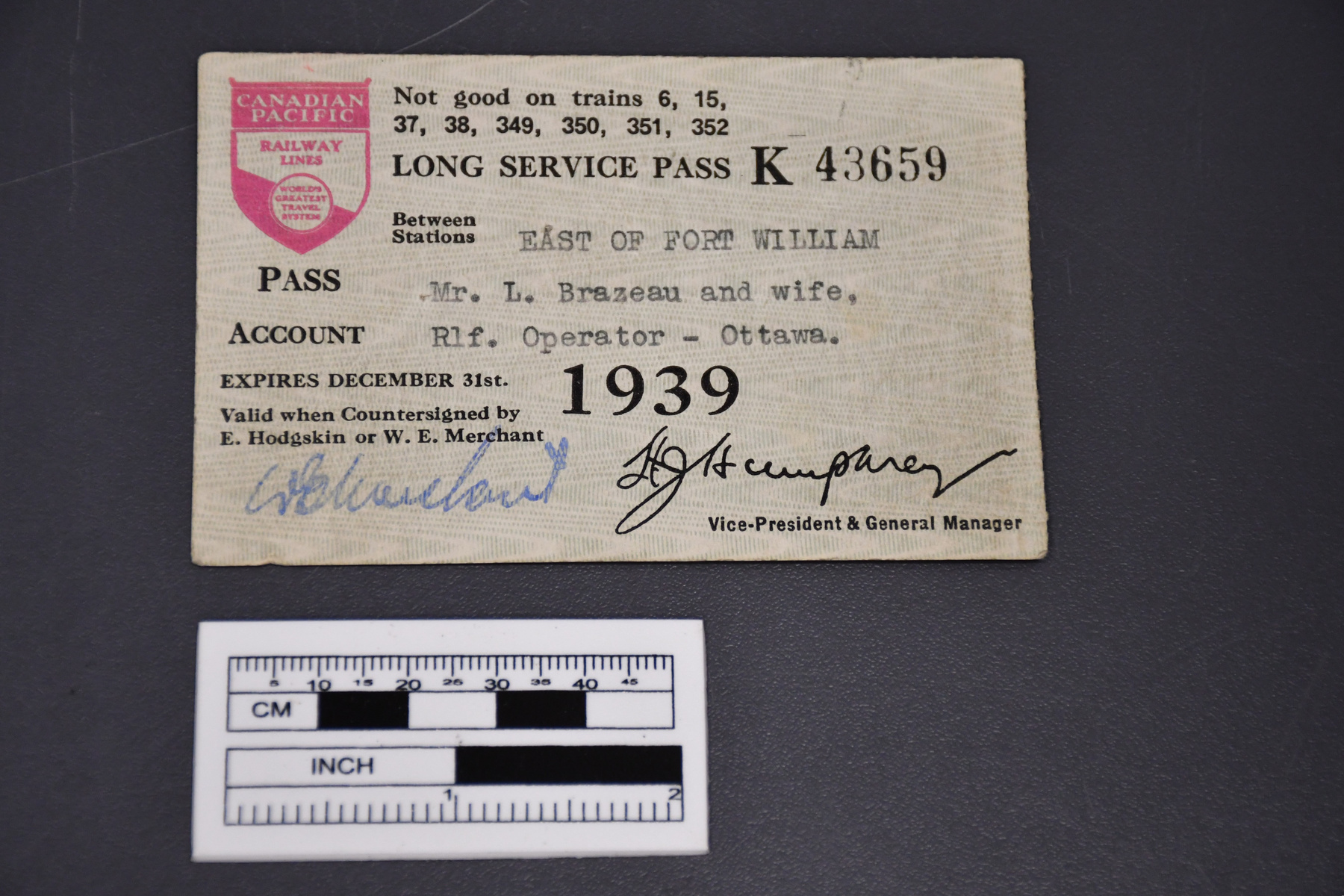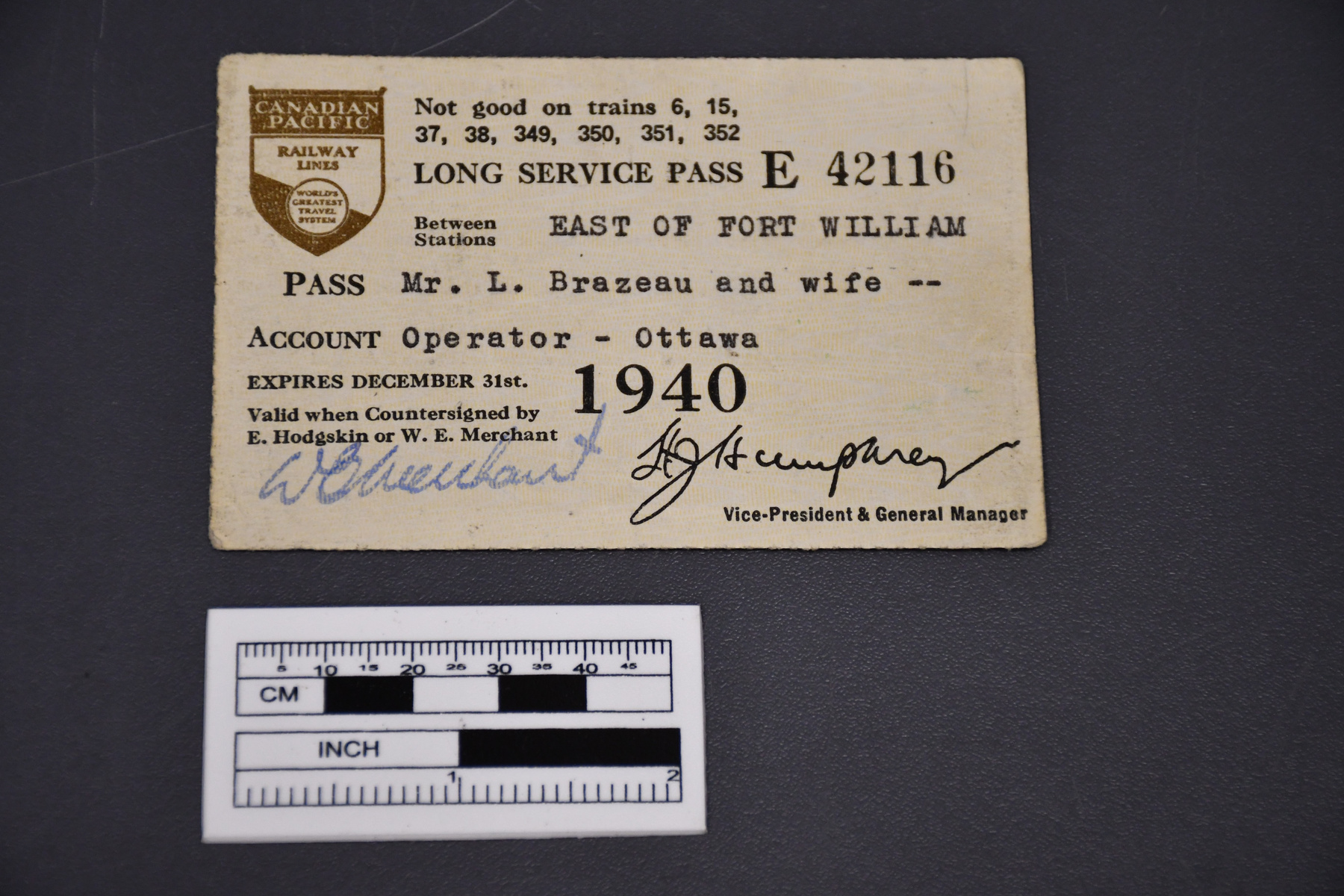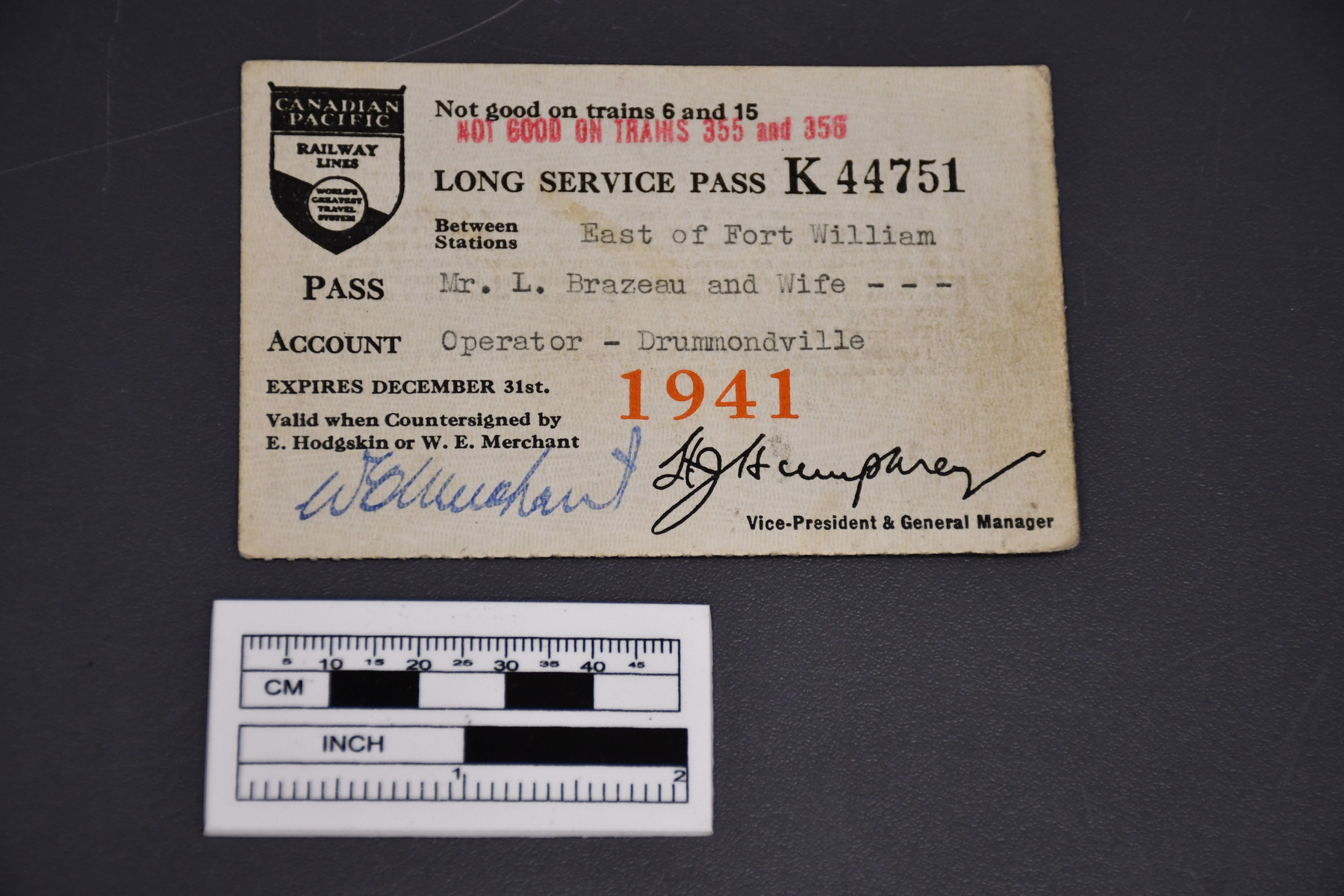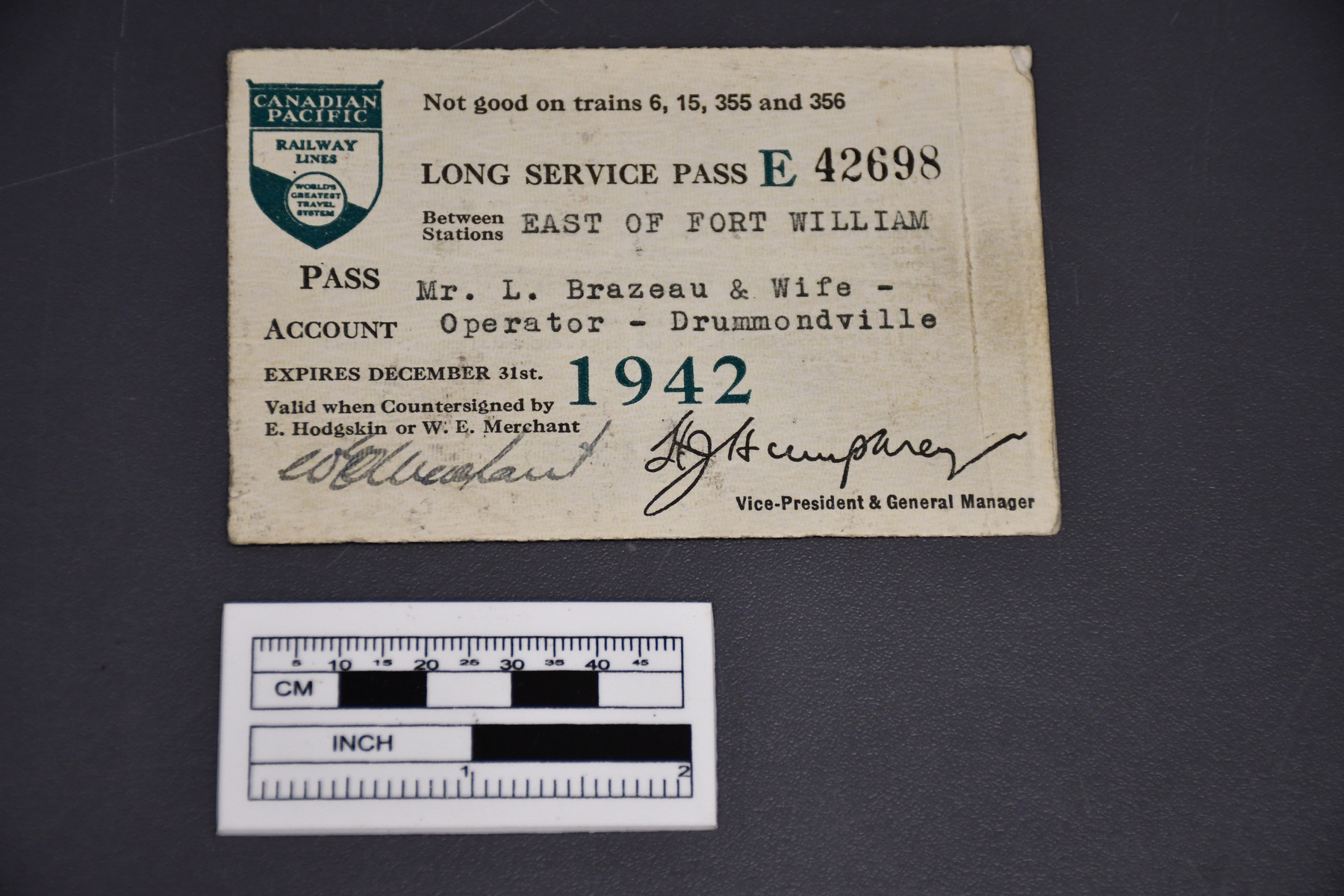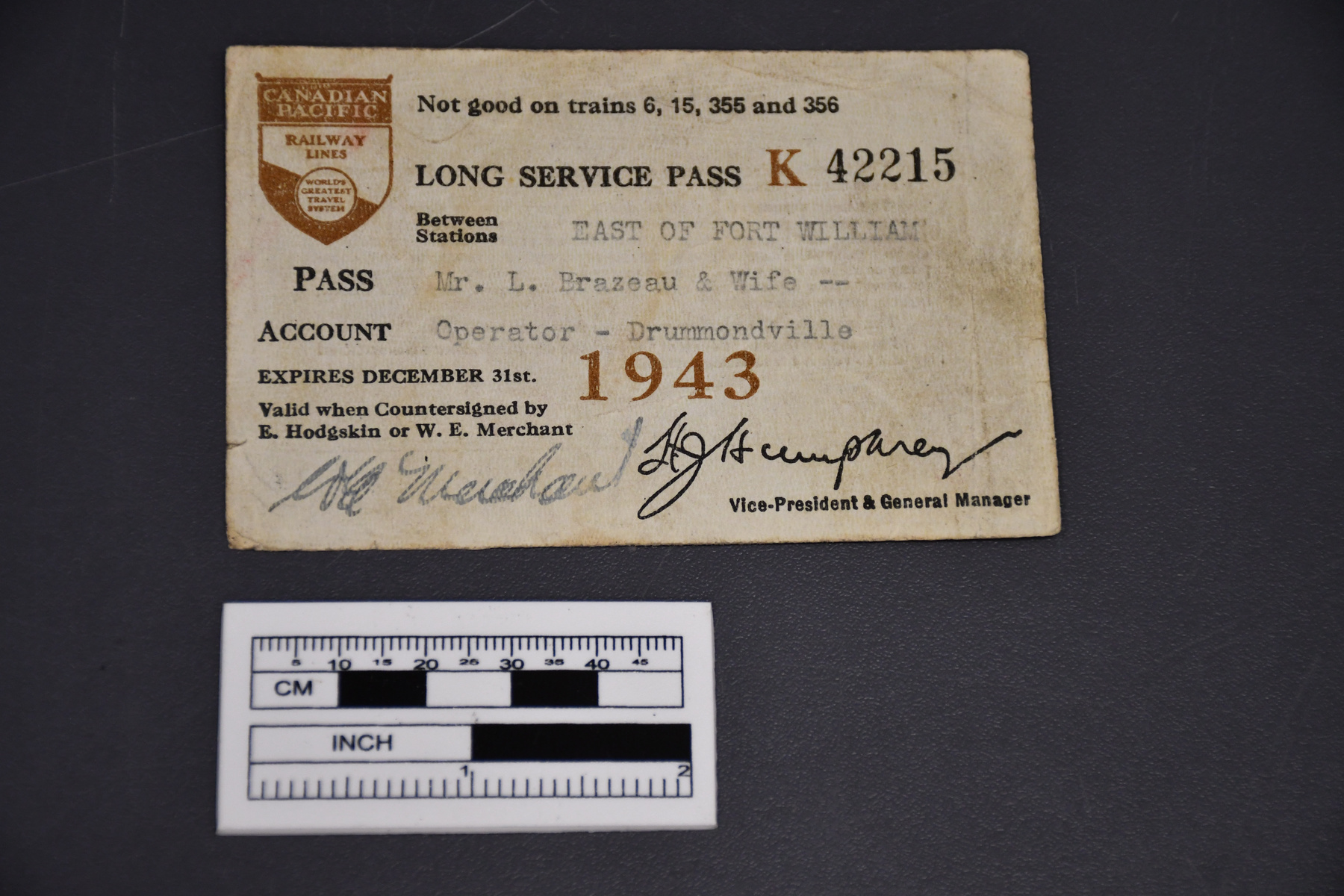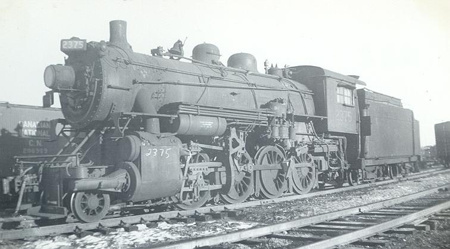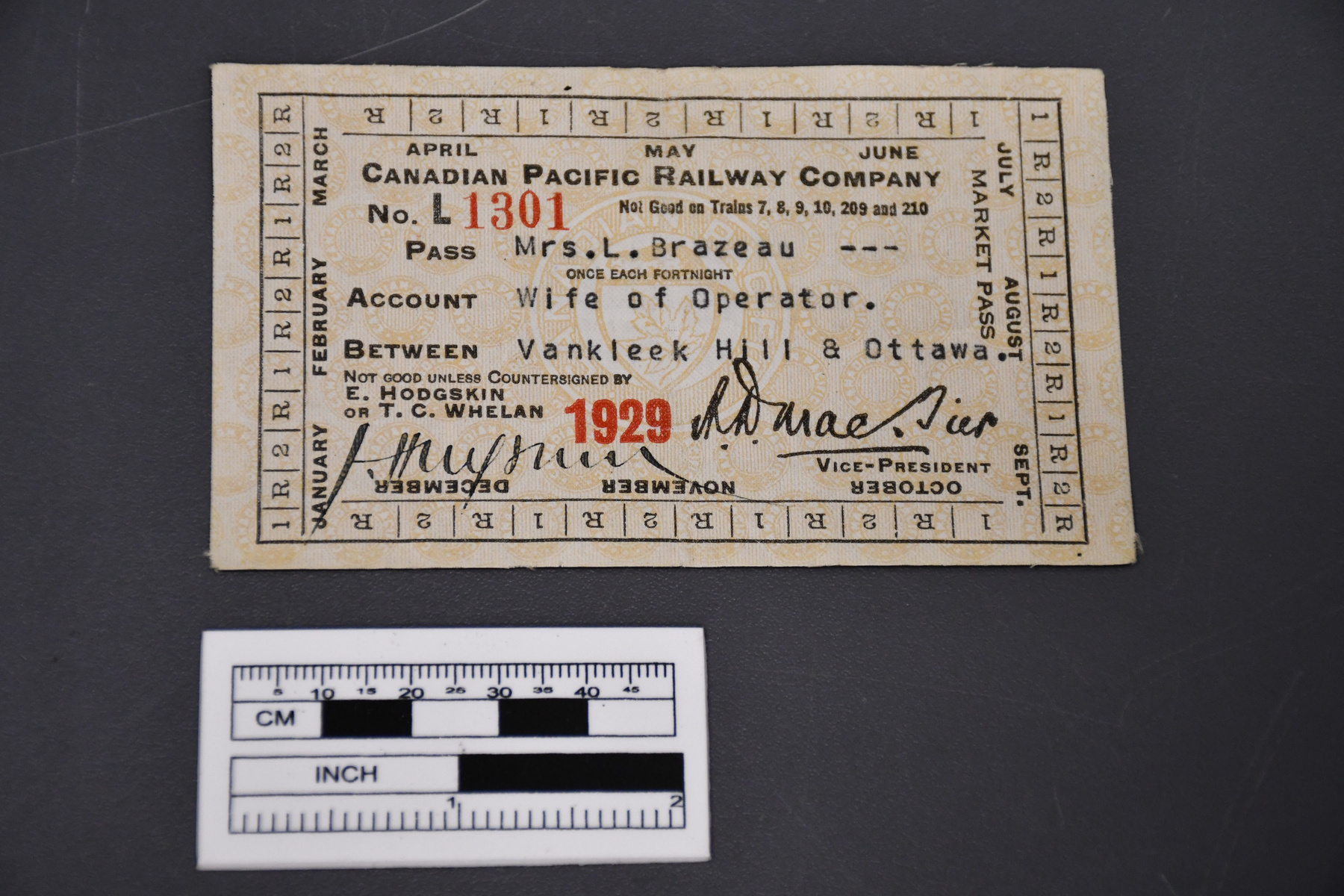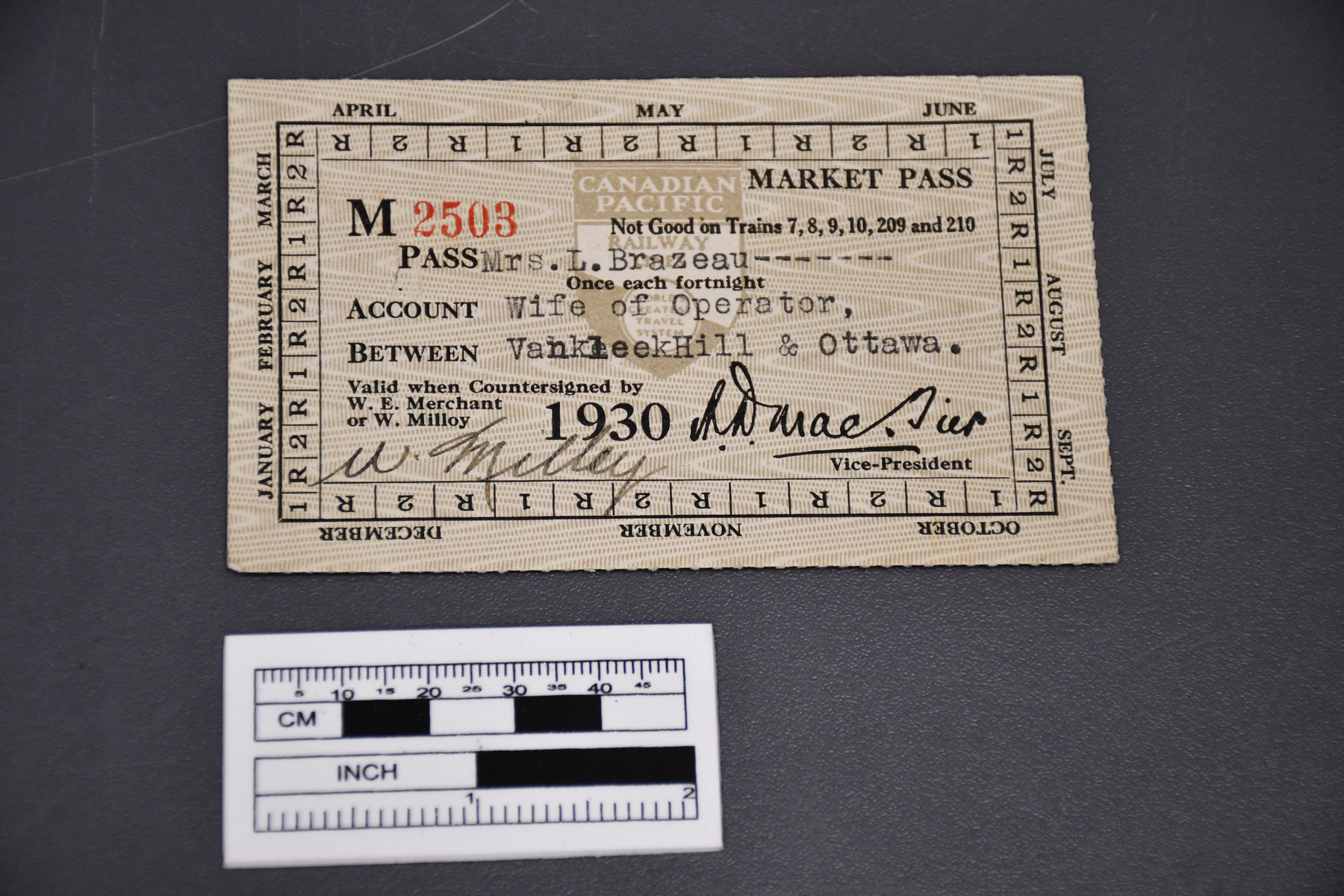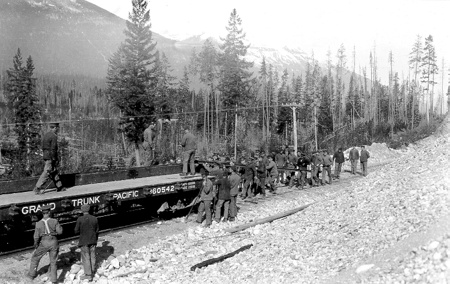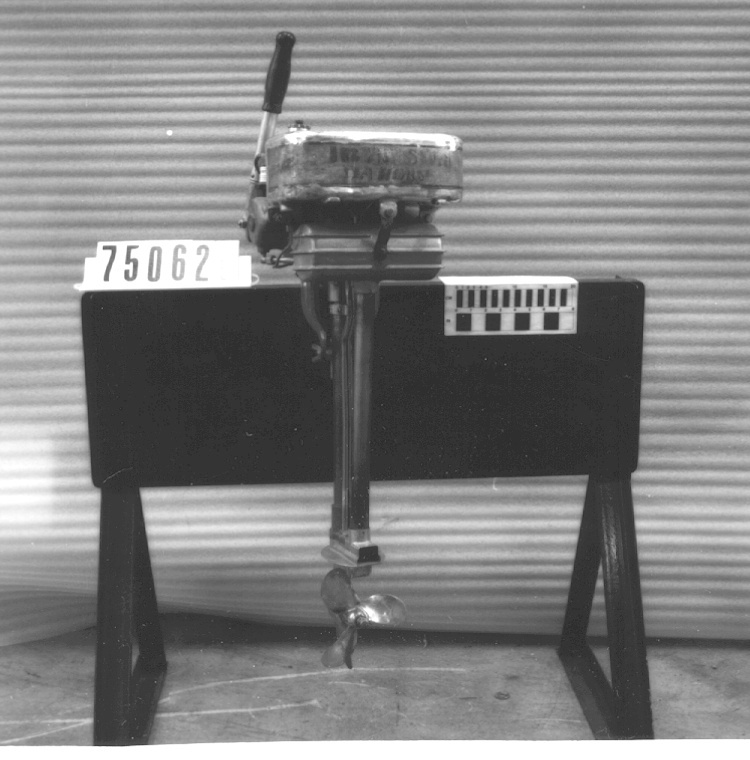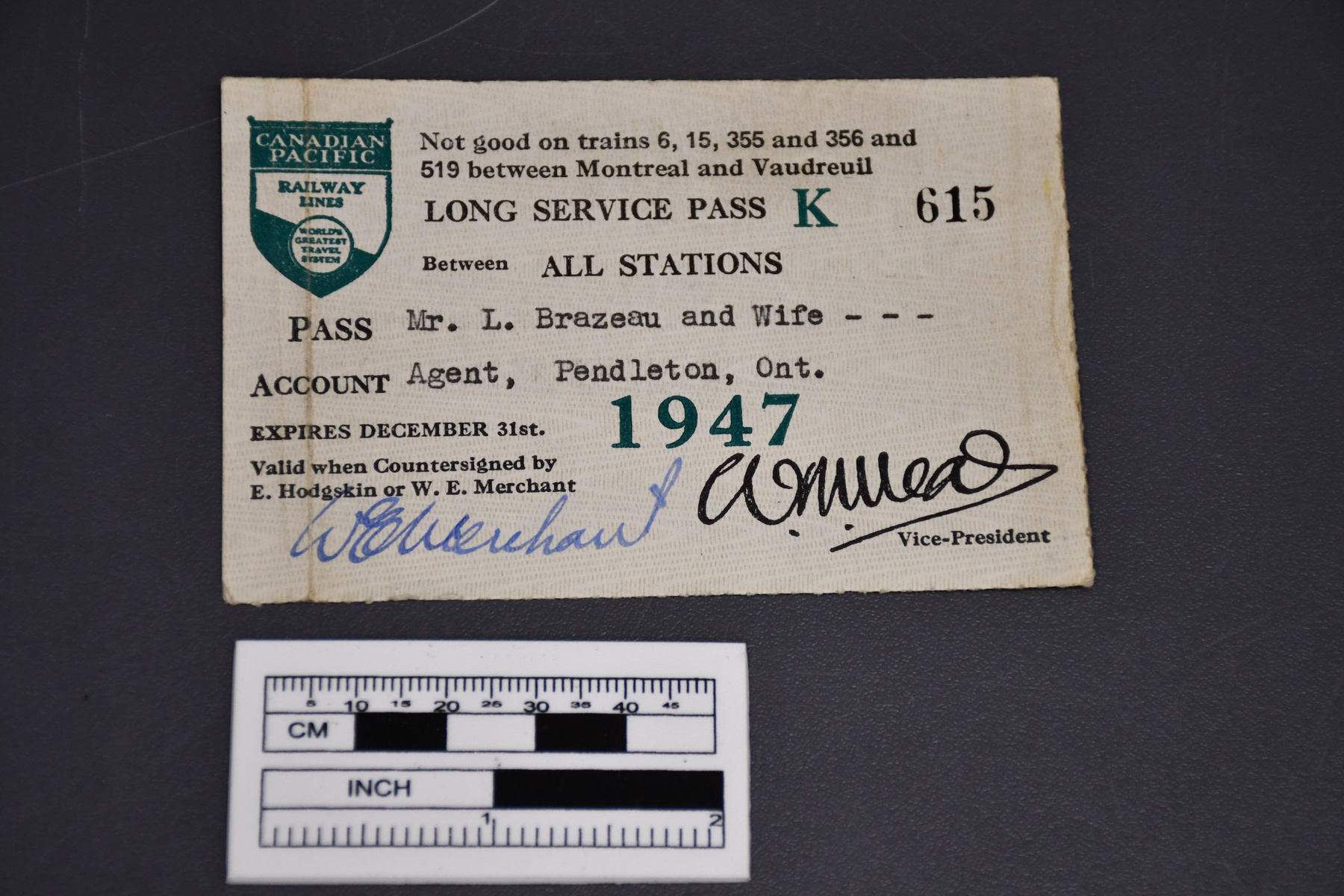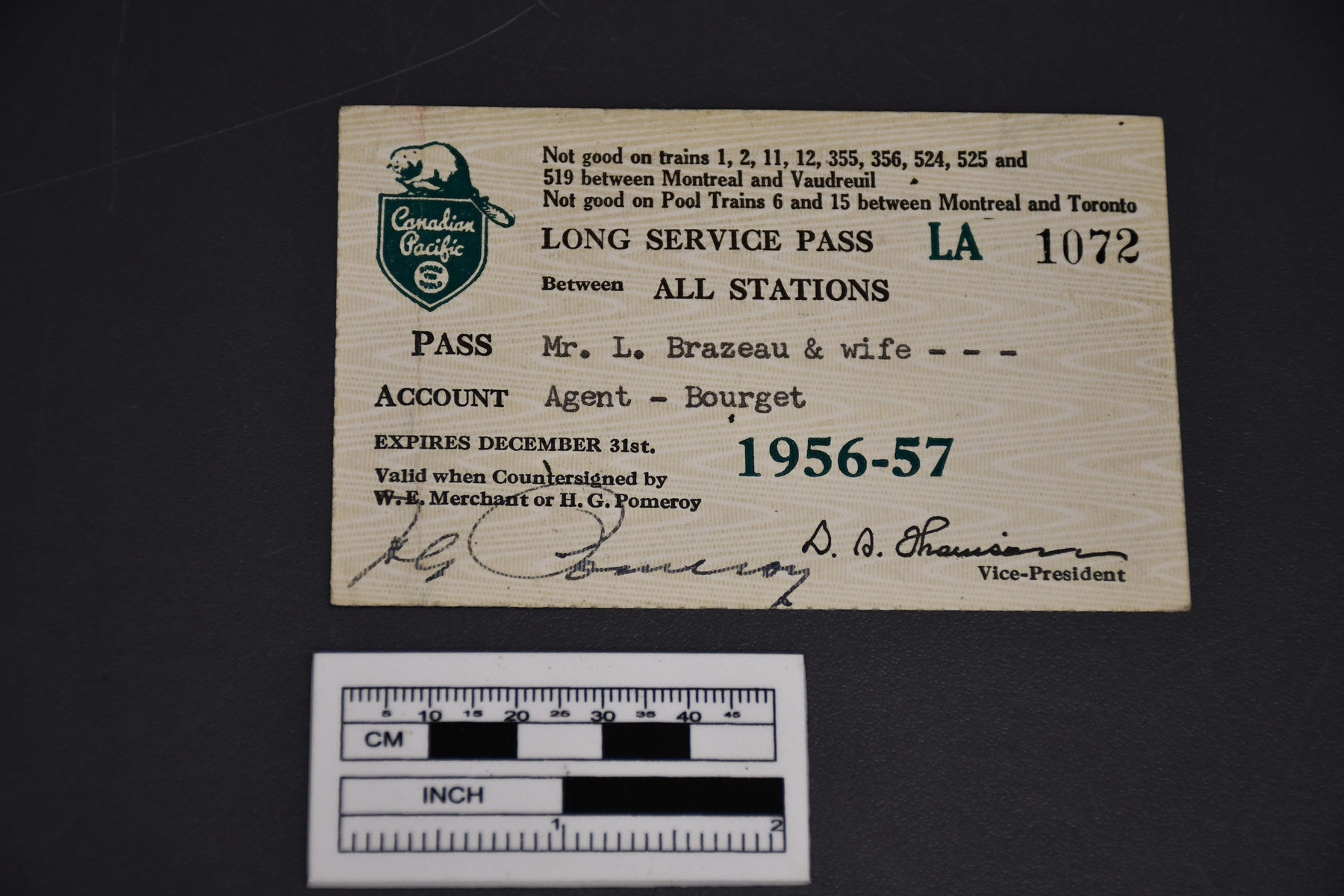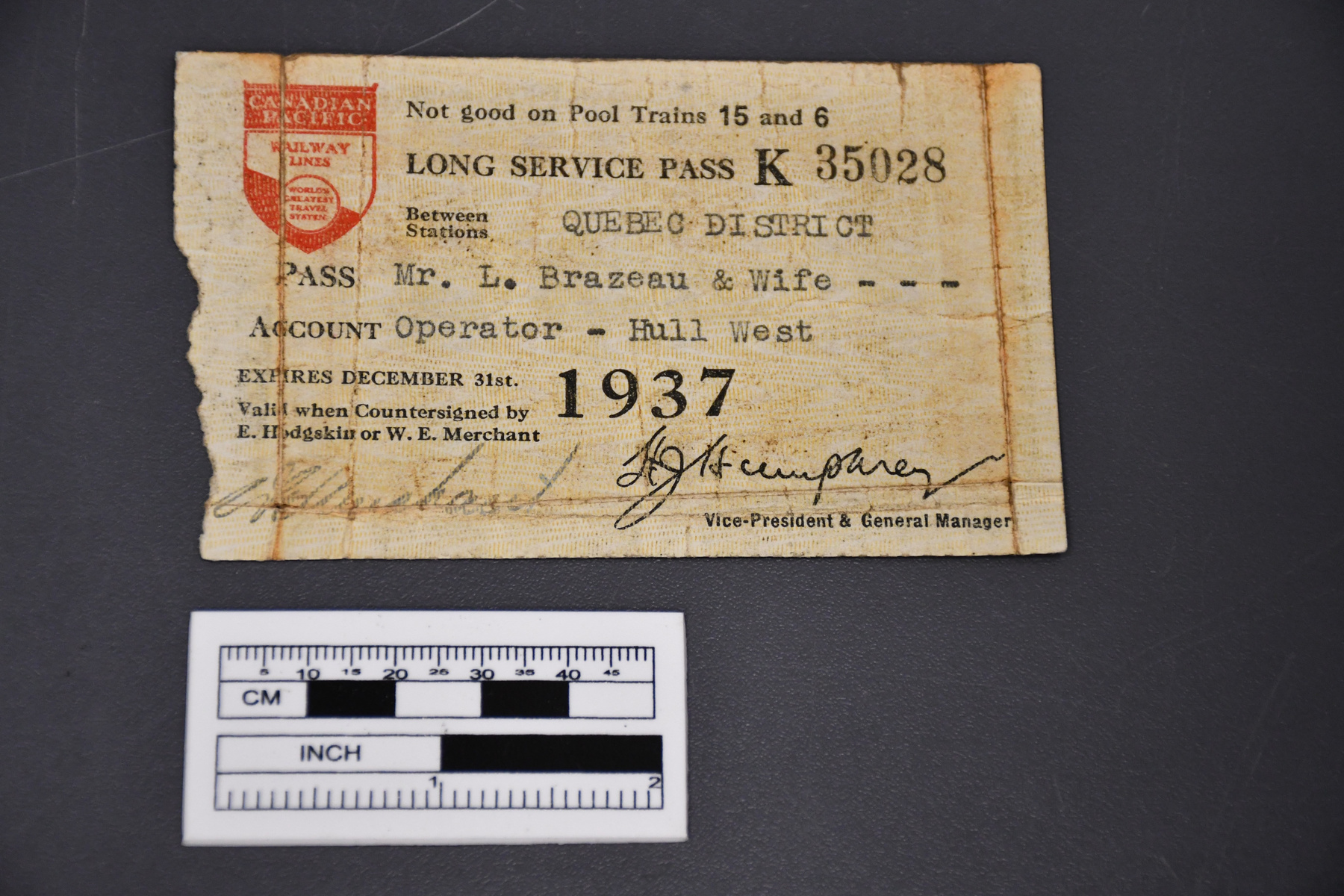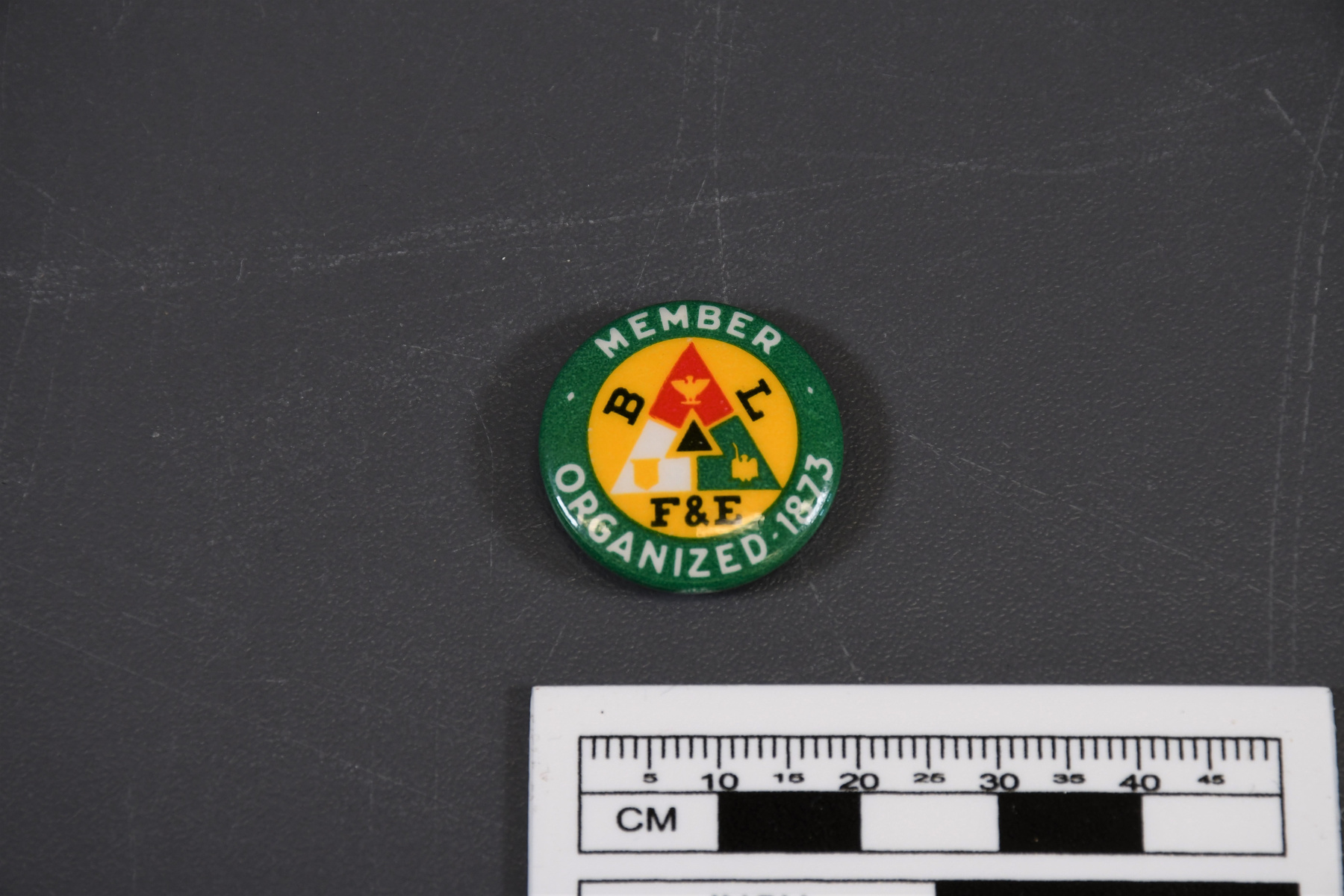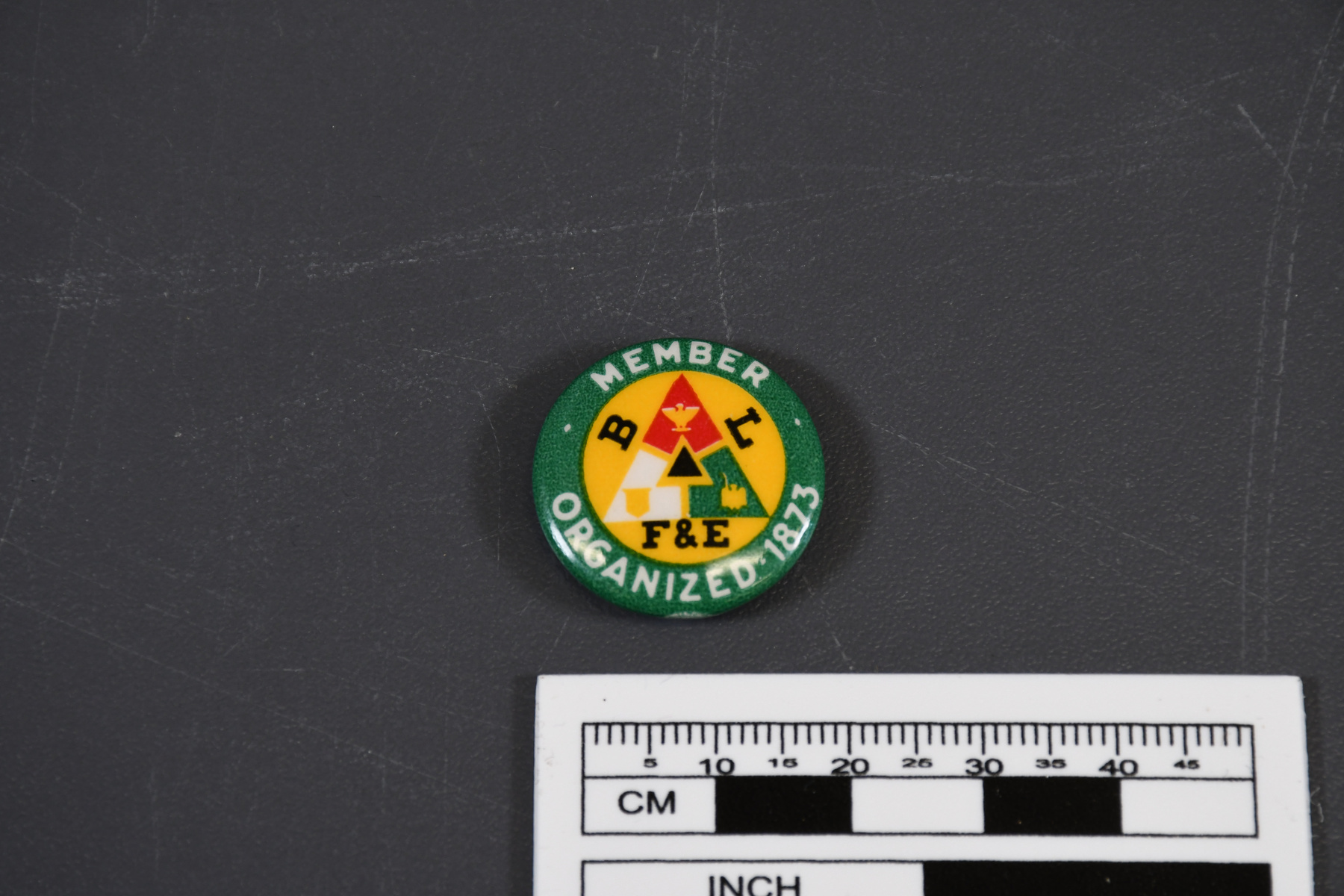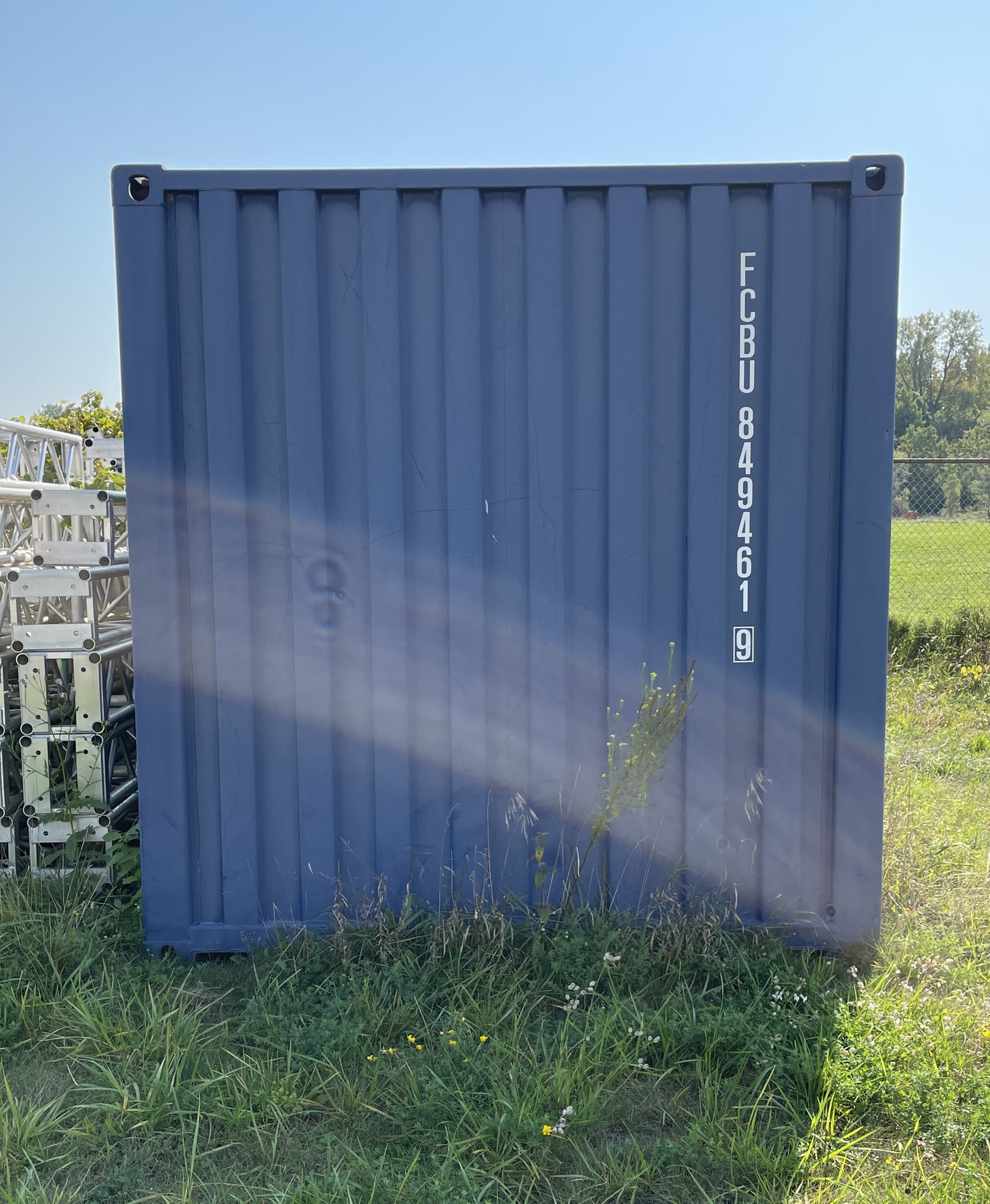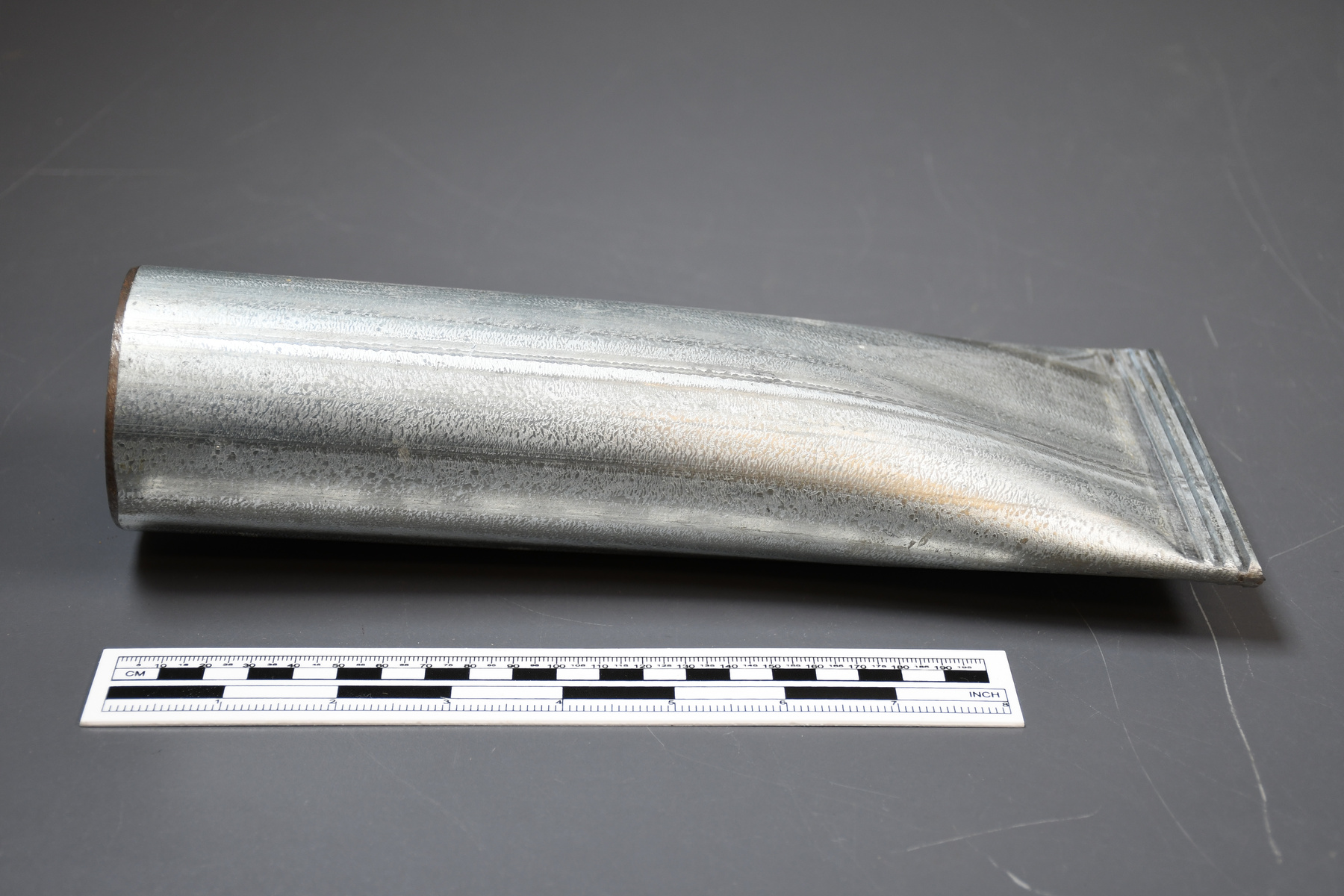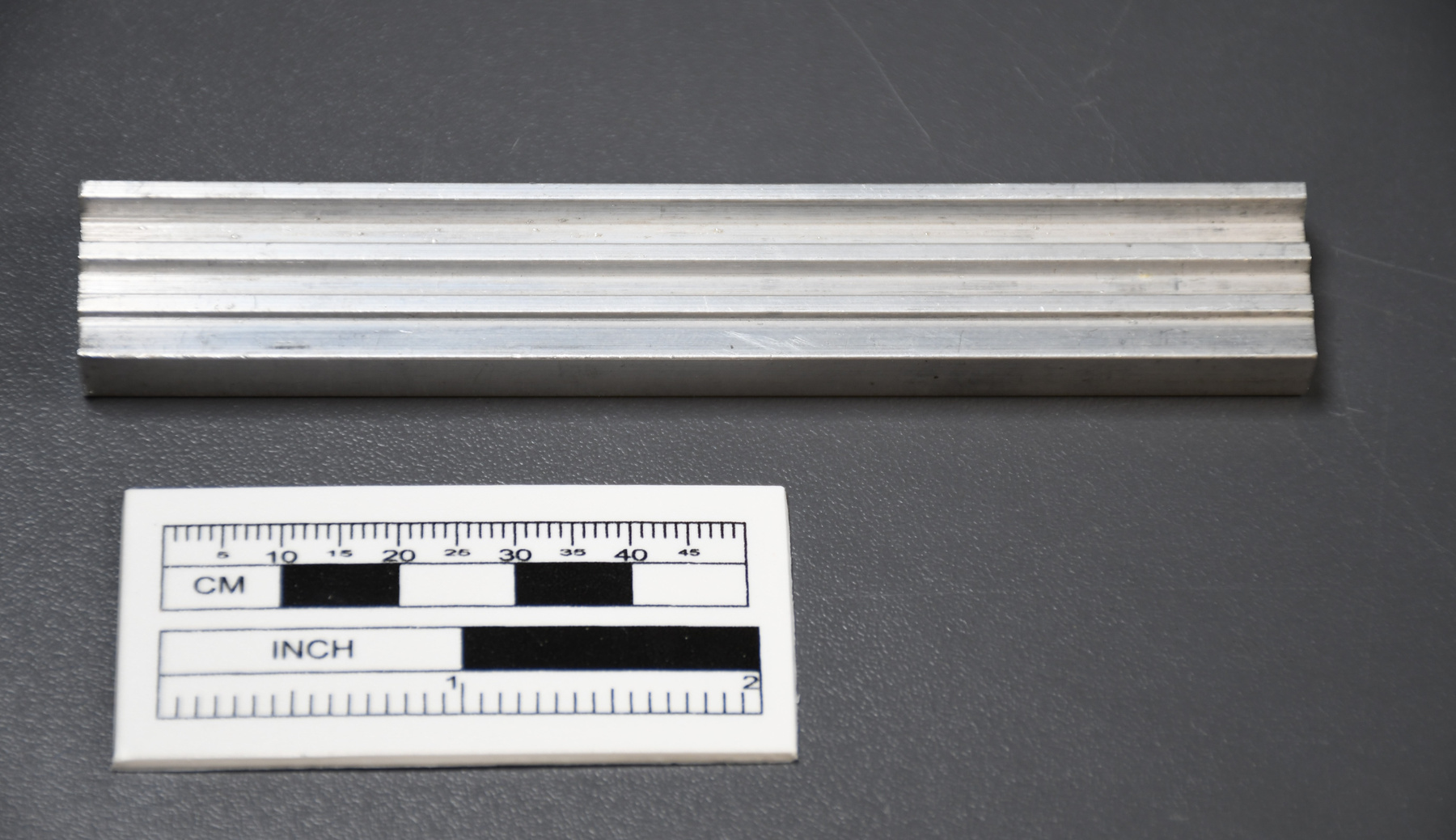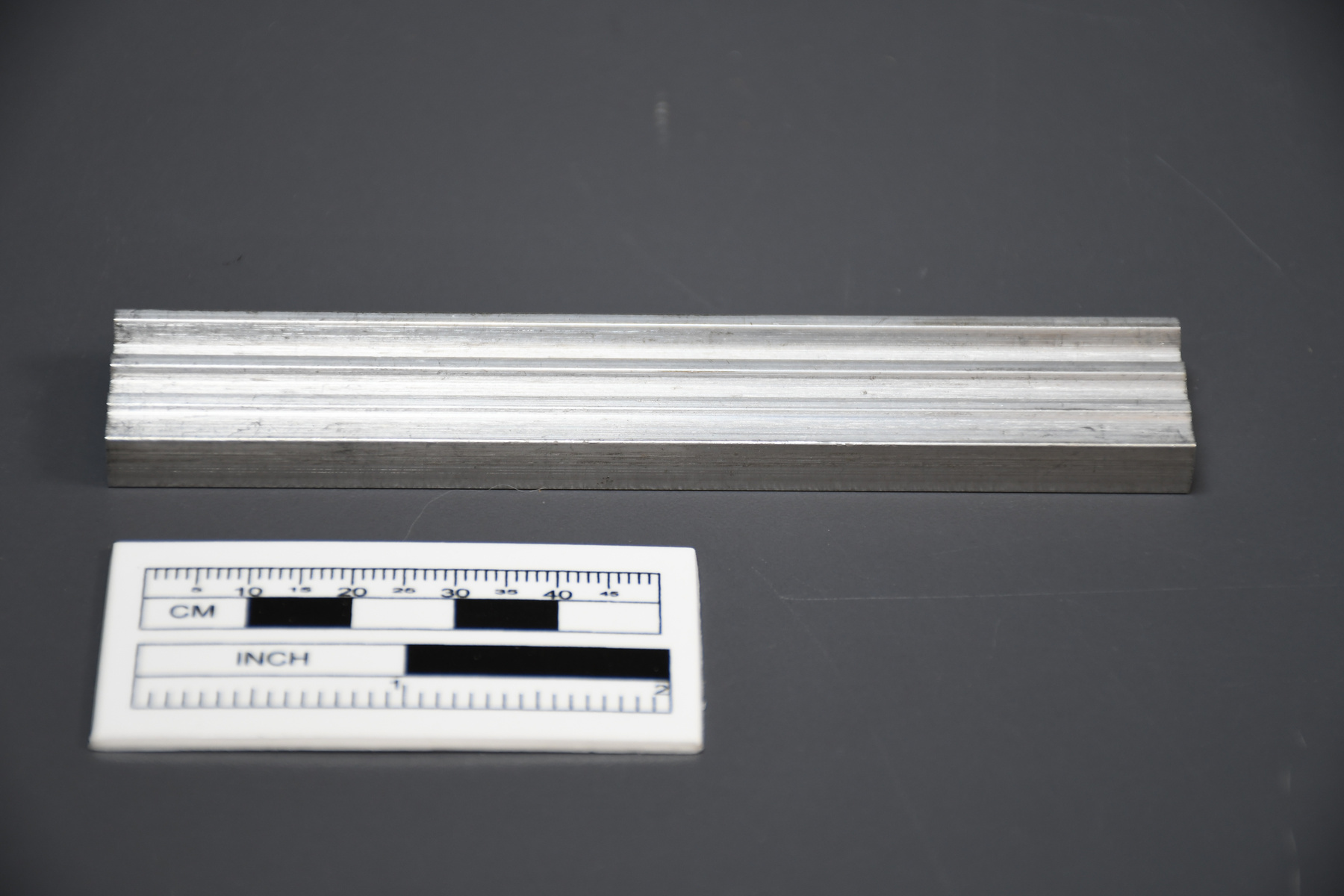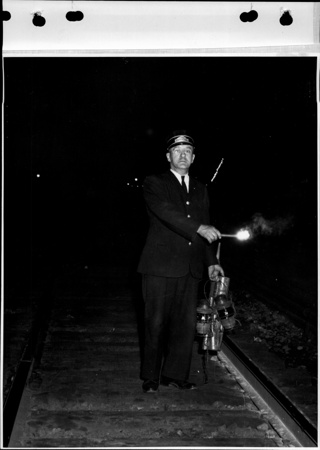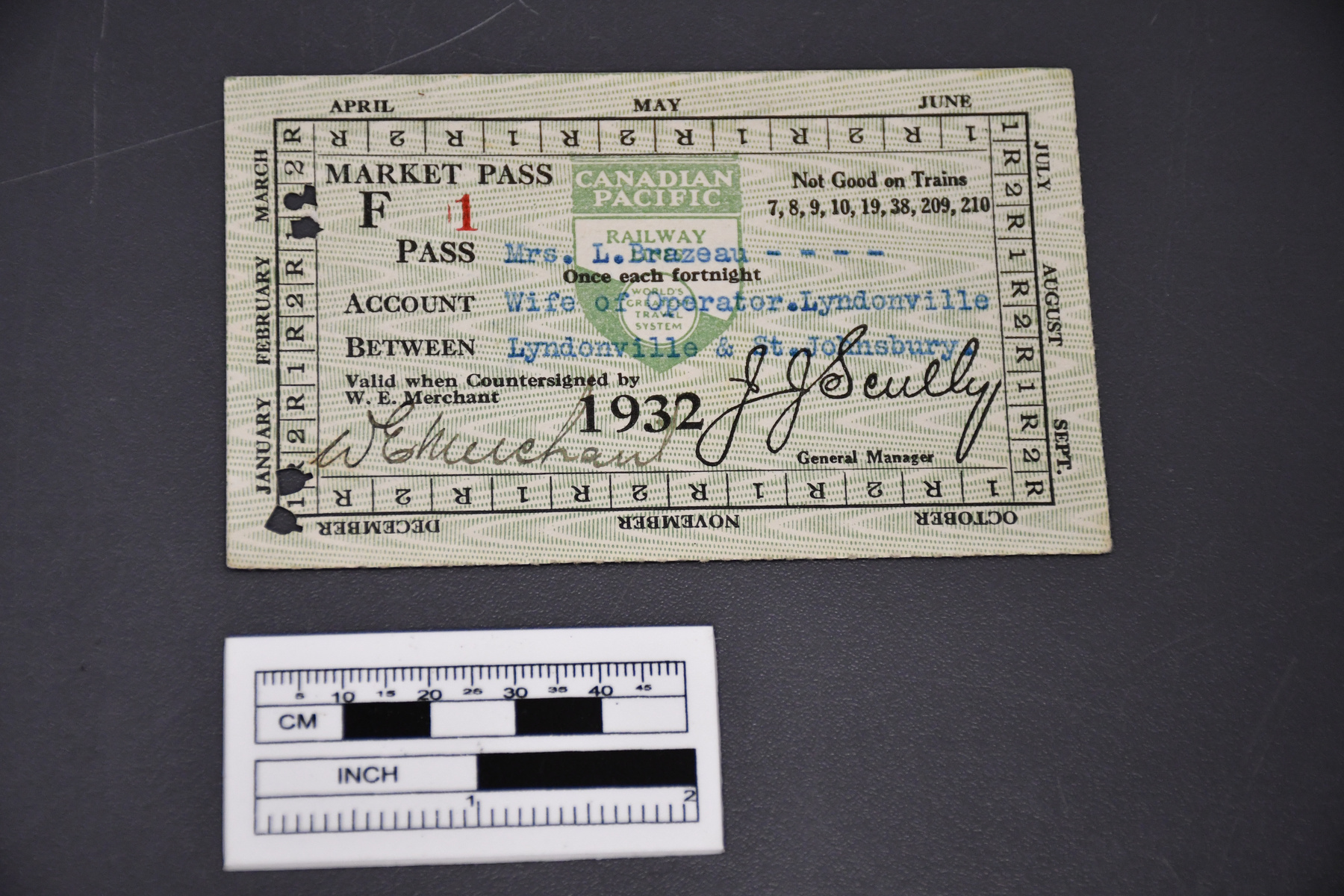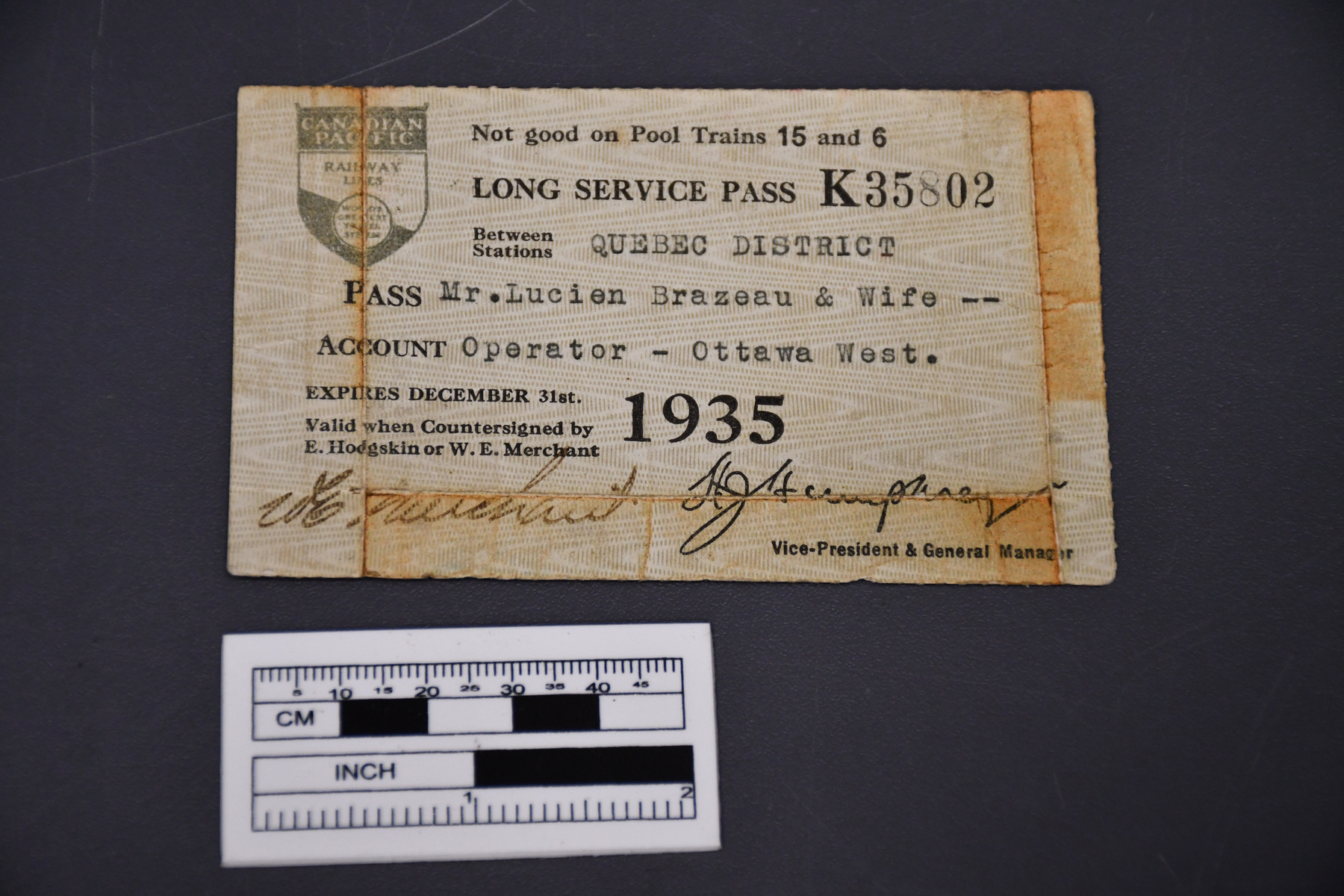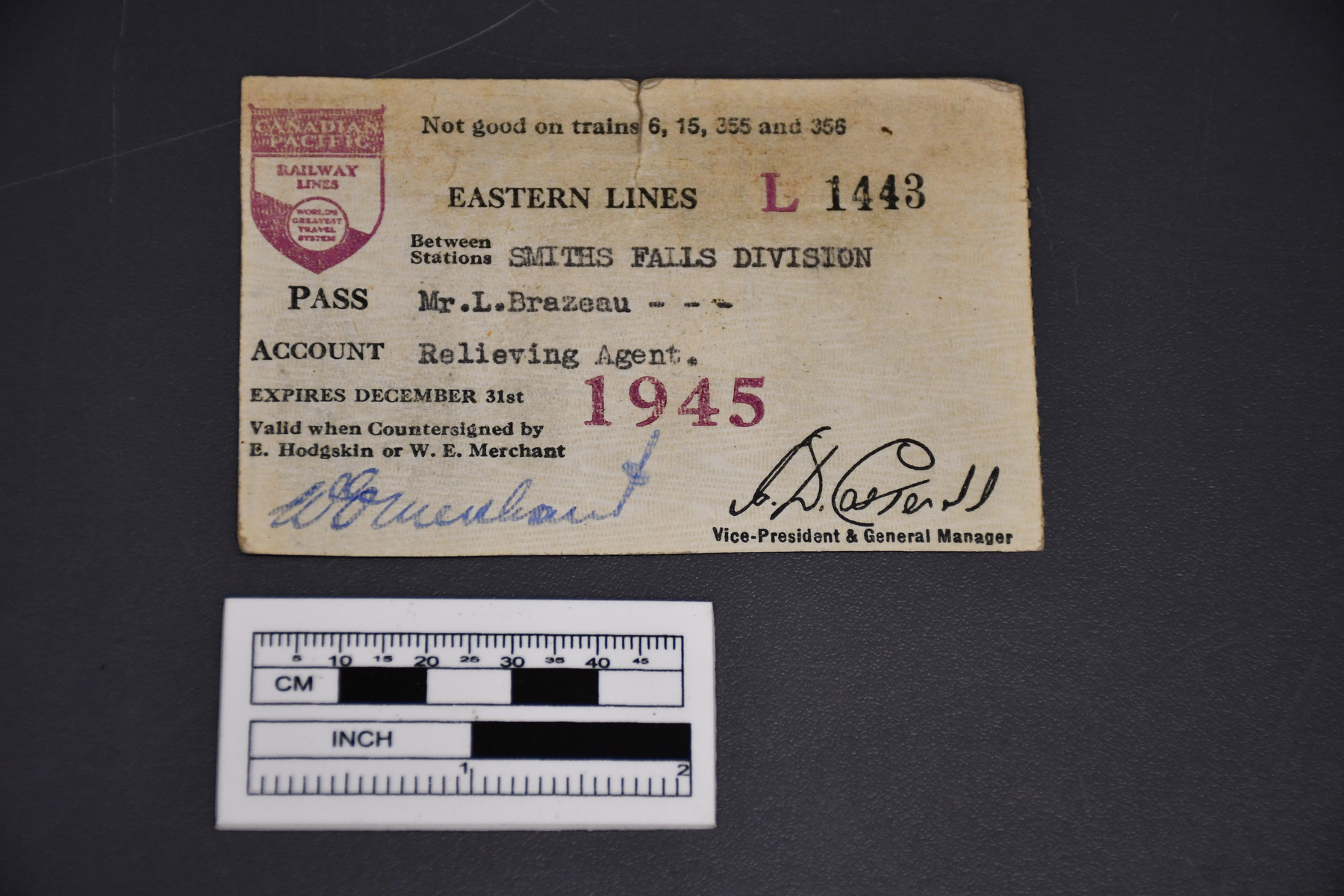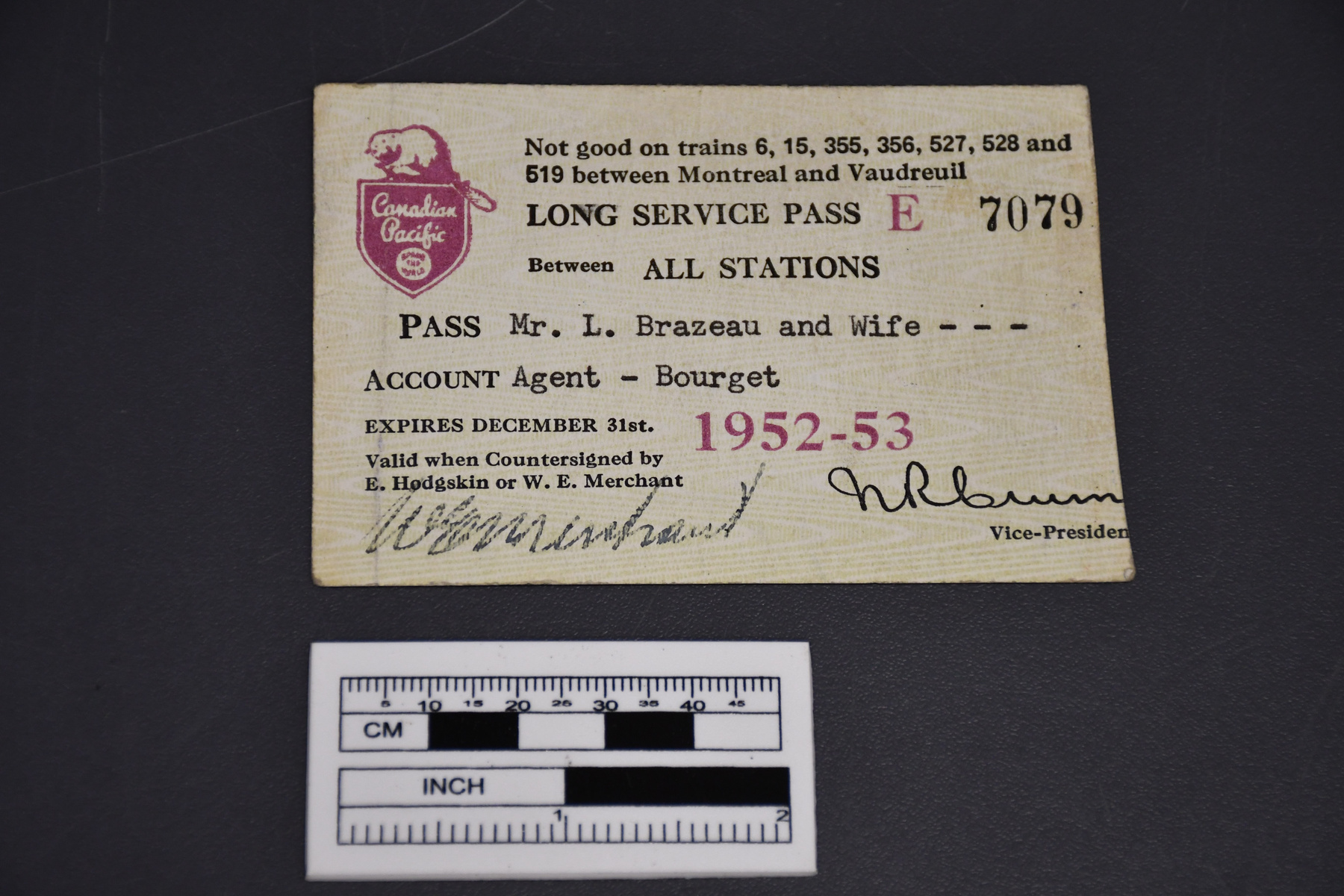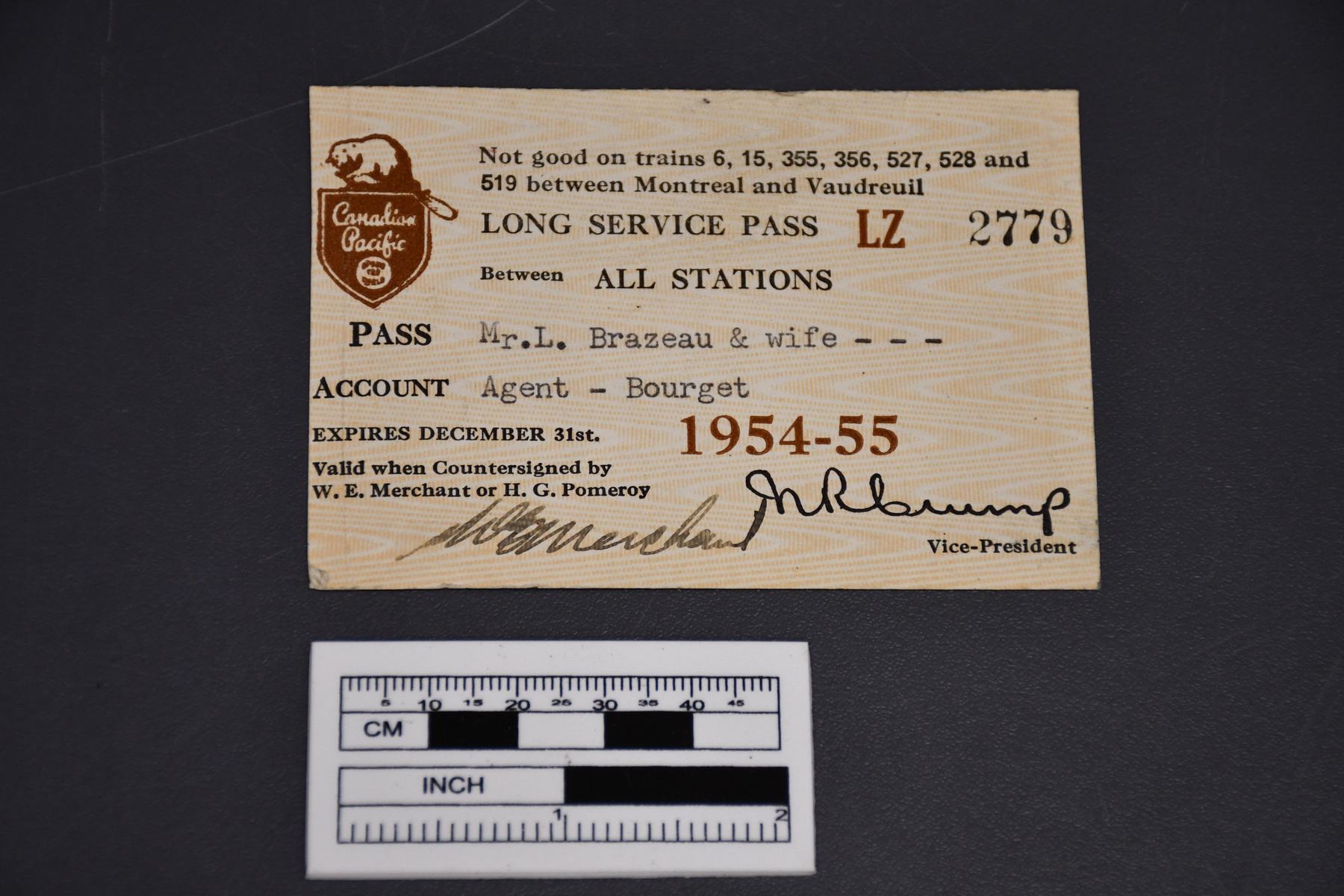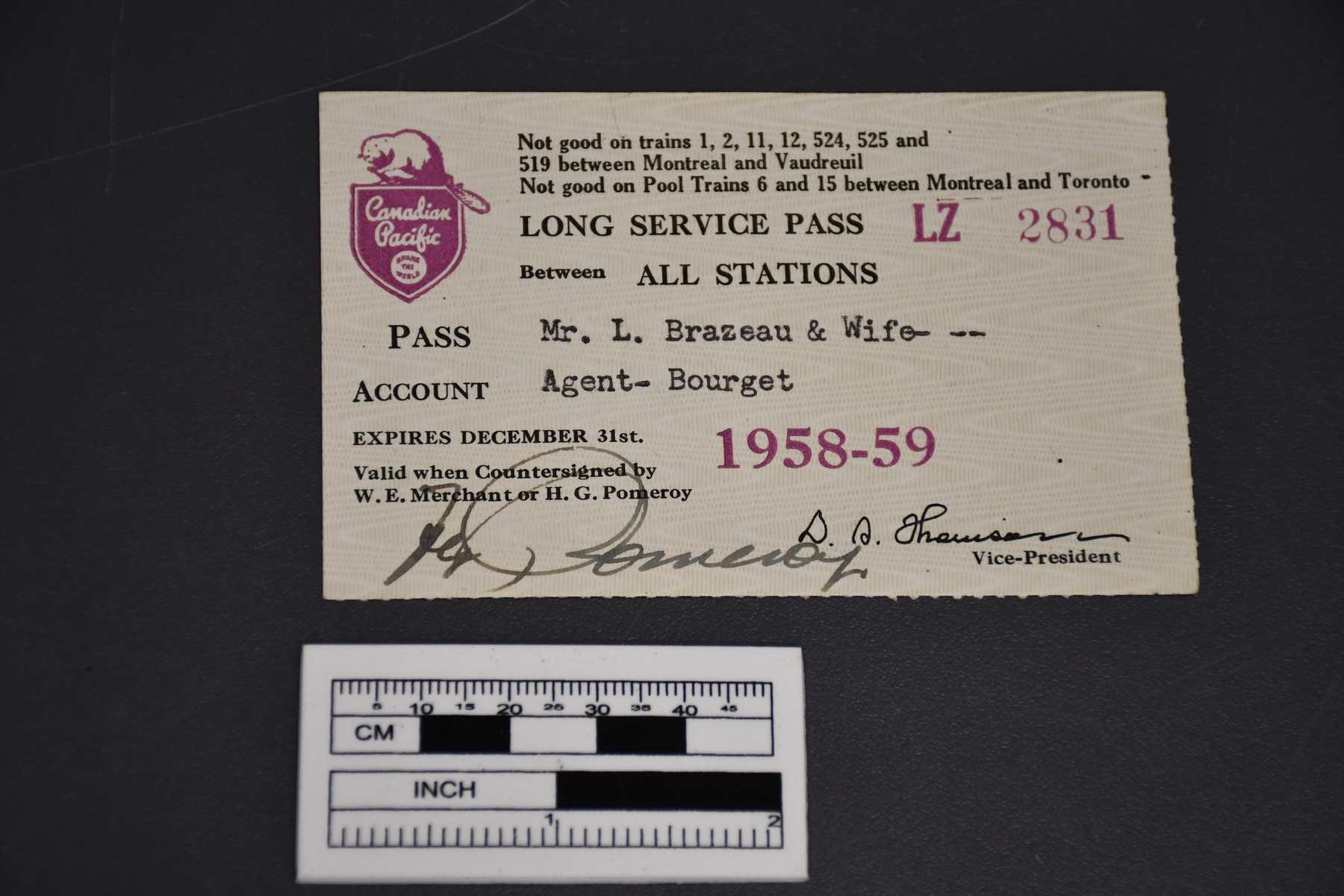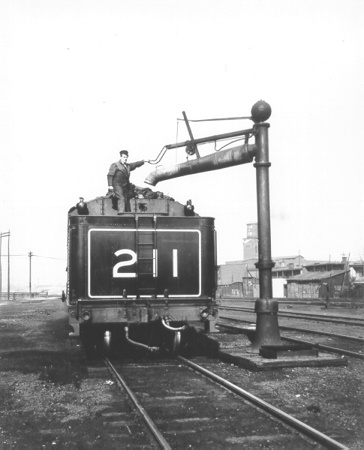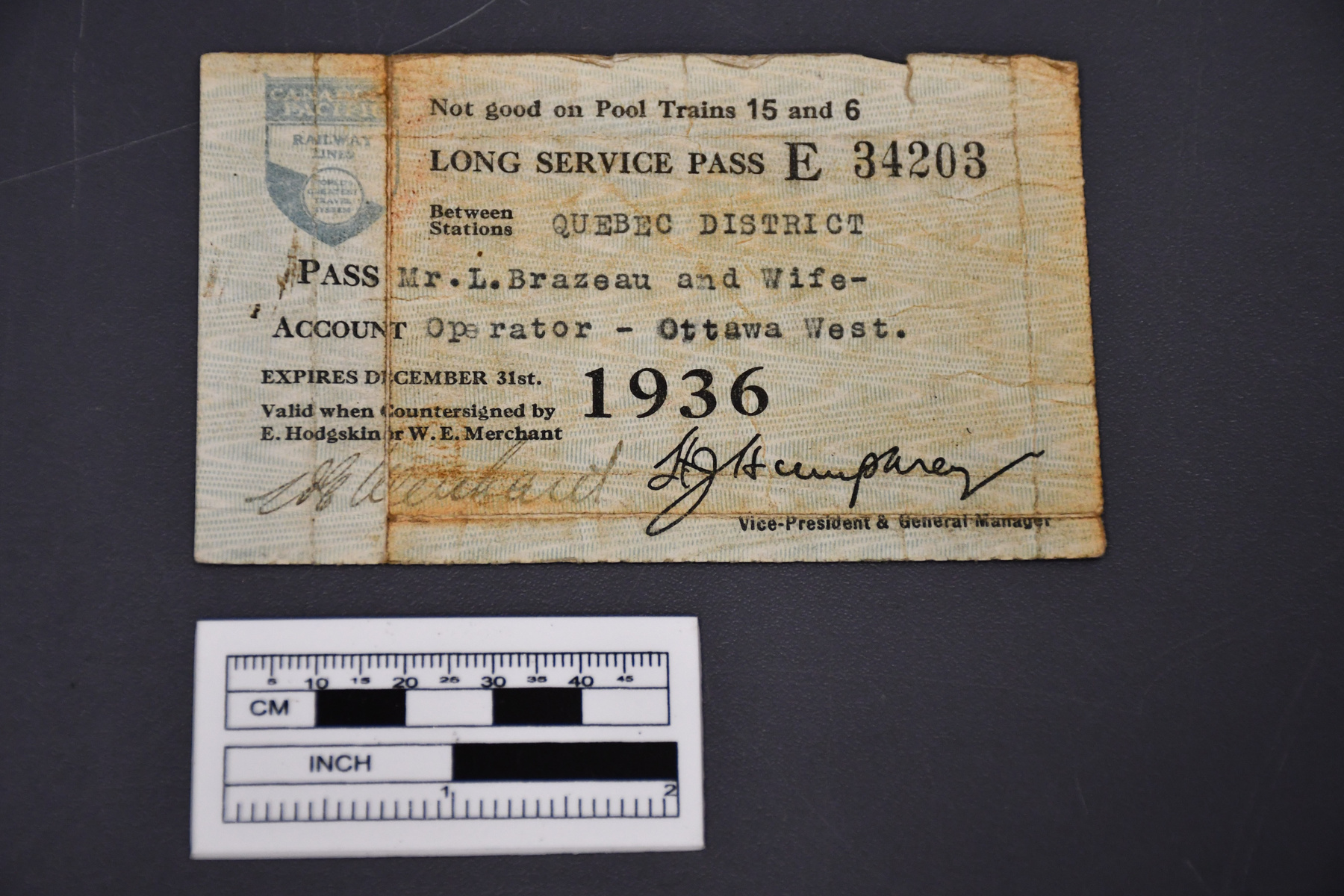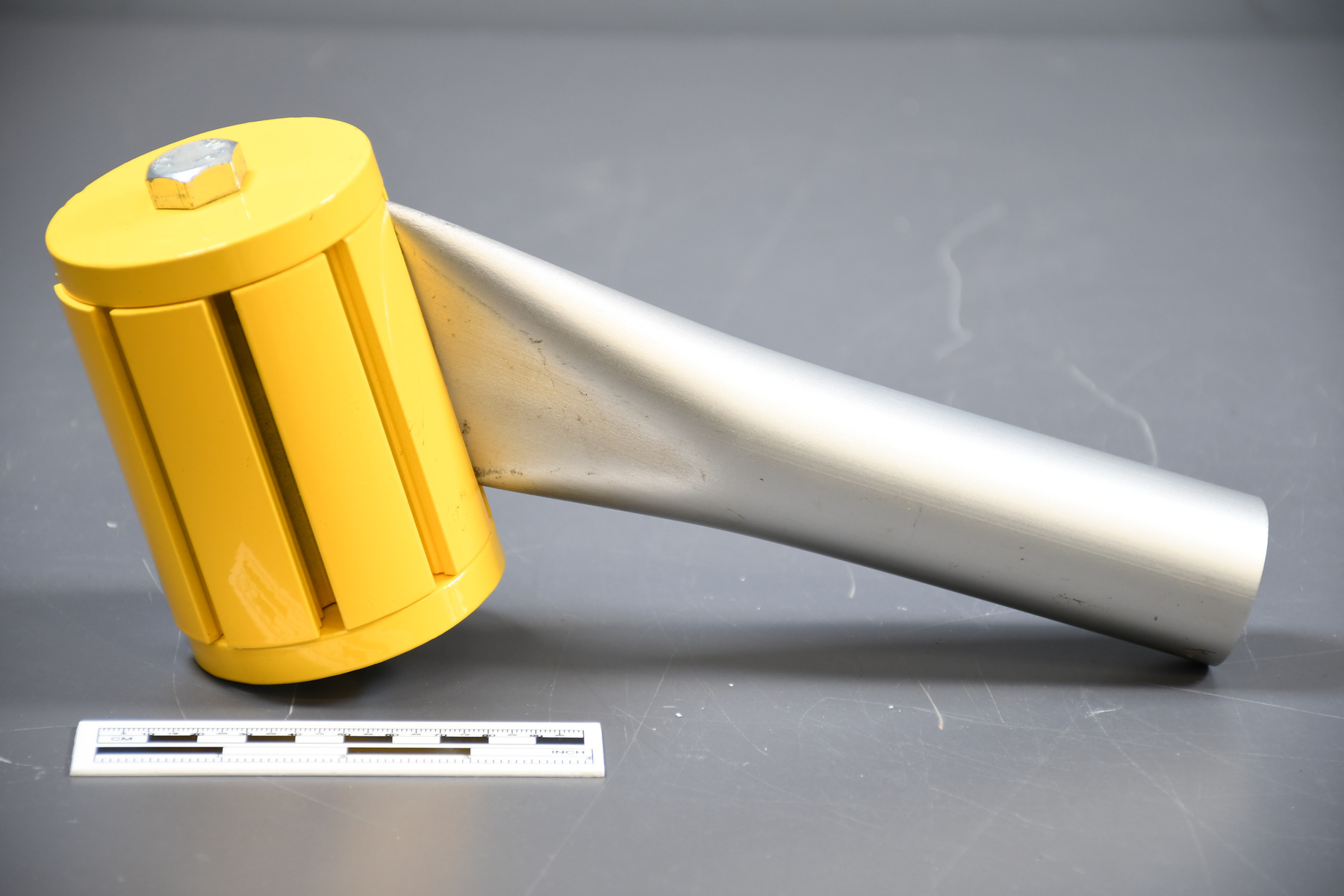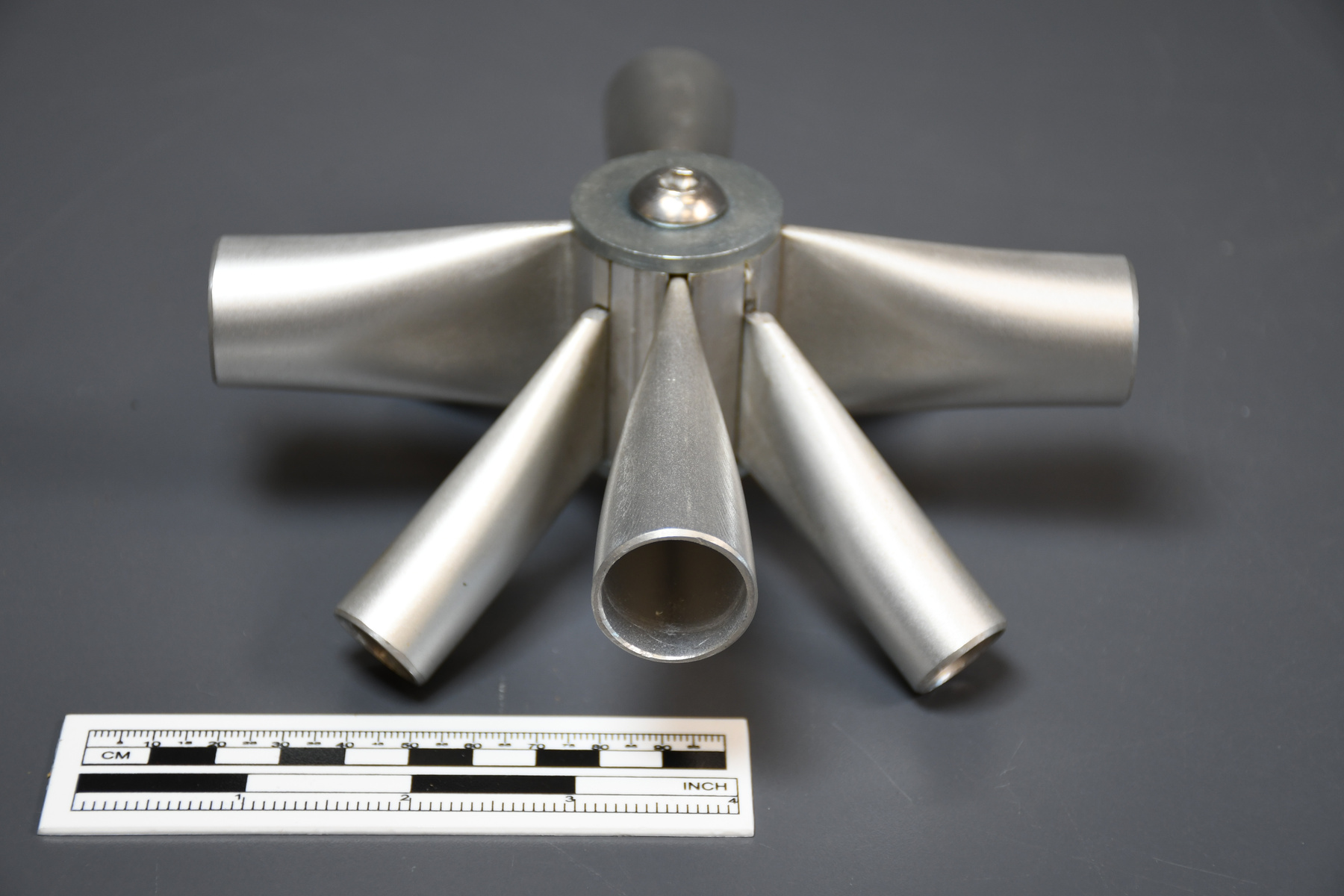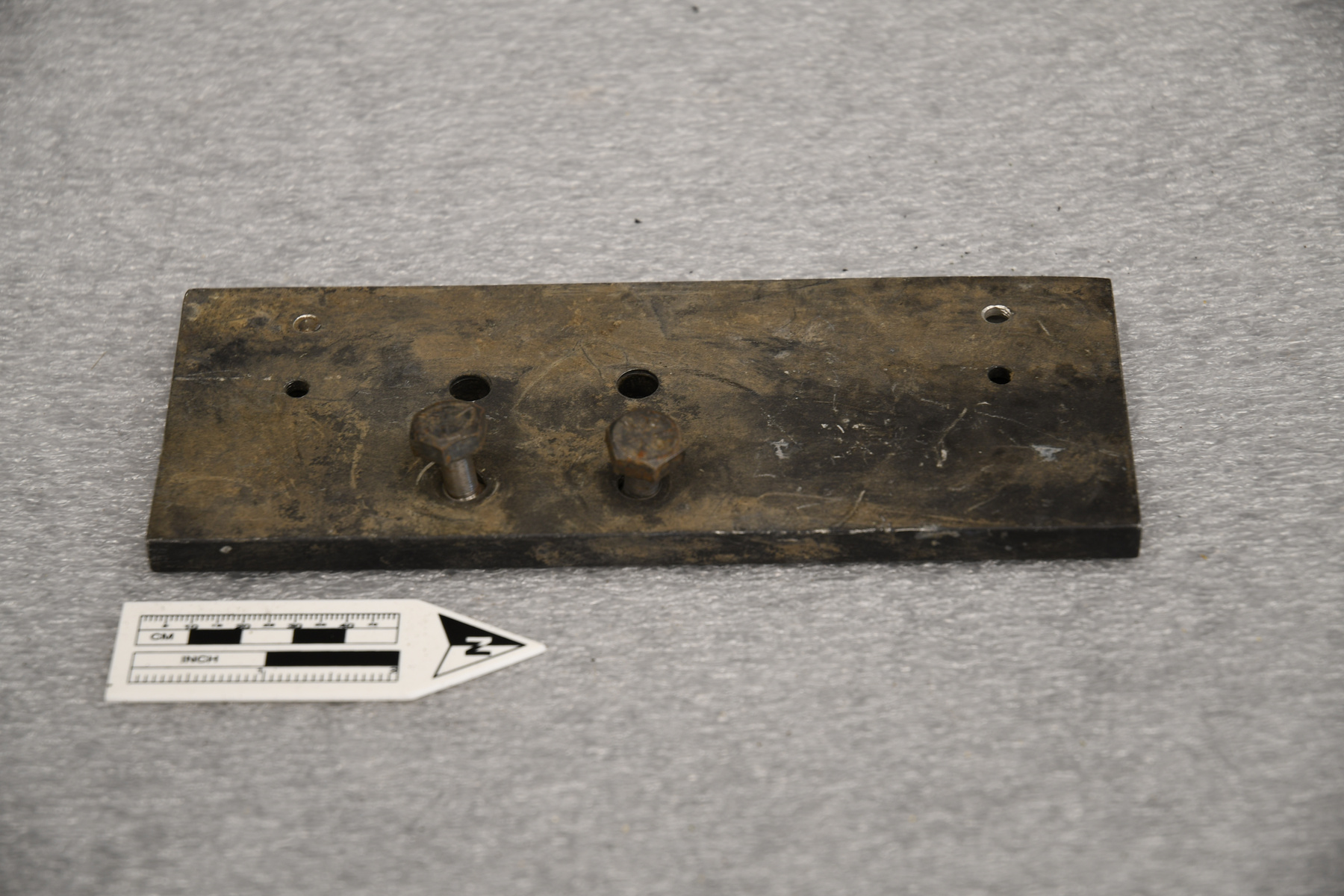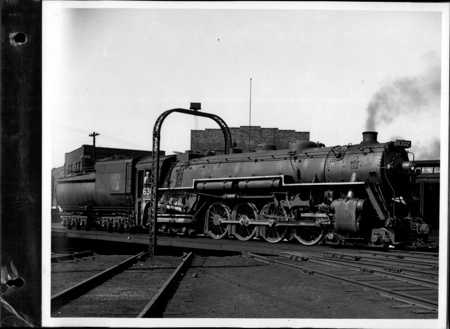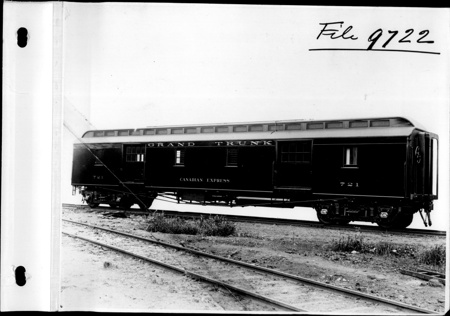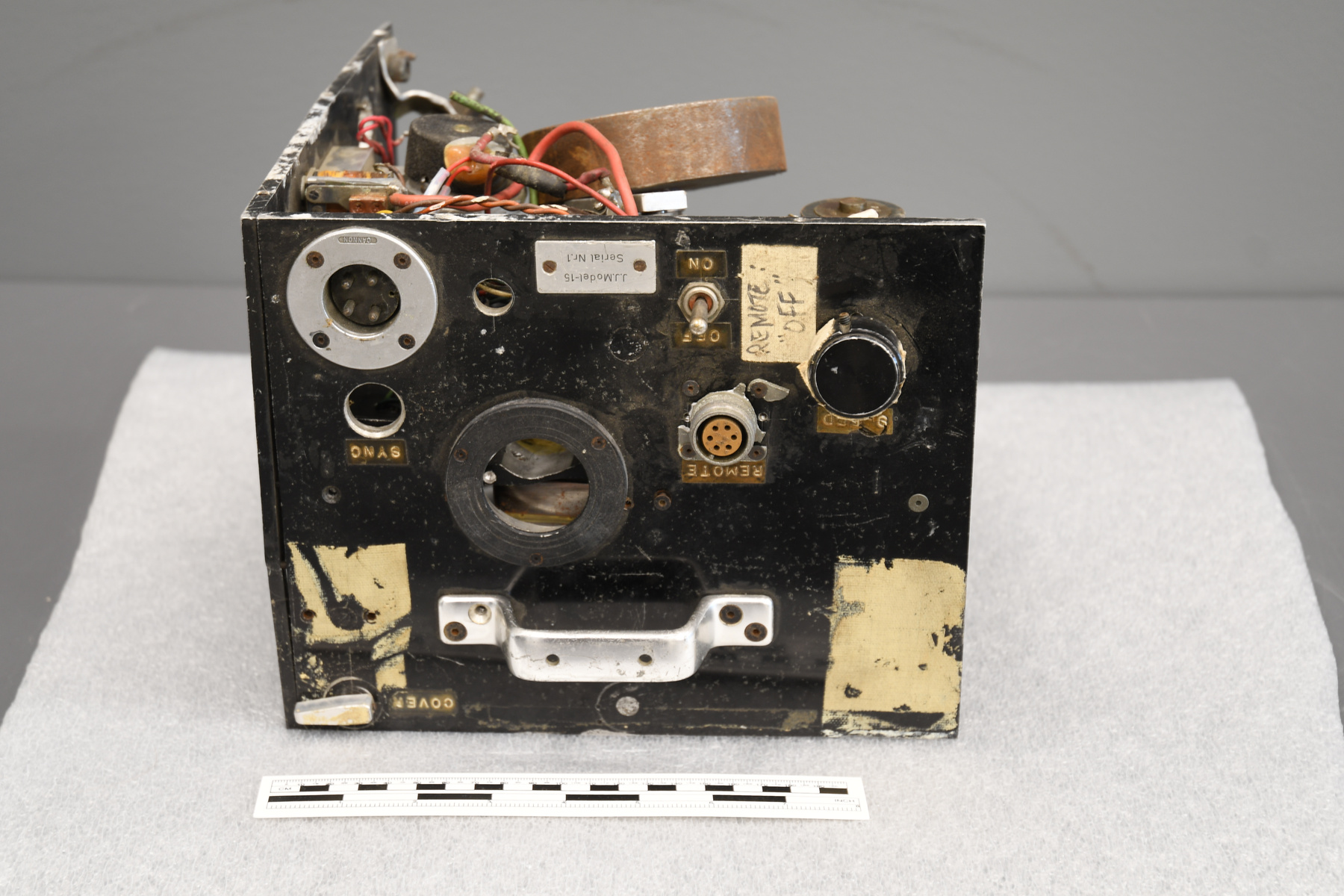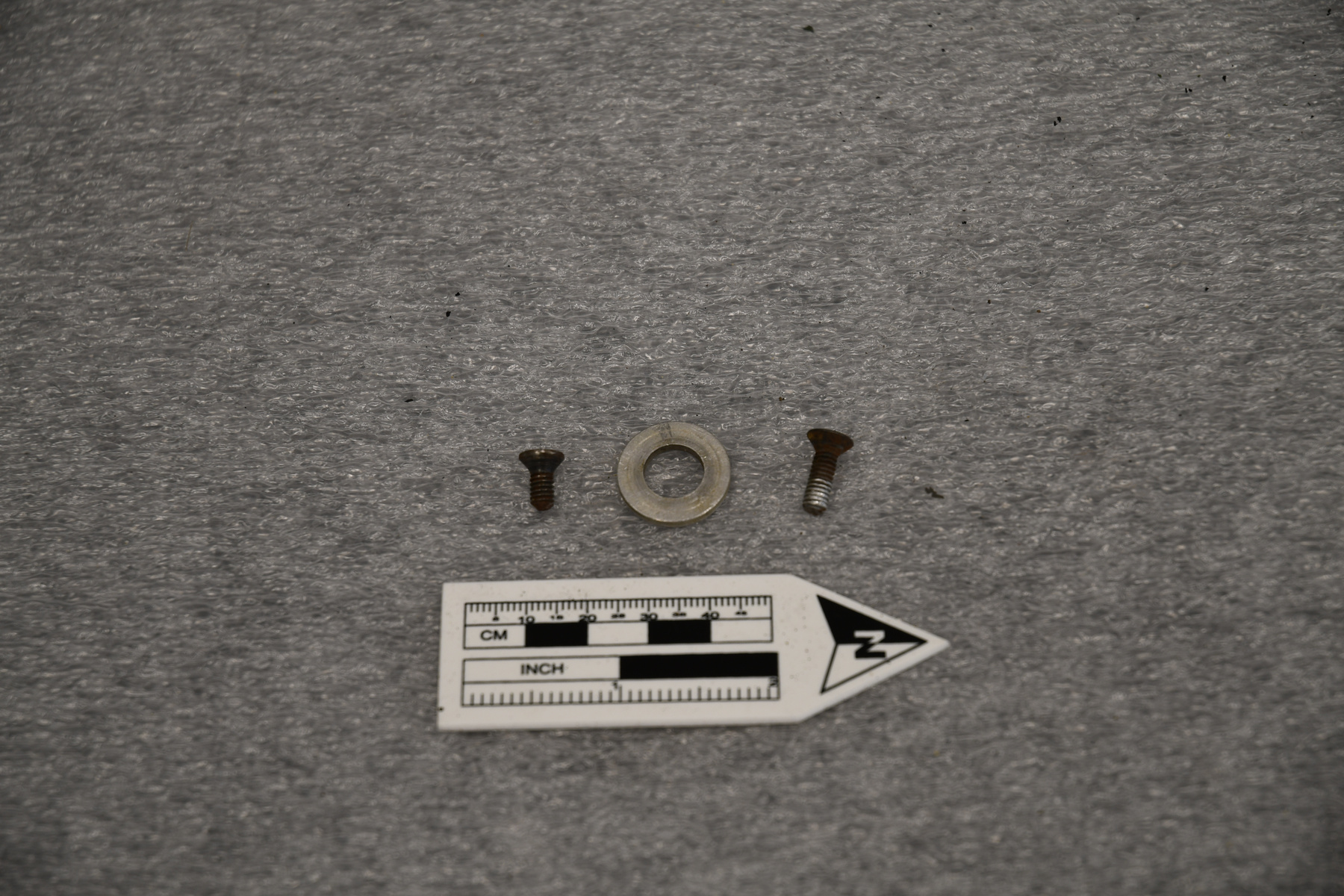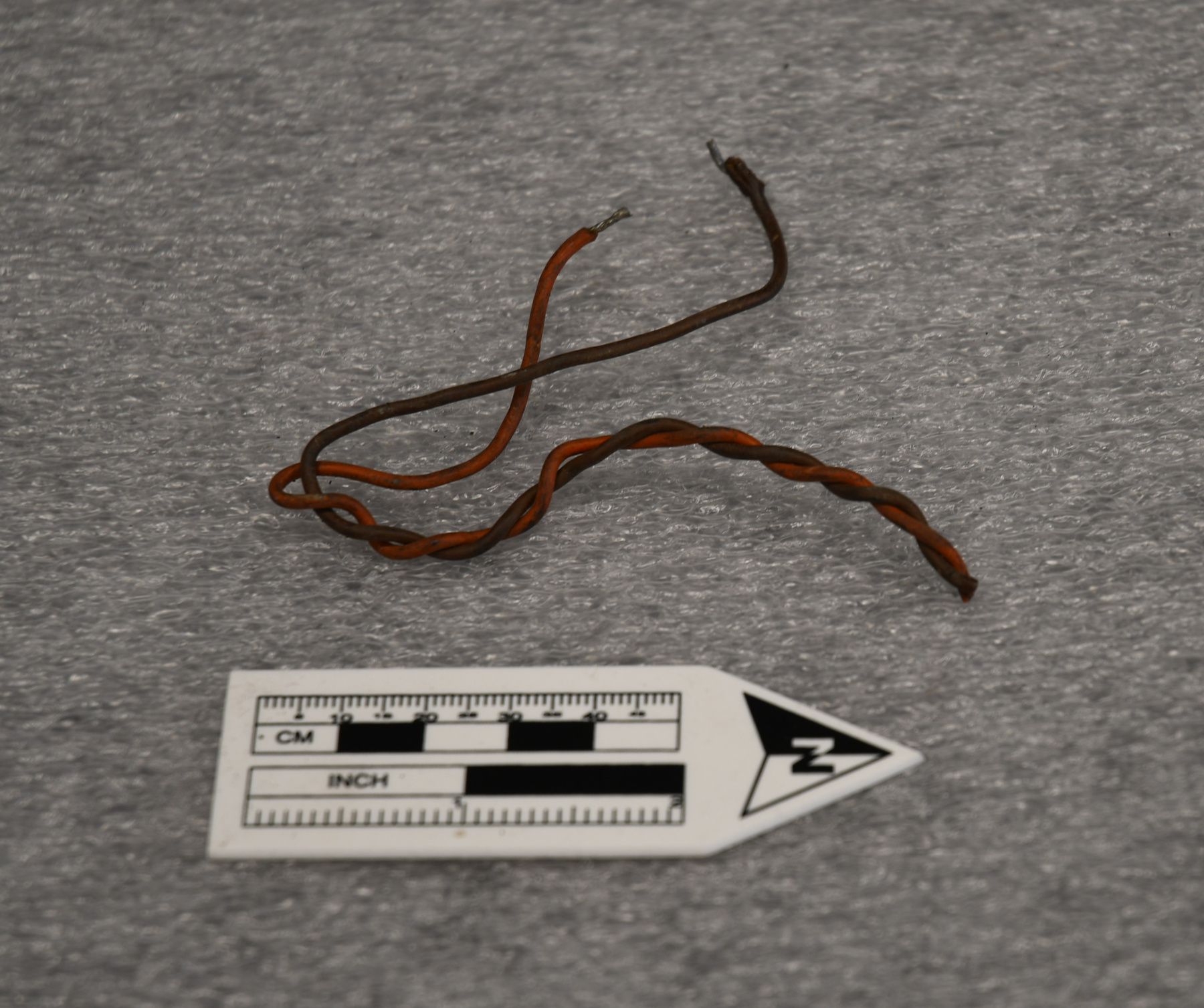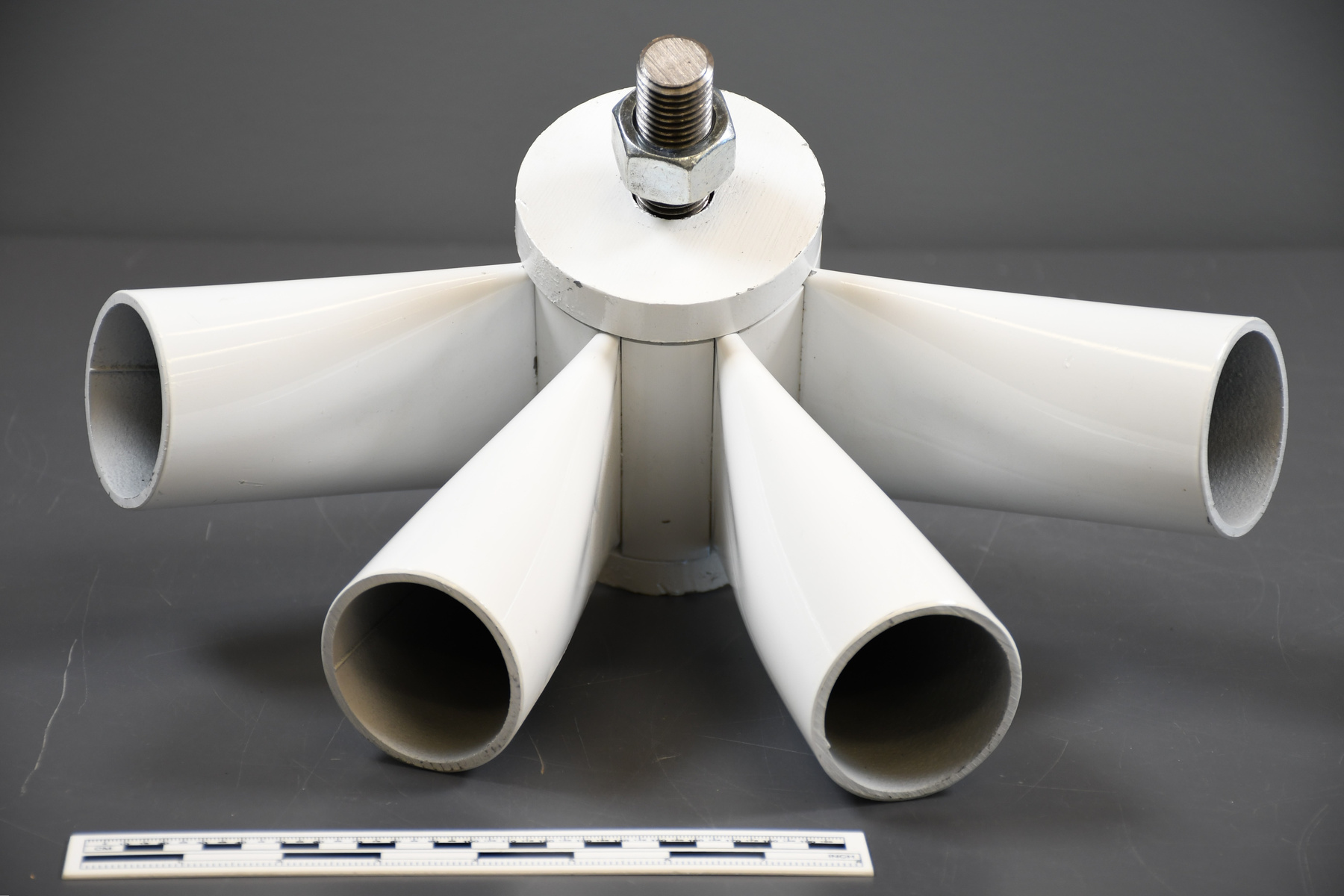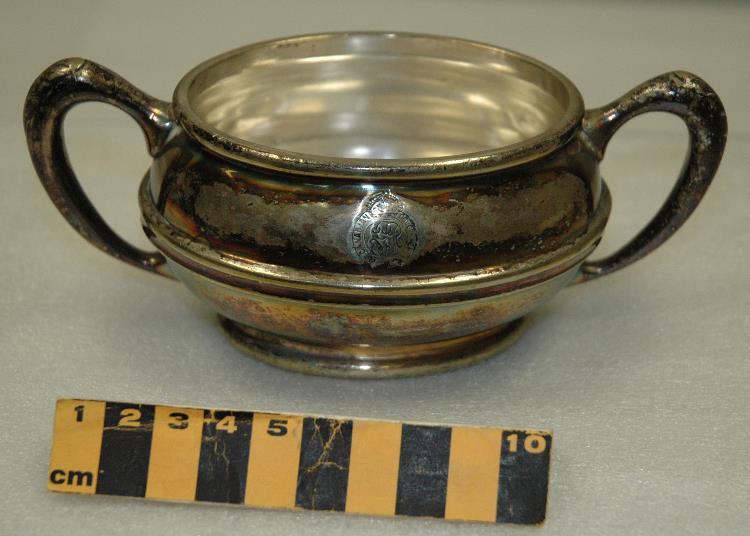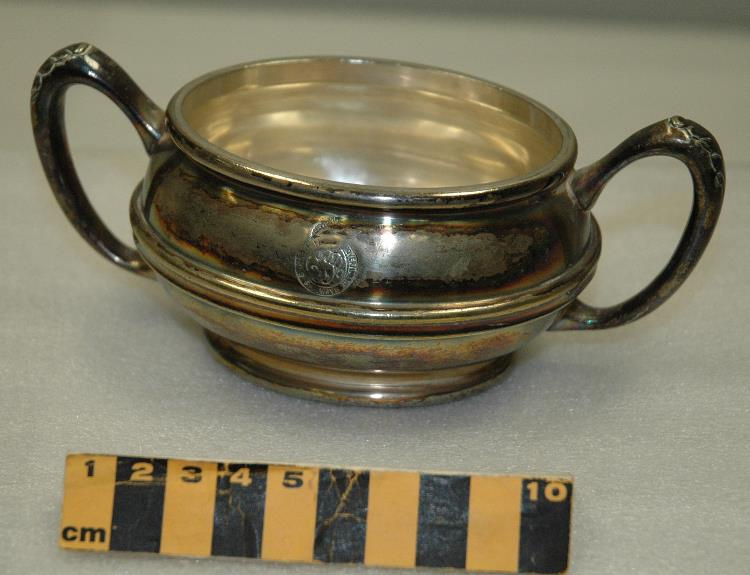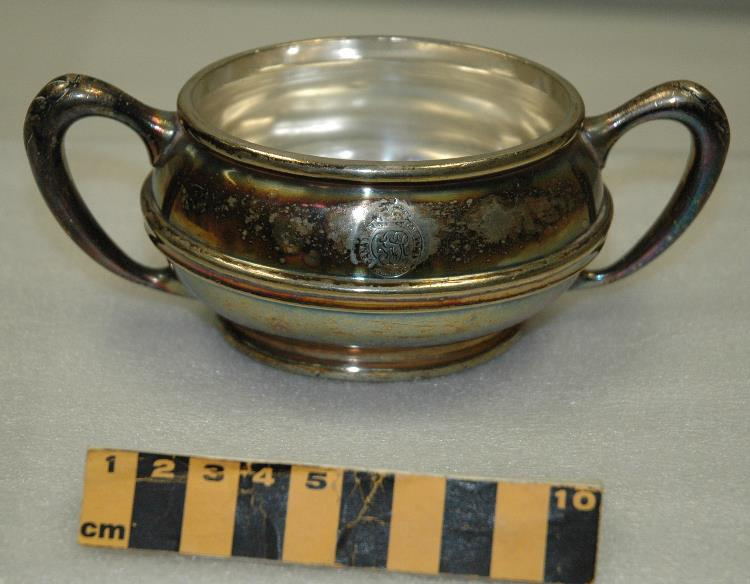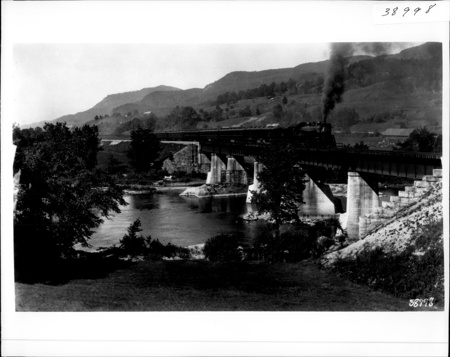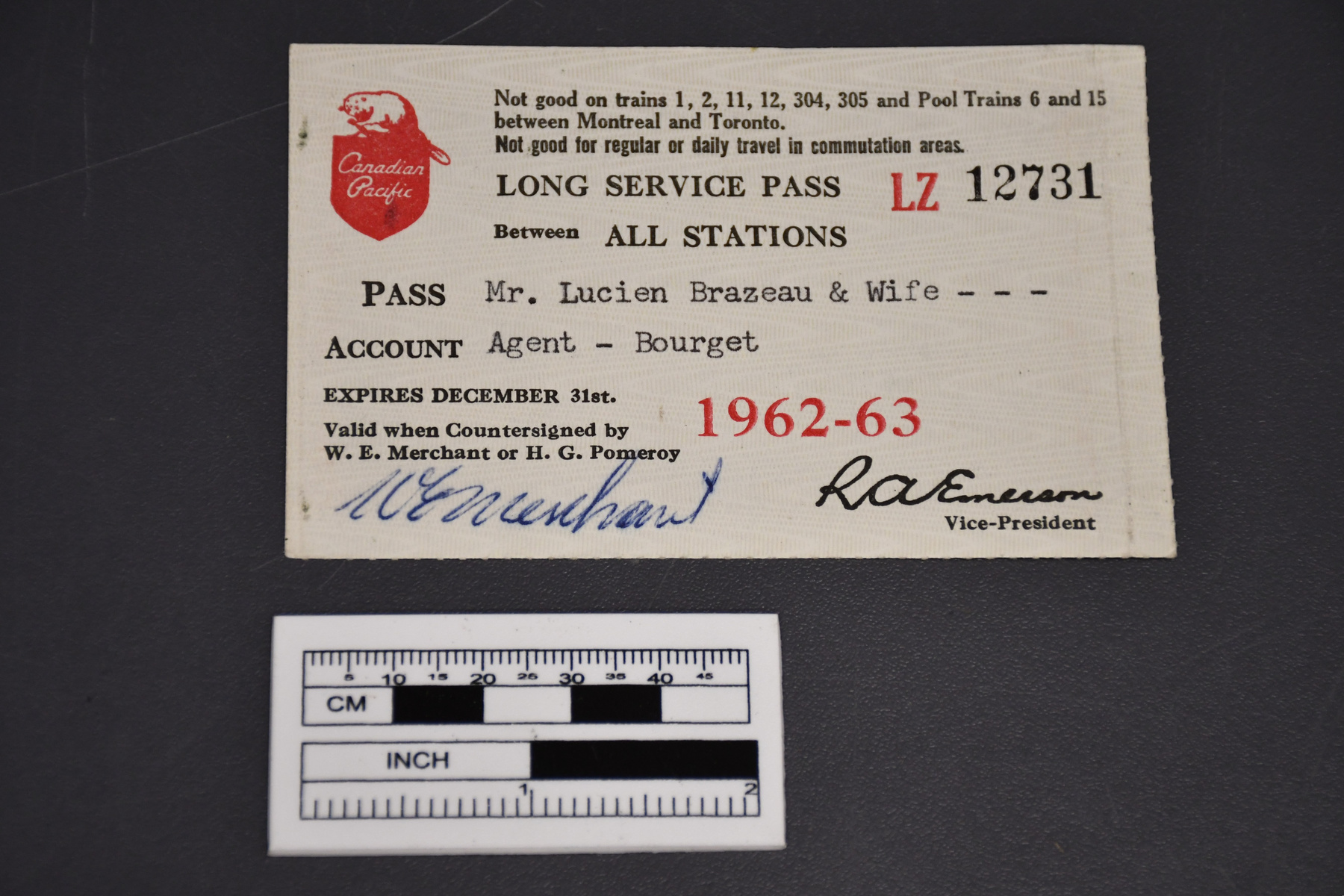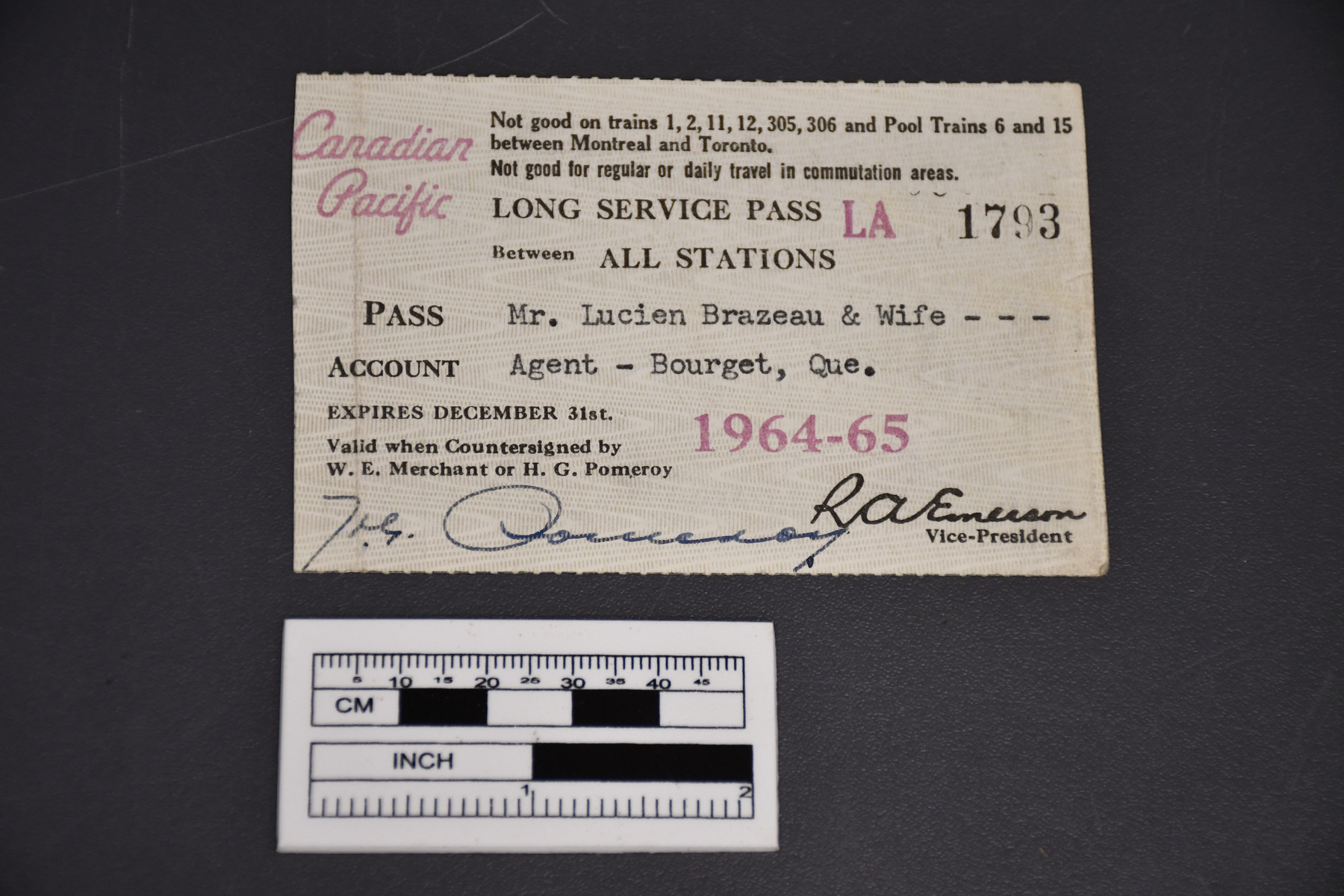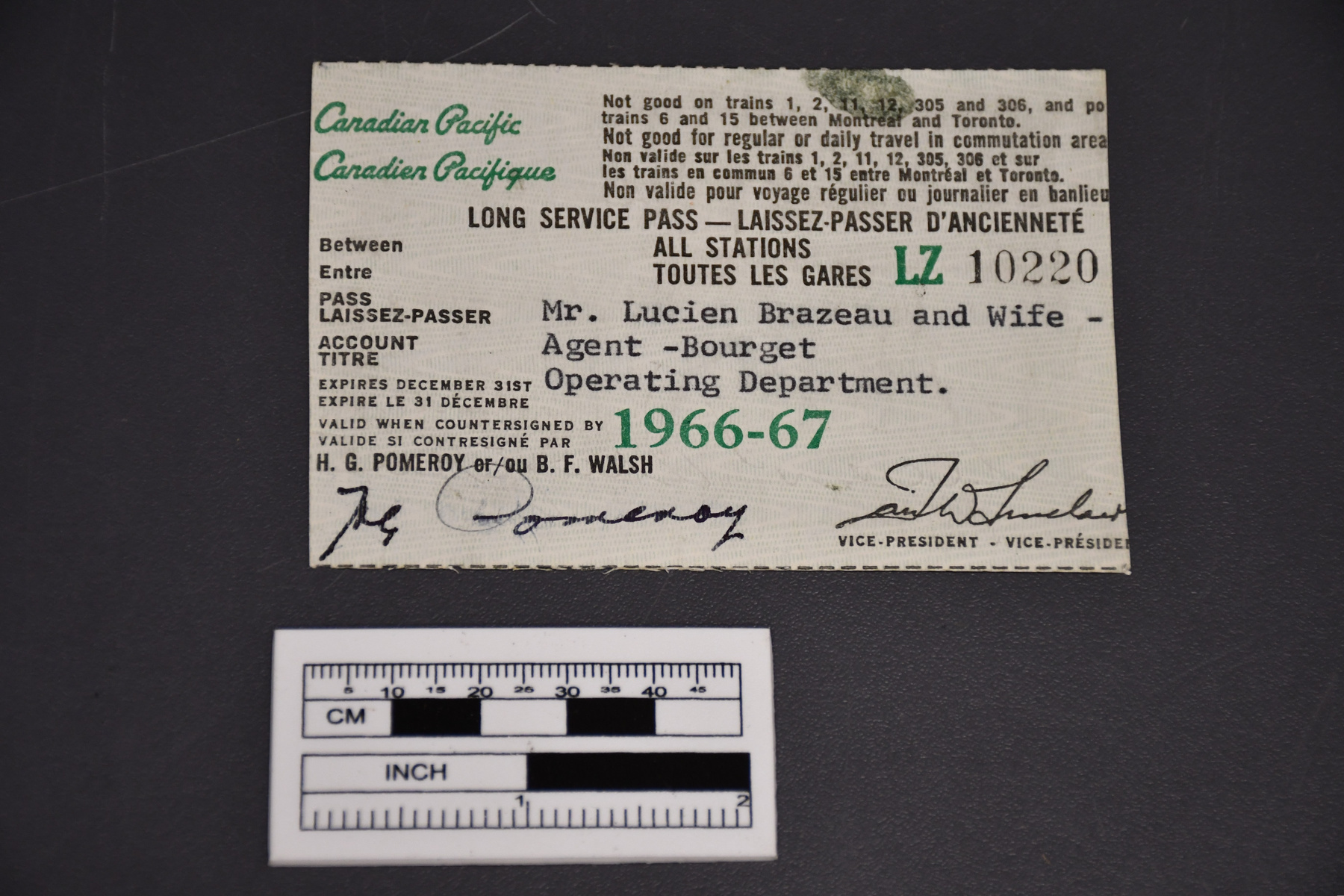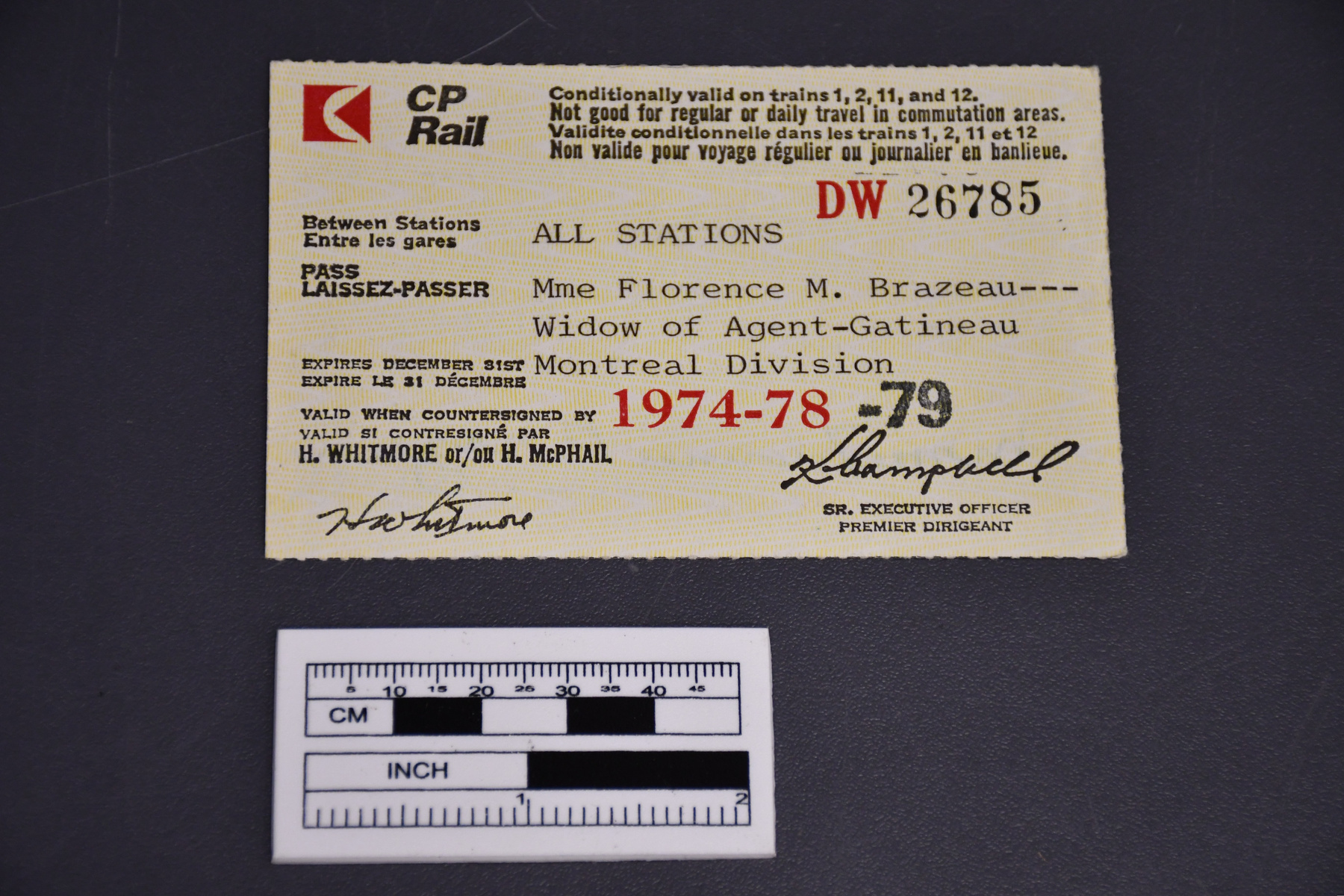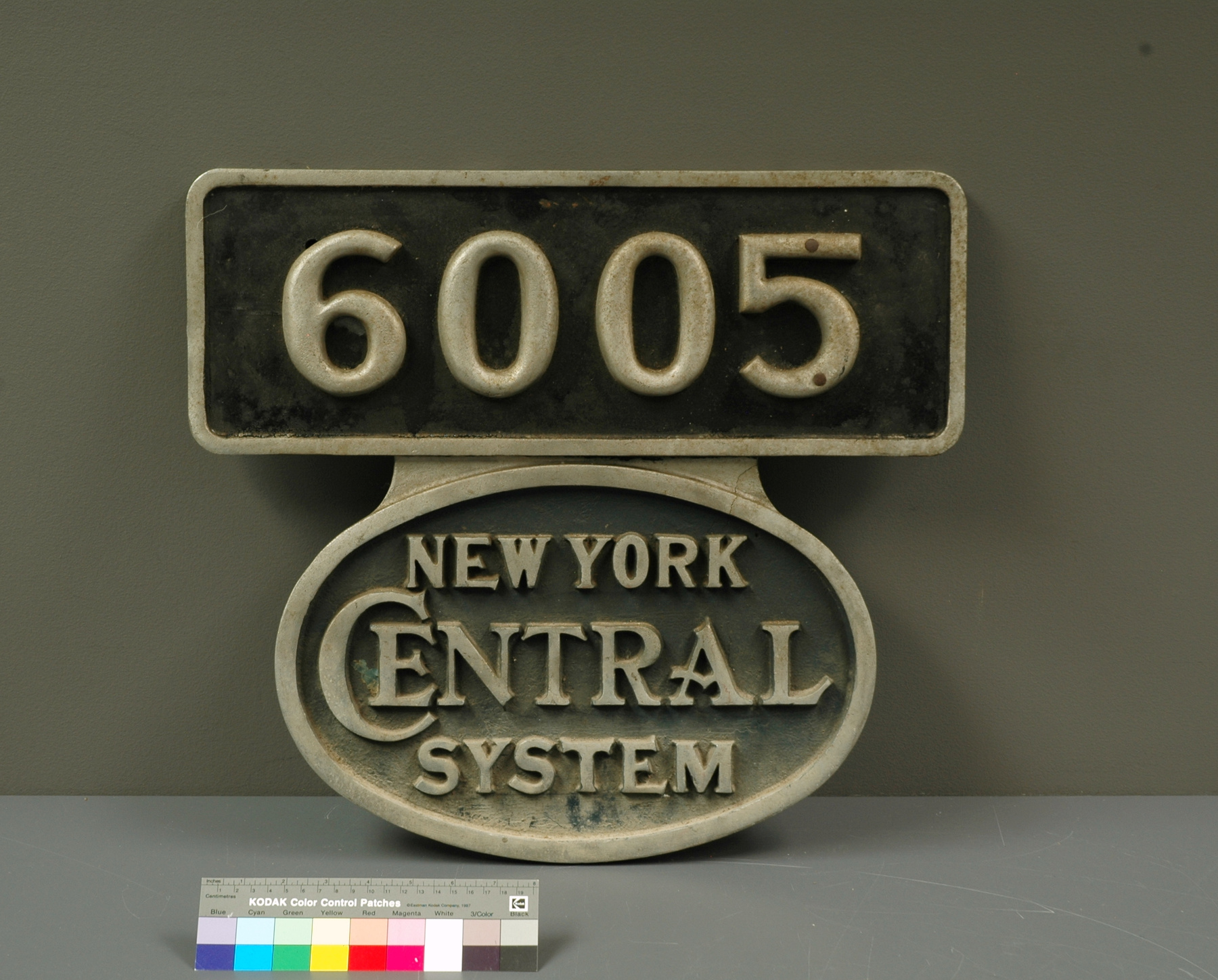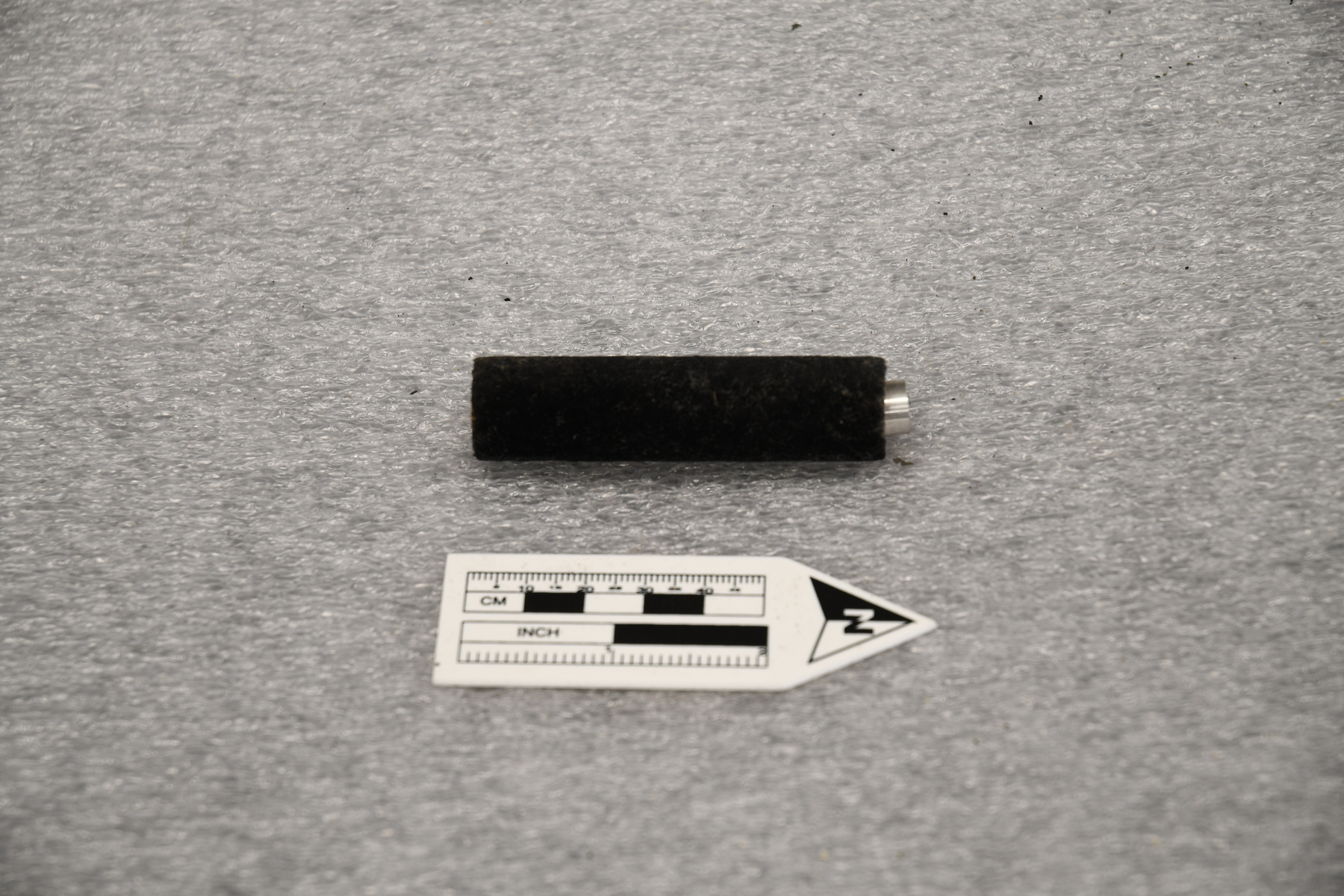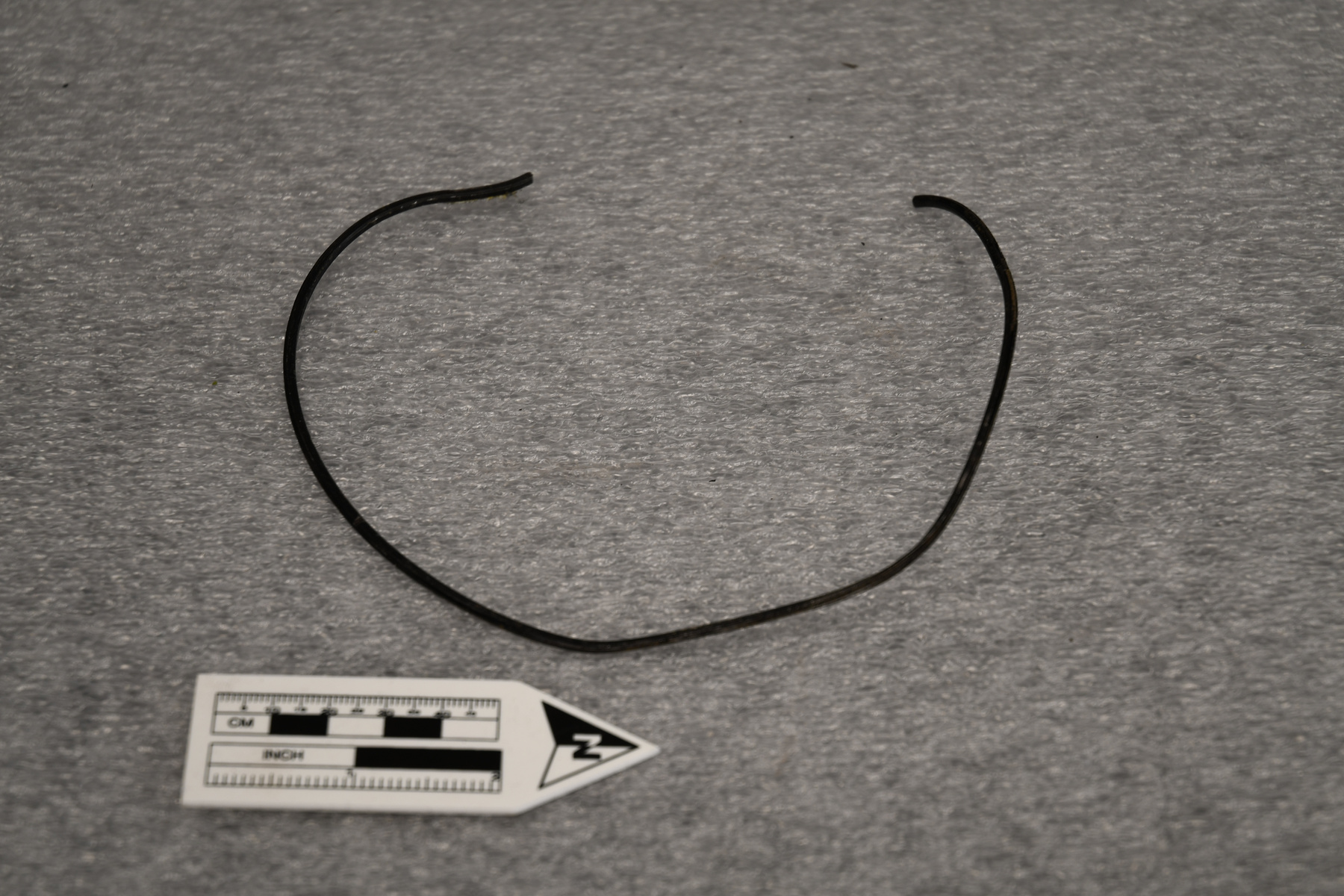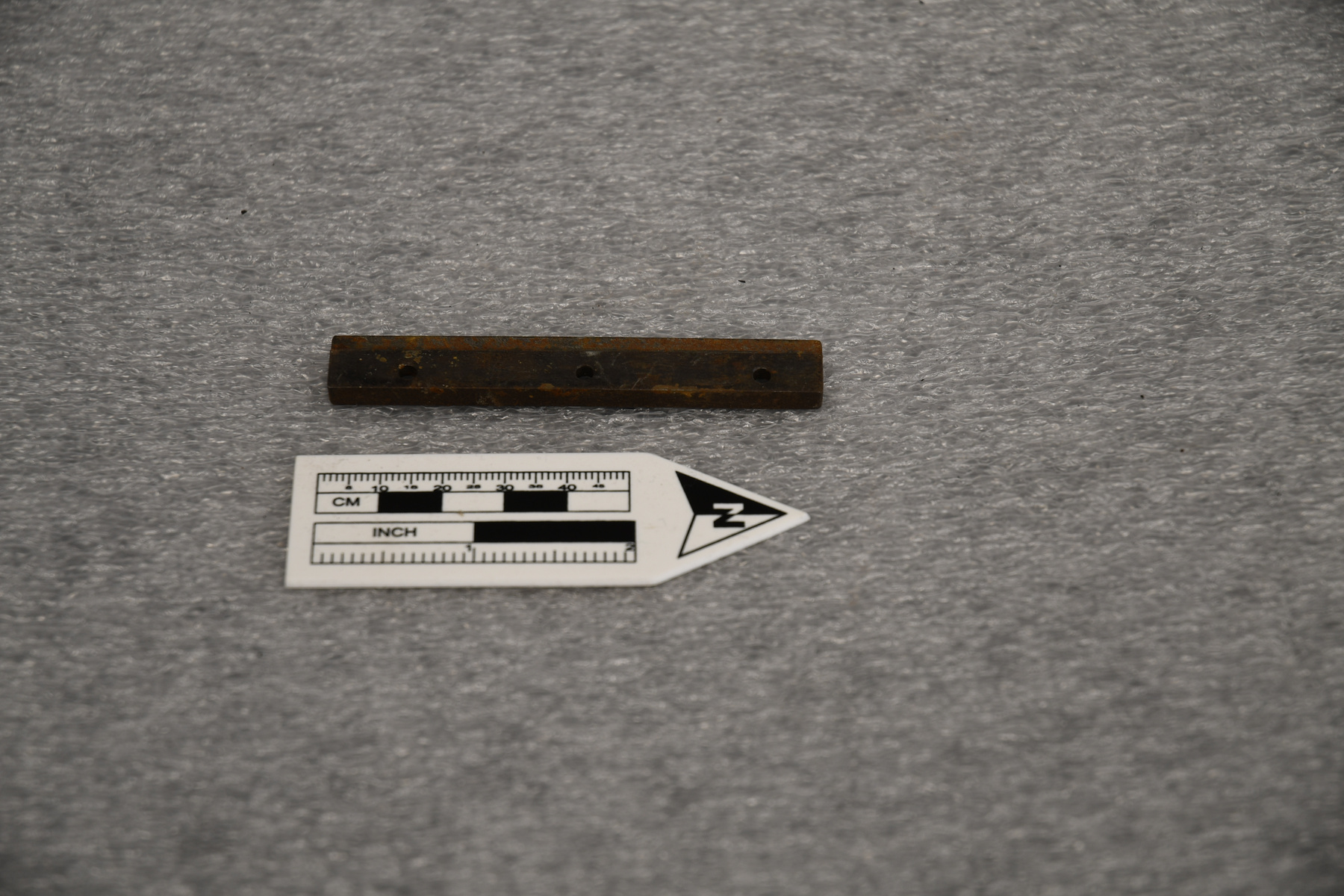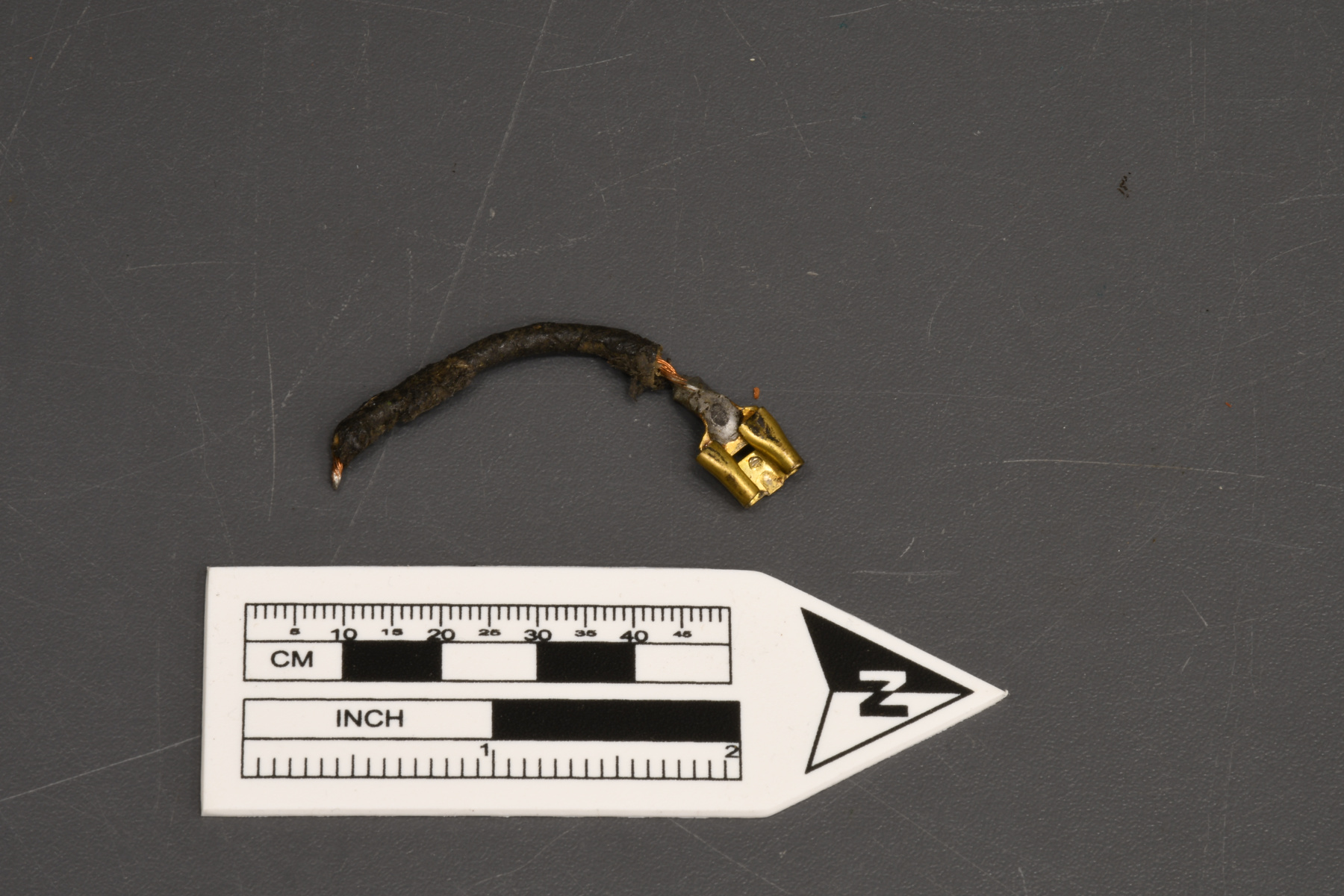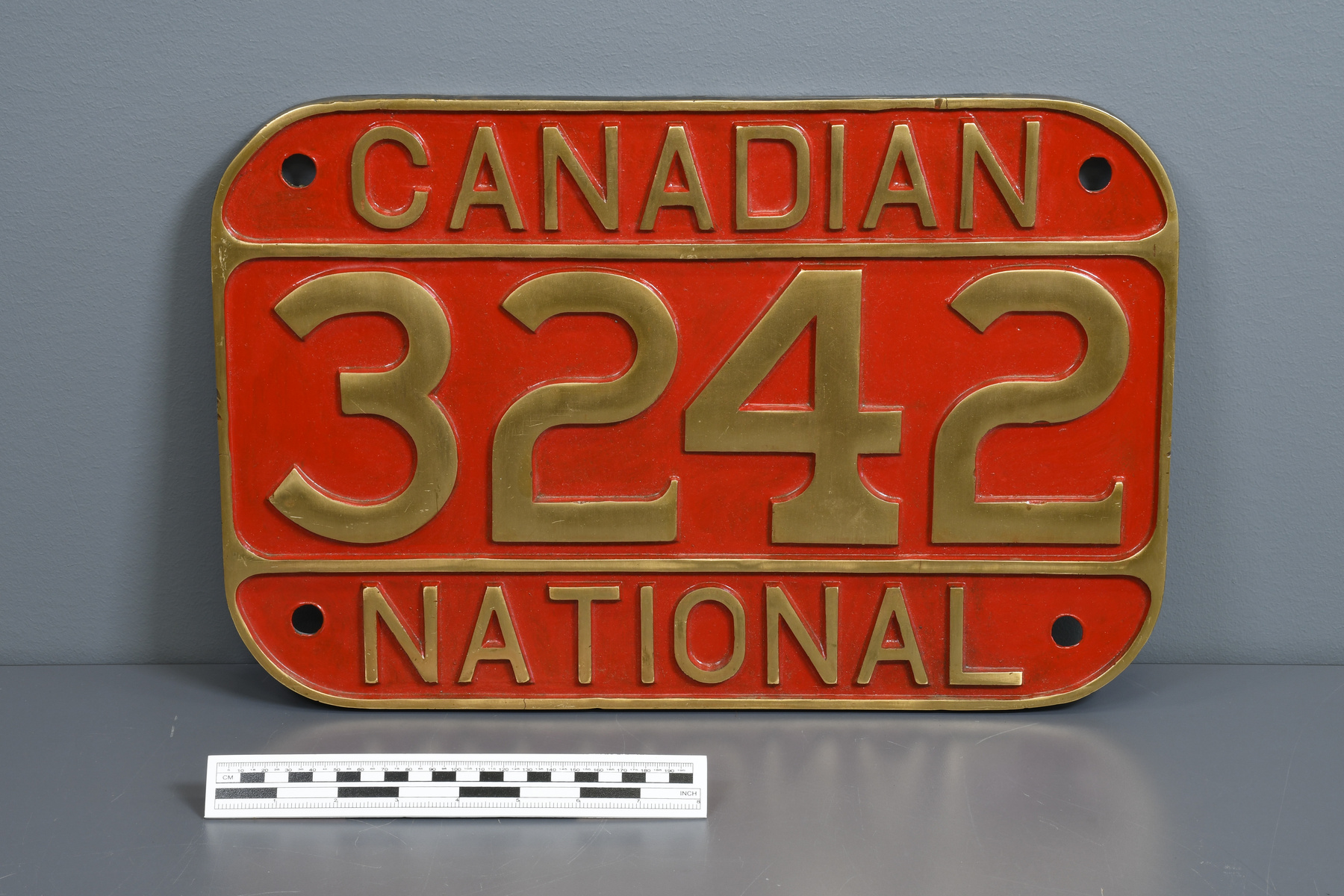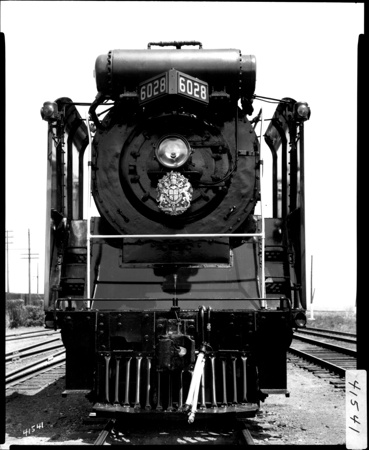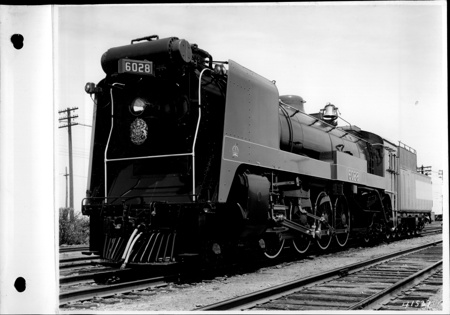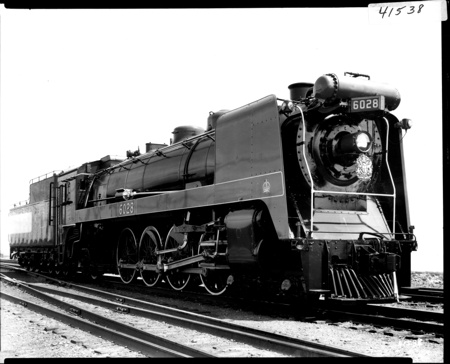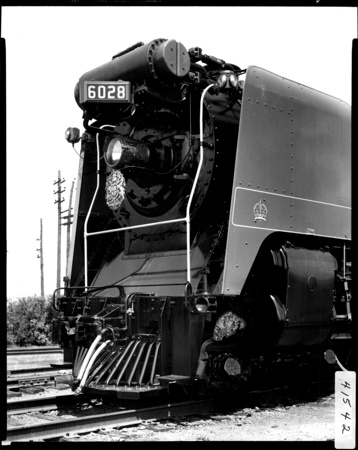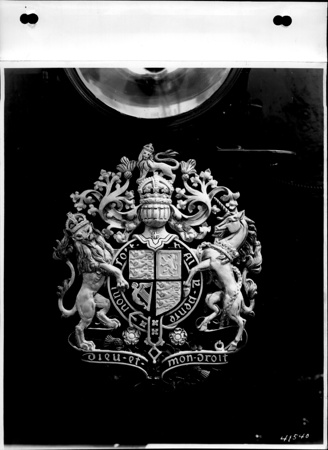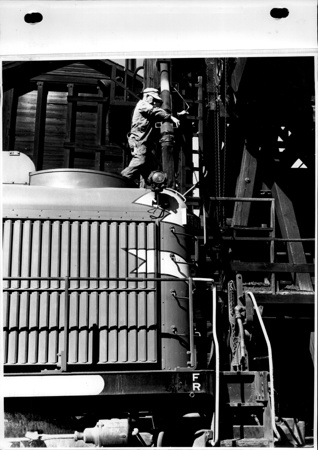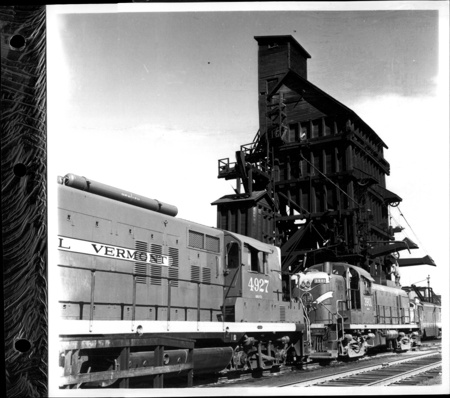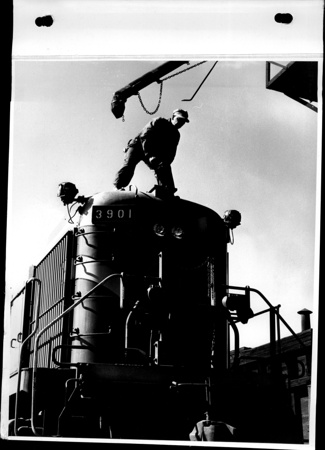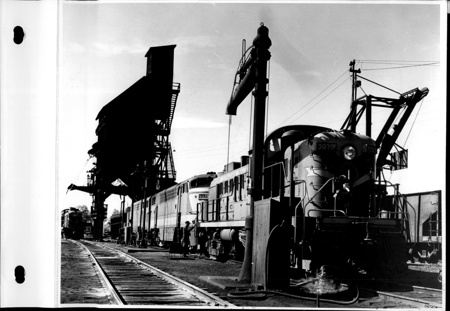Plate, equipment number
Use this image
Can I reuse this image without permission? Yes
Object images on the Ingenium Collection’s portal have the following Creative Commons license:
Copyright Ingenium / CC BY-NC-ND (Attribution-NonCommercial 4.0 International (CC BY-NC 4.0)
ATTRIBUTE THIS IMAGE
Ingenium,
2018.0179.001
Permalink:
Ingenium is releasing this image under the Creative Commons licensing framework, and encourages downloading and reuse for non-commercial purposes. Please acknowledge Ingenium and cite the artifact number.
DOWNLOAD IMAGEPURCHASE THIS IMAGE
This image is free for non-commercial use.
For commercial use, please consult our Reproduction Fees and contact us to purchase the image.
- OBJECT TYPE
- LOCOMOTIVE/2-8-2
- DATE
- 1916–1961
- ARTIFACT NUMBER
- 2018.0179.001
- MANUFACTURER
- Canadian Locomotive Co. Ltd.
- MODEL
- CN 3242
- LOCATION
- Kingston, Ontario, Canada
More Information
General Information
- Serial #
- N/A
- Part Number
- 1
- Total Parts
- 1
- AKA
- N/A
- Patents
- N/A
- General Description
- Non-ferrous metal number plate Plaque de numéro en métal non-ferreux.
Dimensions
Note: These reflect the general size for storage and are not necessarily representative of the object's true dimensions.
- Length
- 41.7 cm
- Width
- 27.4 cm
- Height
- 1.8 cm
- Thickness
- N/A
- Weight
- N/A
- Diameter
- N/A
- Volume
- N/A
Lexicon
- Group
- Railway Transportation
- Category
- Miscellaneous
- Sub-Category
- N/A
Manufacturer
- AKA
- CLC
- Country
- Canada
- State/Province
- Ontario
- City
- Kingston
Context
- Country
- Canada
- State/Province
- Unknown
- Period
- Unknown Inconnu
- Canada
-
The federal government created Canadian National Railways to take control of and manage several struggling or failed railway enterprises across Canada between about 1916 and 1923. With those railways, CN inherited many hundreds of steam locomotives that used four different numbering systems for identification. The company had to implement a new, system-wide numbering scheme that would work for both the inherited locomotives and any new motive power they commissioned or built. The plates being offered are examples of the CN road number system implemented in the years after the First World War. The first – 2375 – was the road number assigned to an N-3-d locomotive (2-8-0) originally built for Canadian Government Railways (CGR) in 1916. The second –3242 – was an S-1-a locomotive (2-8-2) also built for CGR in 1916-17. Le gouvernement fédéral canadien a créé la Compagnie des chemins de fers nationaux du Canada pour prendre contrôle et gérer les compagnies de chemins de fers infructueux à travers le Canada entre les années 1916 et 1923. Avec ces chemins de fers, la Compagnie a hérité plusieurs centaines de locomotives à vapeurs qui utilisait quatre systèmes de numérisation pour les identifier. La Compagnie a dû implémenter un nouveau système de numérisation qui fonctionnerait pour les locomotives hérités, ainsi que les nouvelles locomotives construites. Ces plaques sont des exemples des numéros de routes introduite par la Compagnie des chemins de fers nationaux du Canada dans les années après la Première Guerre mondiale. La plaque 2375 était un numéro de route assignée a une locomotive N-3-d (2-8-0) bâti originalement pour le Canadian Government Railways en 1916. La plaque 3242 était une locomotive S-1-a (2-8-2) aussi bâti pour le CGR en 1916-17. - Function
-
When affixed to a locomotive, used to identify that particular locomotive for CN operations and maintenance staff. Lorsque apposé sur une locomotive, la plaque est utilisé pour identifier cette locomotive pour les opérations CN et ces employés. - Technical
-
Locomotive numbering systems are a critical part of railway operations, even today. Workers in many parts of the organization need to be able to identify locomotives in order to assign them to the correct task, with the appropriate crew, and keep track of their status and location. Steam locomotives needed regular and often major maintenance and repairs so railways operated very large numbers of locomotives in order to ensure that they had enough motive power available at all times. A system-wide and coherent method of numbering helped them to manage and deploy these vehicles as efficiently as possible. Même aujourd'hui, les systèmes de numérisations de locomatives jouent un rôle très important dans les opérations ferroviaires. Plusieurs travailleurs à travers l'organisation se fie sur les plaques pour être capable d'identifier les locomotives pour les assigners la bonne tâche, avec le bon équipage et pour garder compte de leur statut et leur emplacement. Les locomotives à vapeurs avait besoin d'être entretenu régulièrement, donc les compagnies ferroviaires opérait un grand nombre de locomotives pour s'assurer qu'il y avait assez de force motrice à tous temps. Un système cohérent de numérisation facilitait la gestion des locomotives et leurs efficacités. - Area Notes
-
Unknown
Details
- Markings
- In raised text on the proper front: "CANADIAN/ 3242/ NATIONAL"
- Missing
- Appears complete
- Finish
- The plate has a red-painted background, raised brass-coloured letters and numbers, and a black proper back. La plaque a un arrière-plan peinturé rouge, des lettres et numéros en couleur de laiton élévé et un derrière en noir.
- Decoration
- N/A
CITE THIS OBJECT
If you choose to share our information about this collection object, please cite:
Canadian Locomotive Co. Ltd., Plate, equipment number, between 1916–1961, Artifact no. 2018.0179, Ingenium – Canada’s Museums of Science and Innovation, http://collection.ingeniumcanada.org/en/id/2018.0179.001/
FEEDBACK
Submit a question or comment about this artifact.
More Like This
